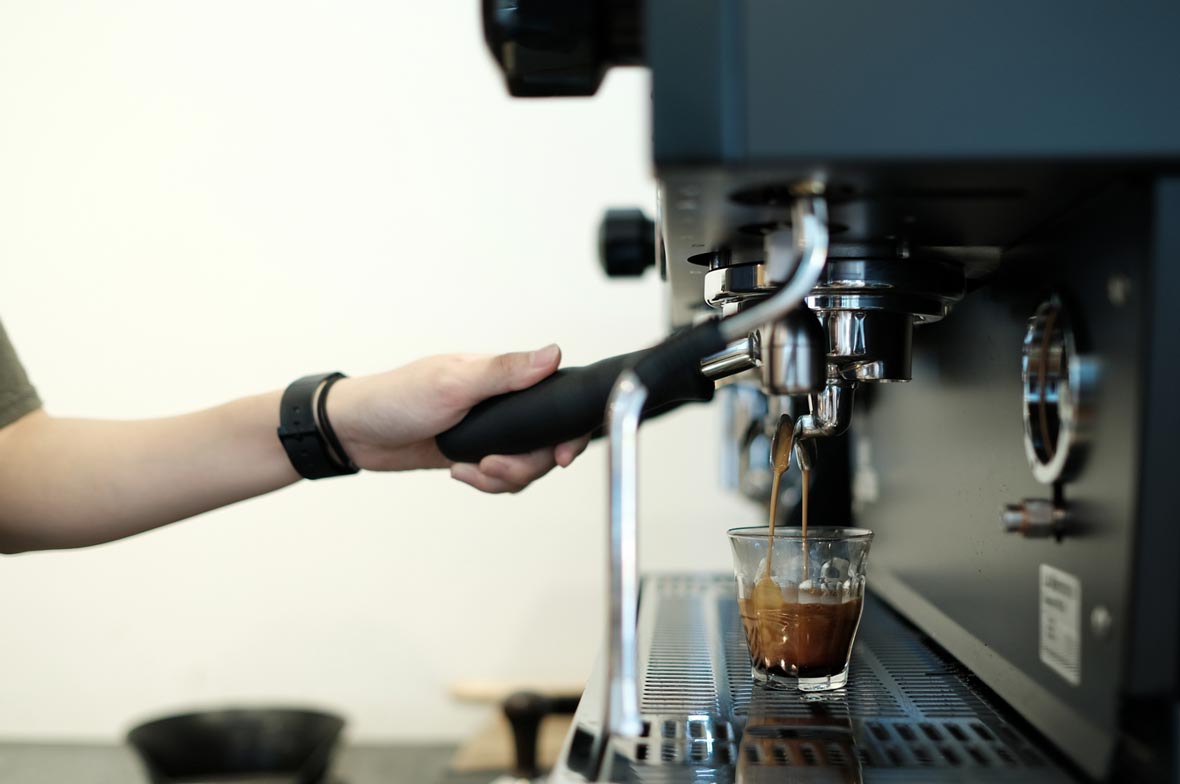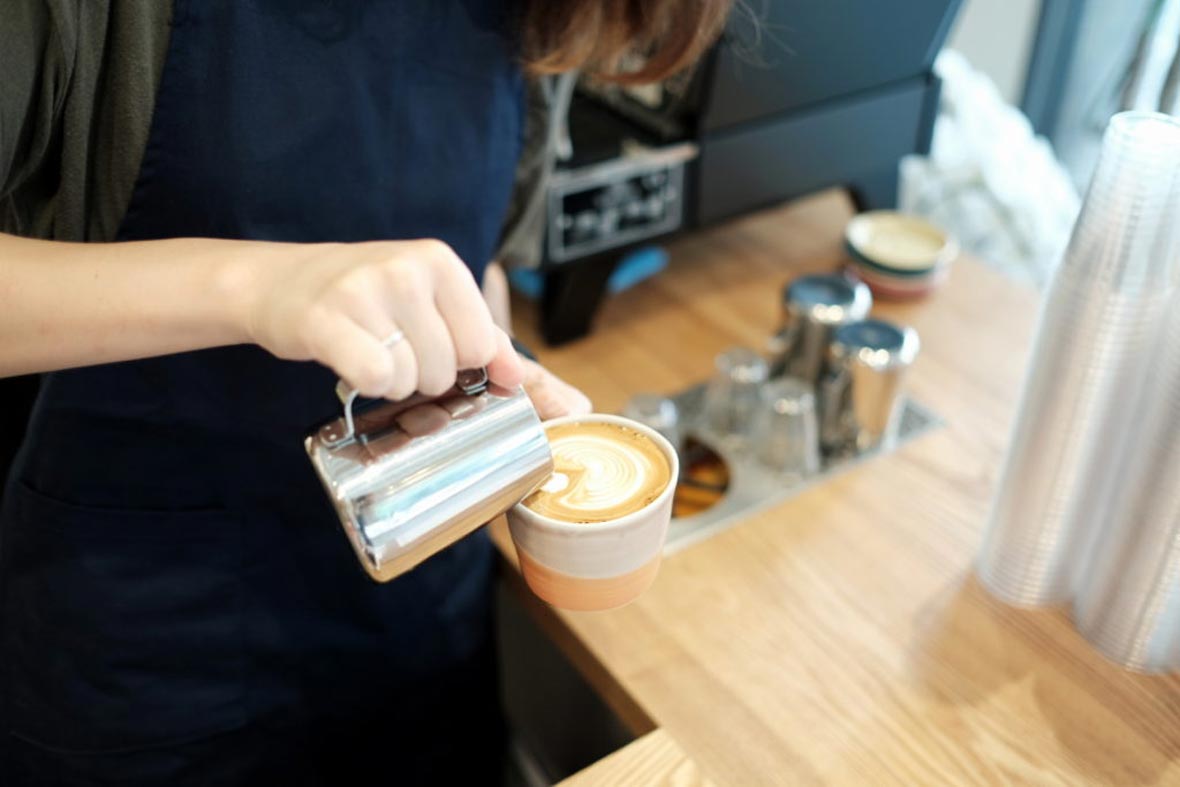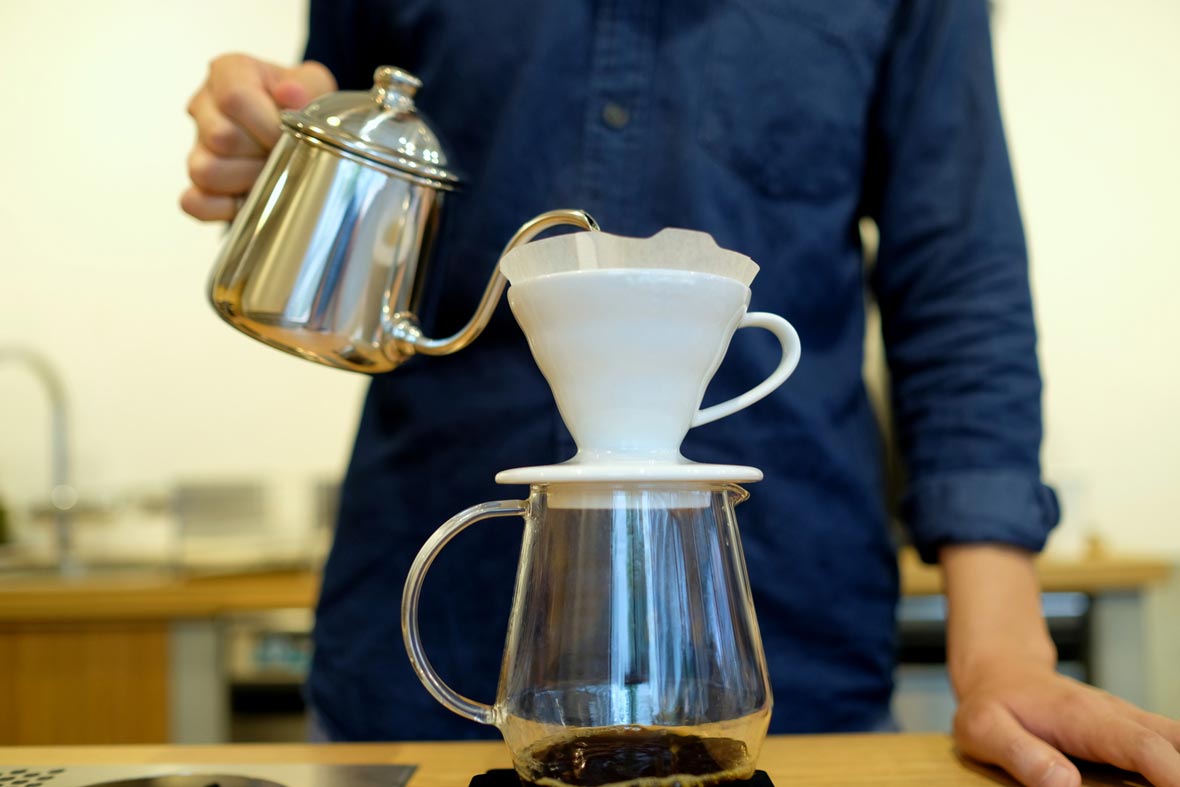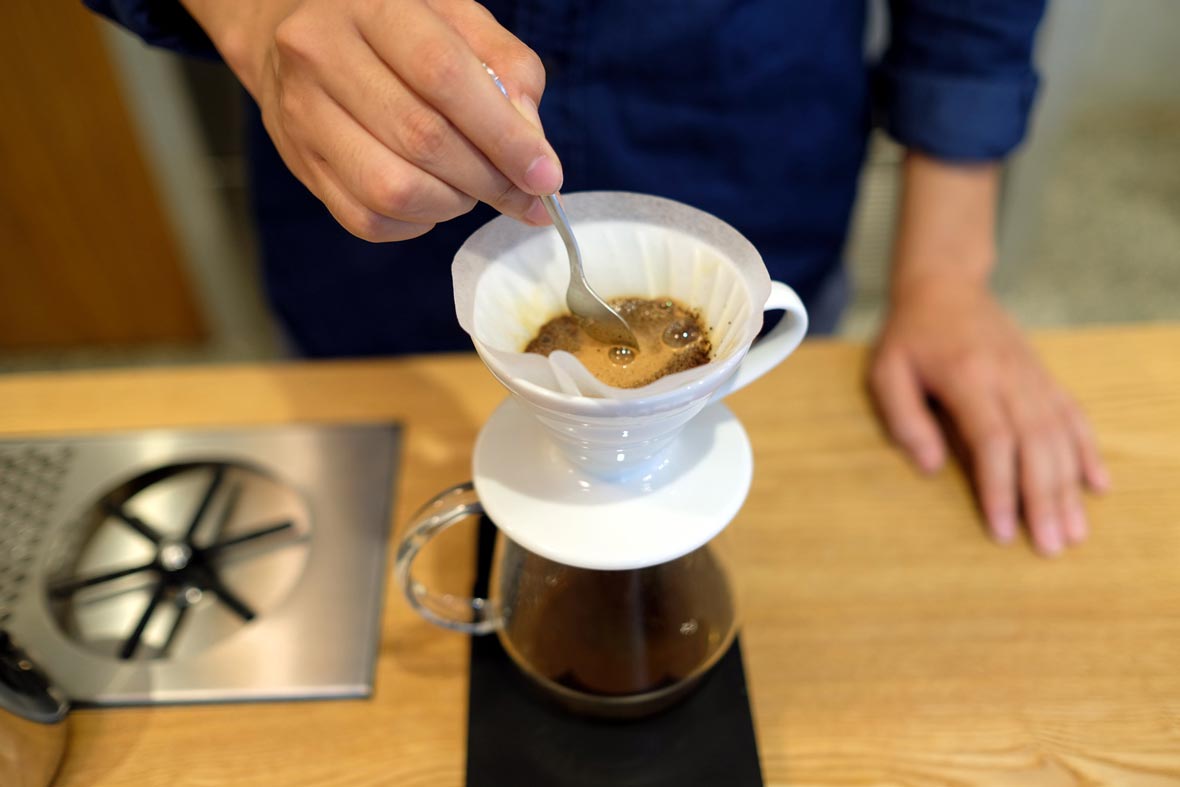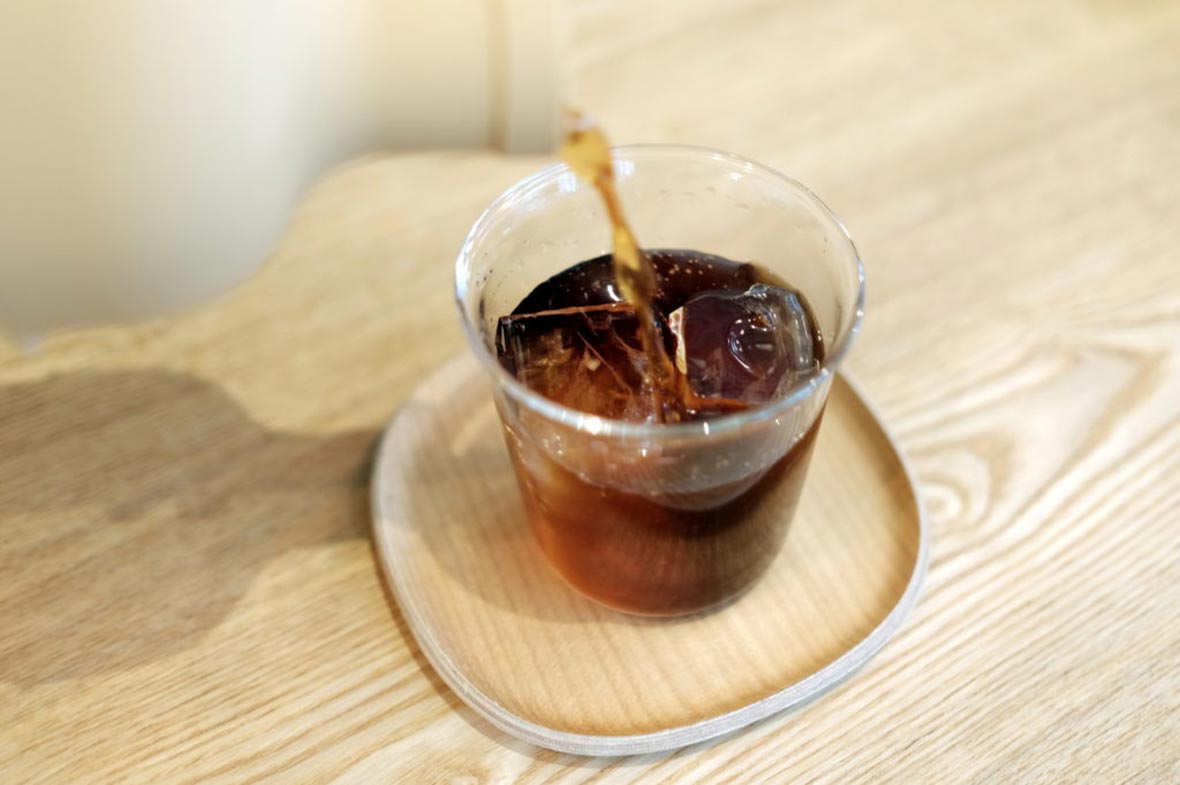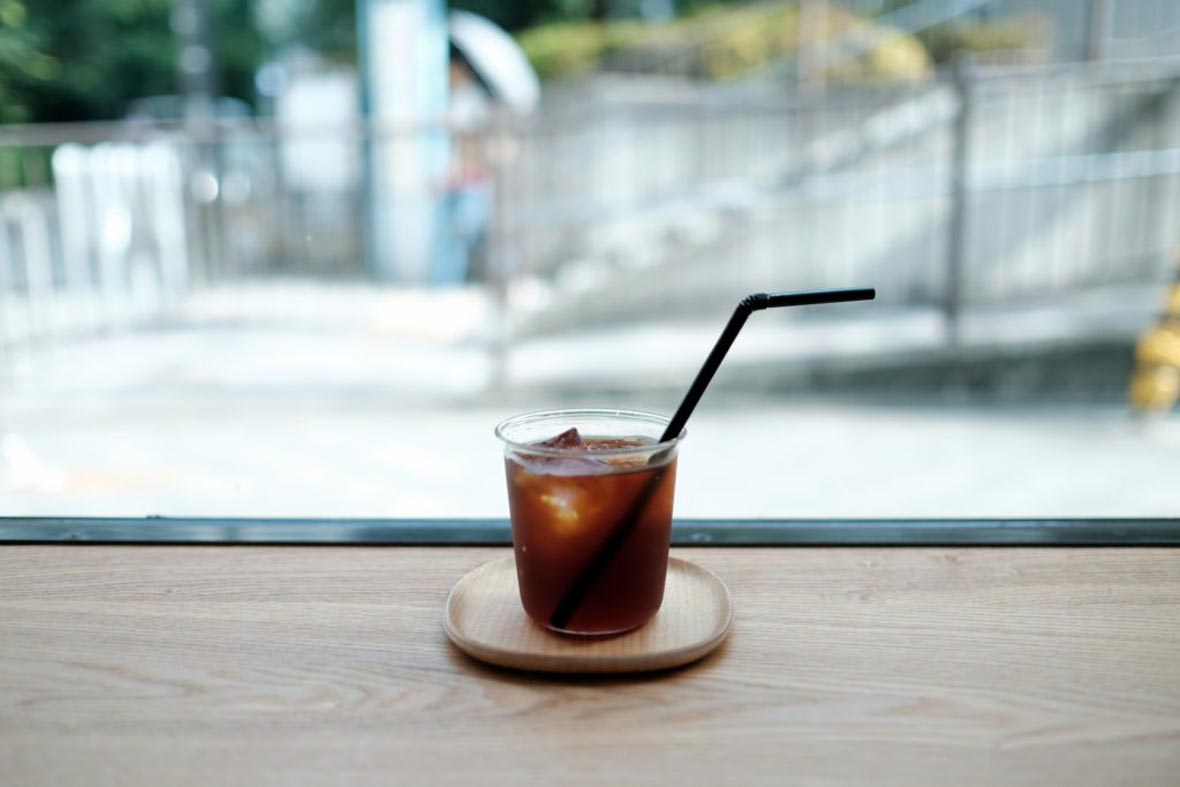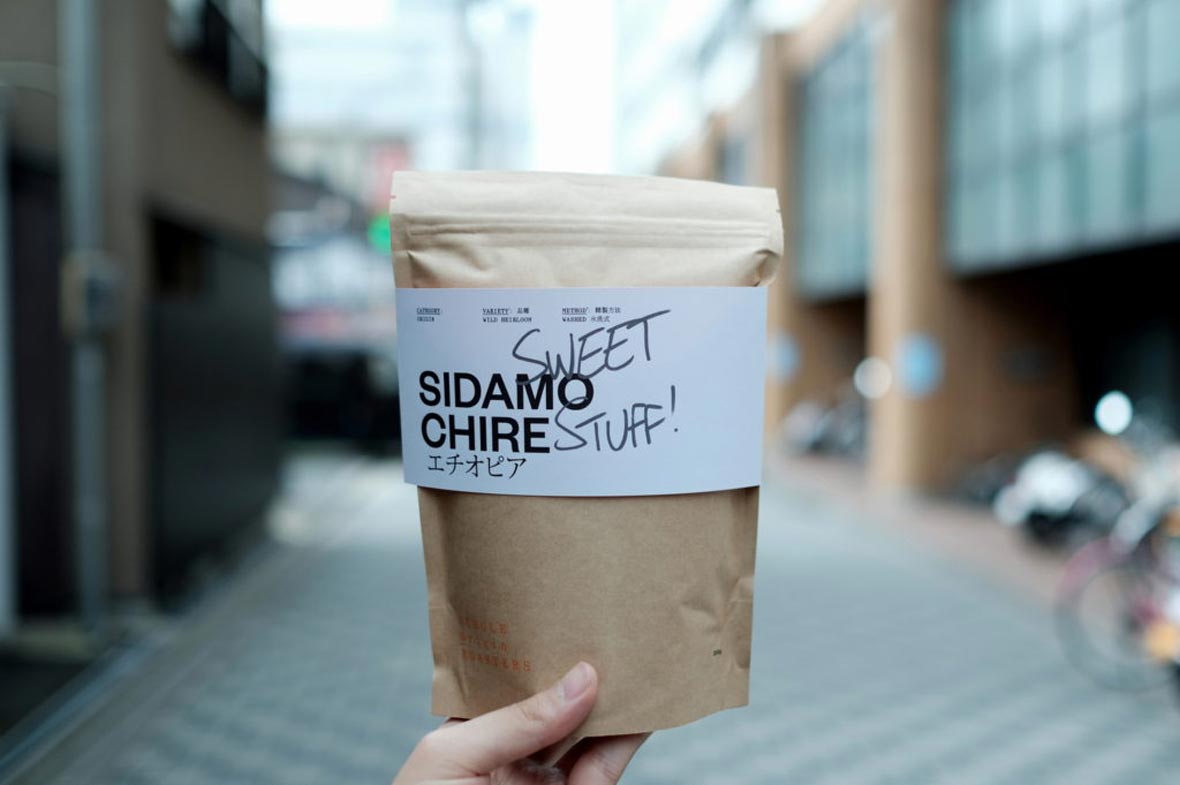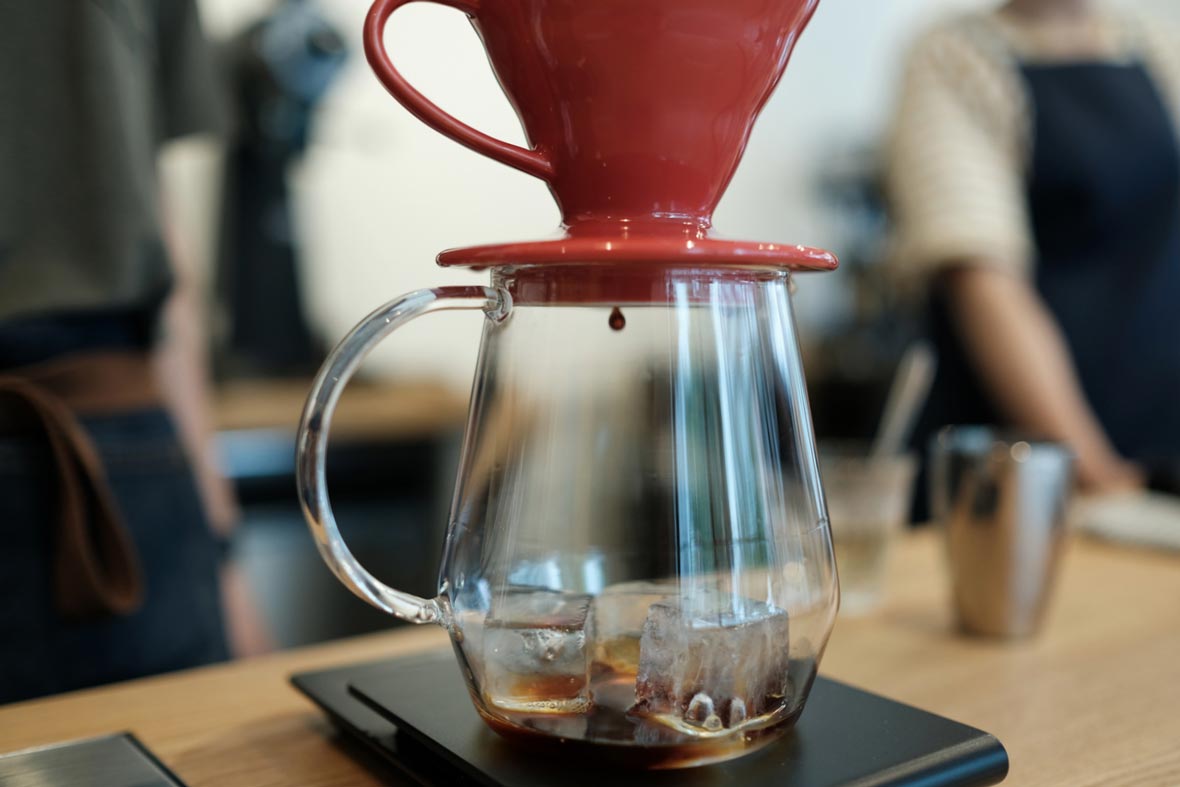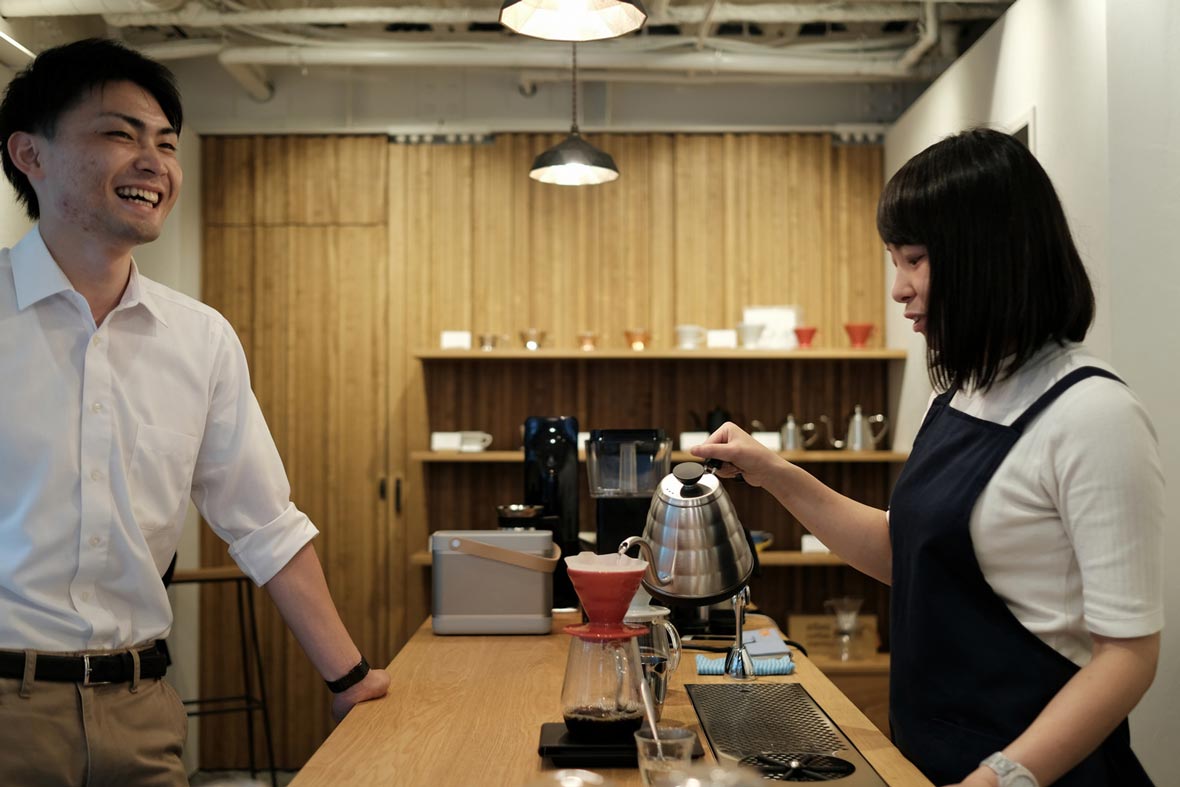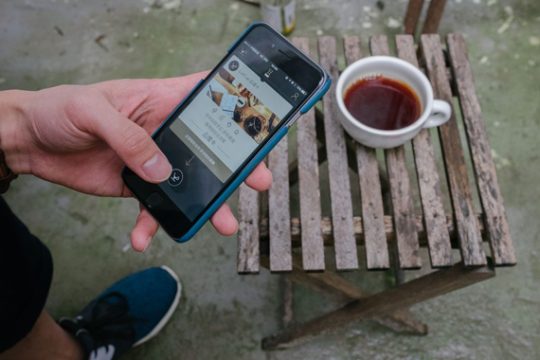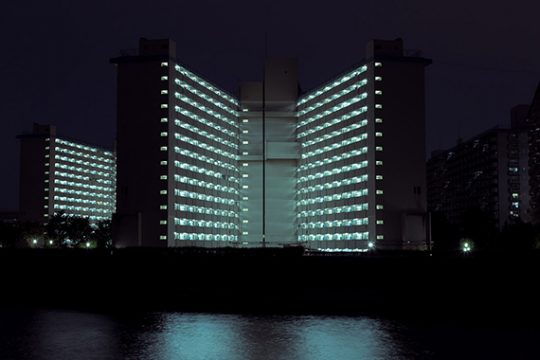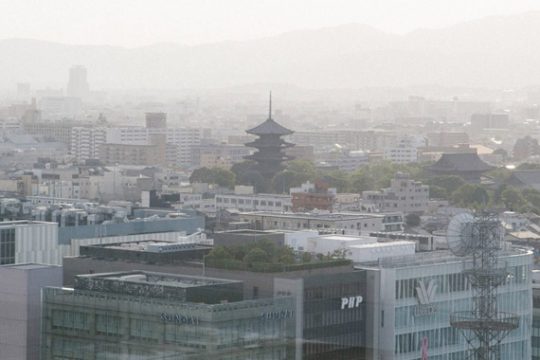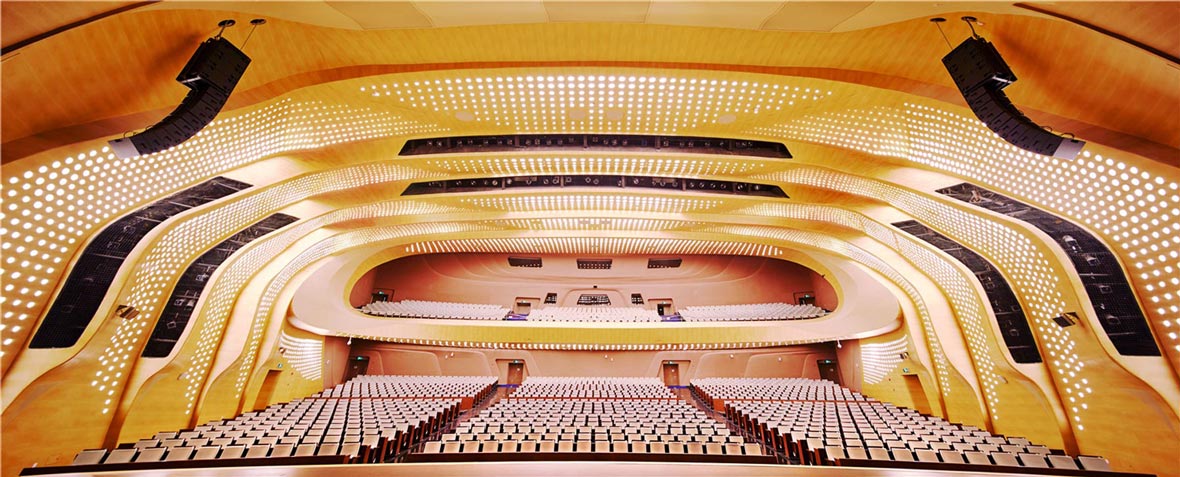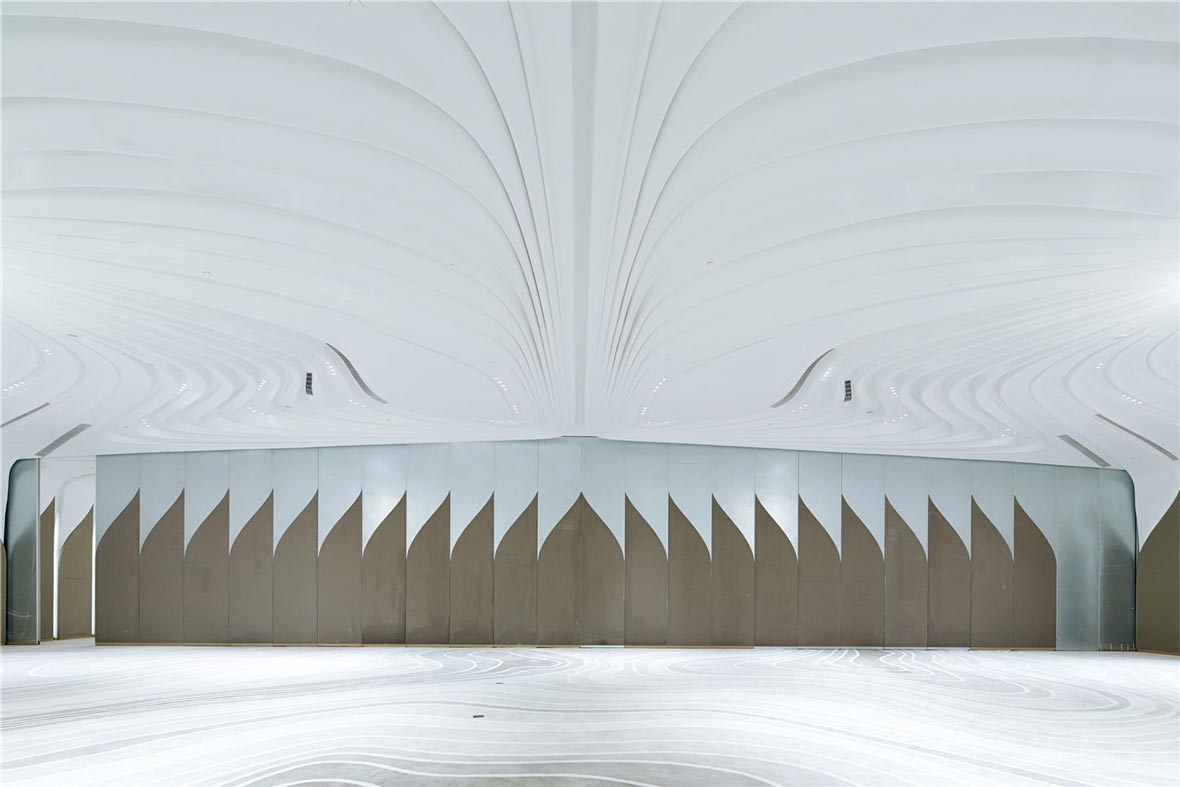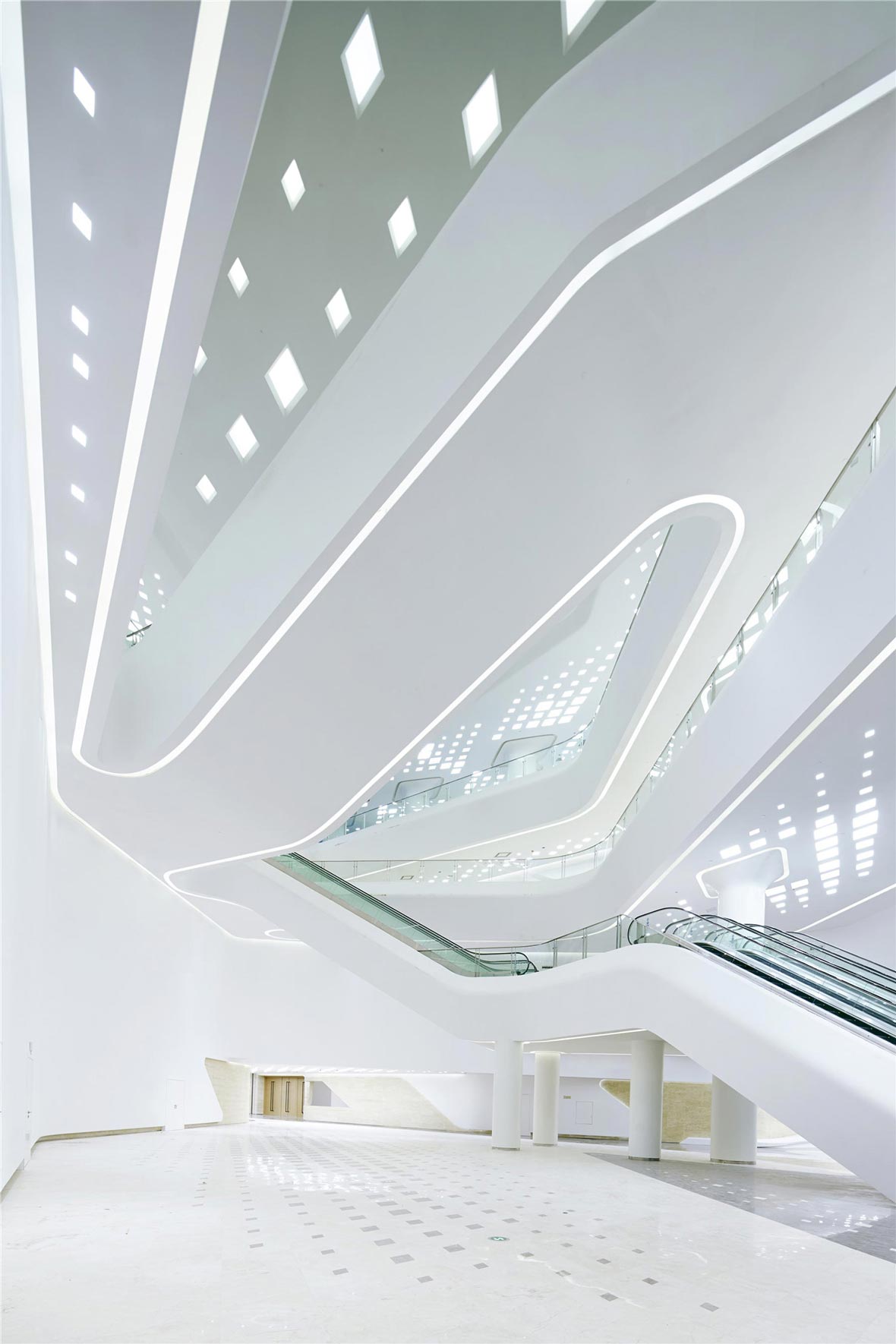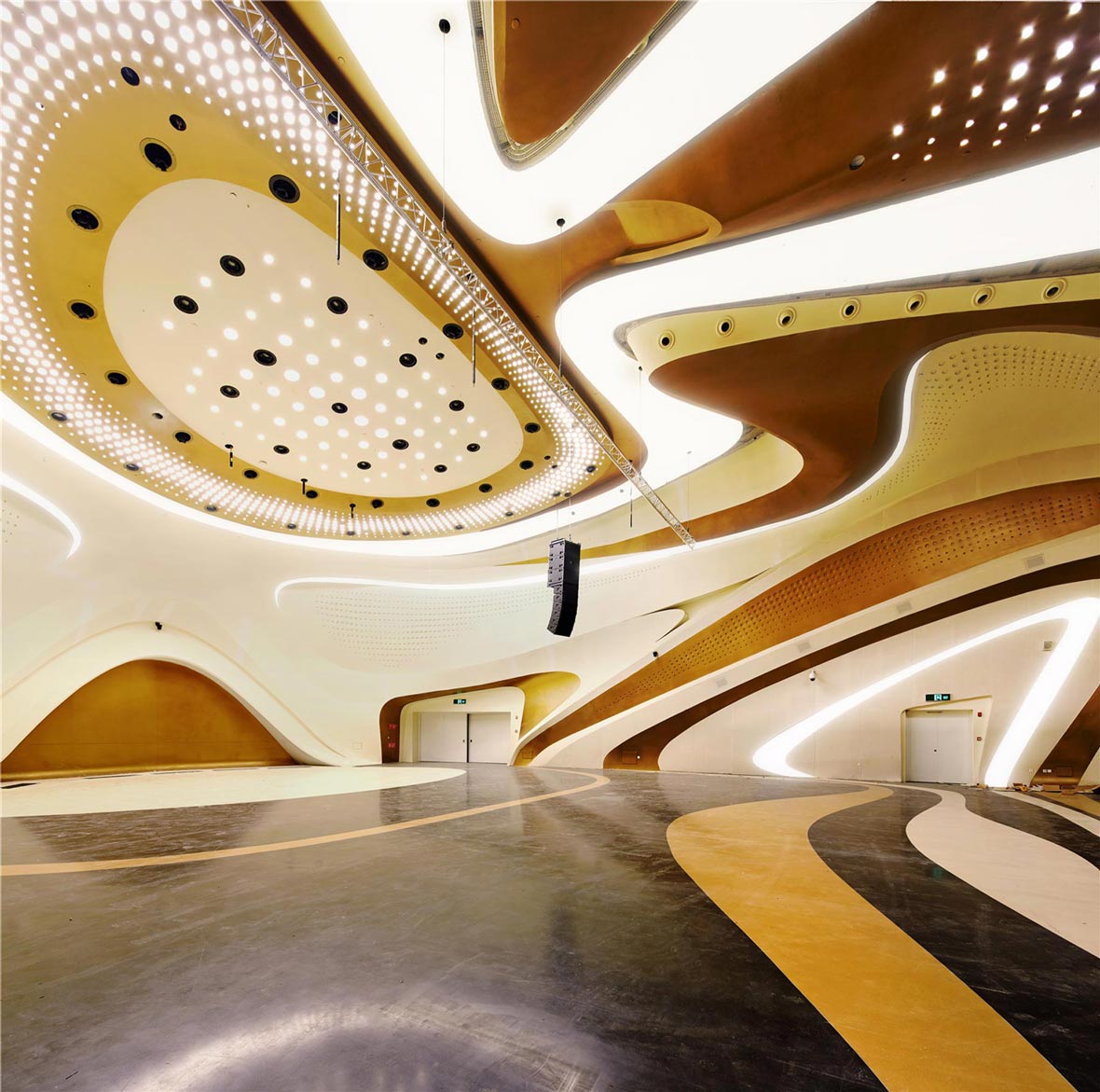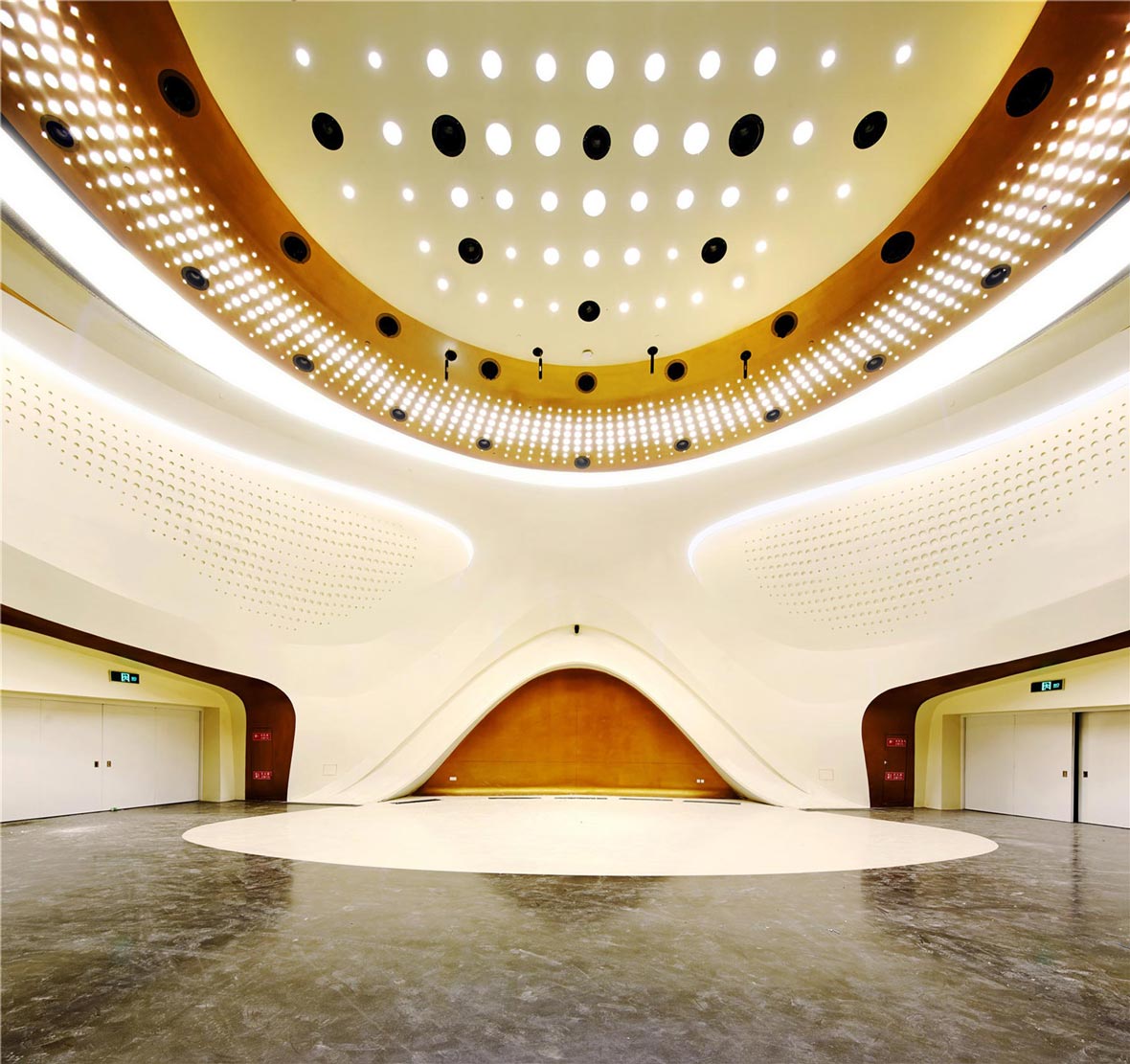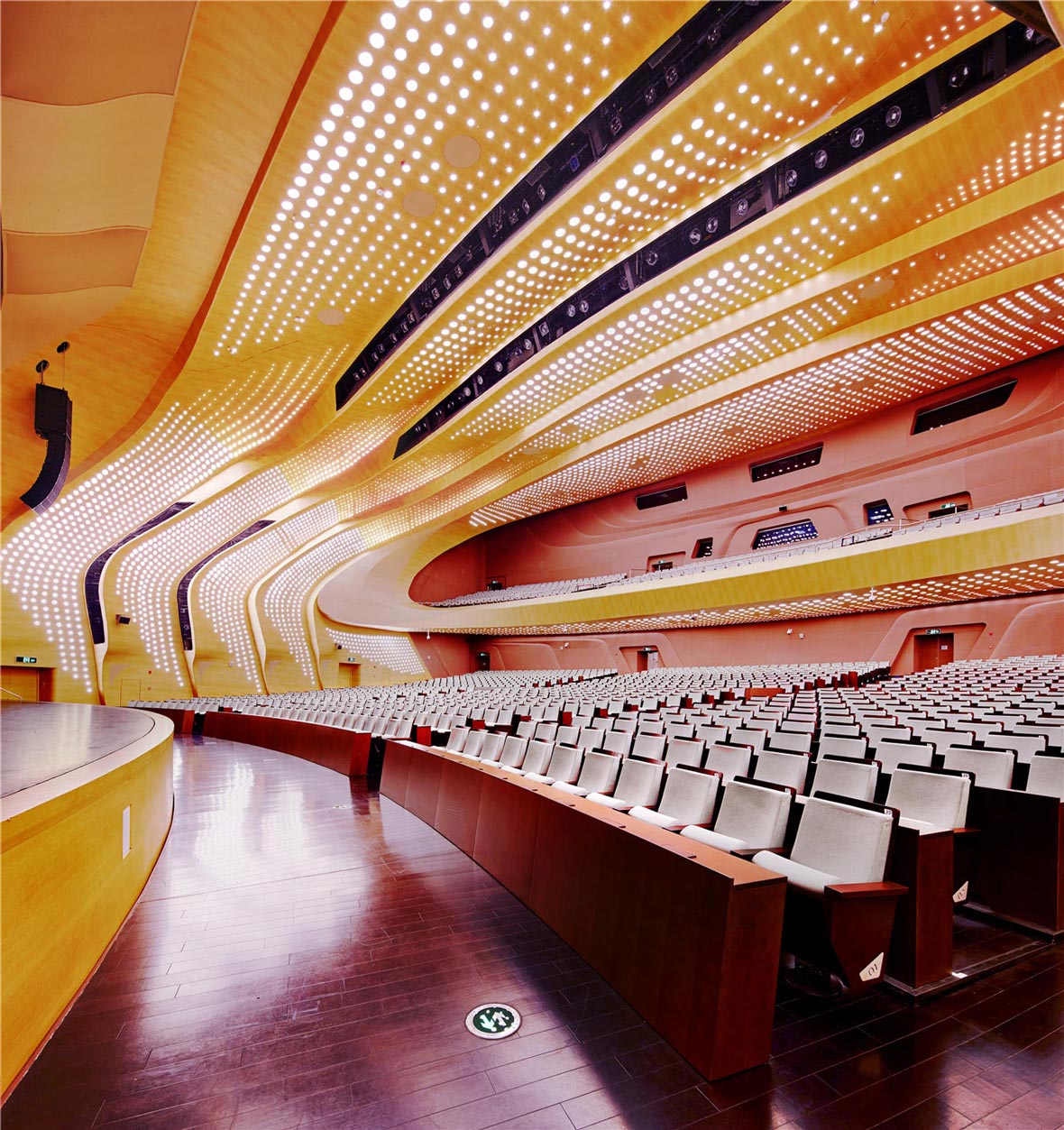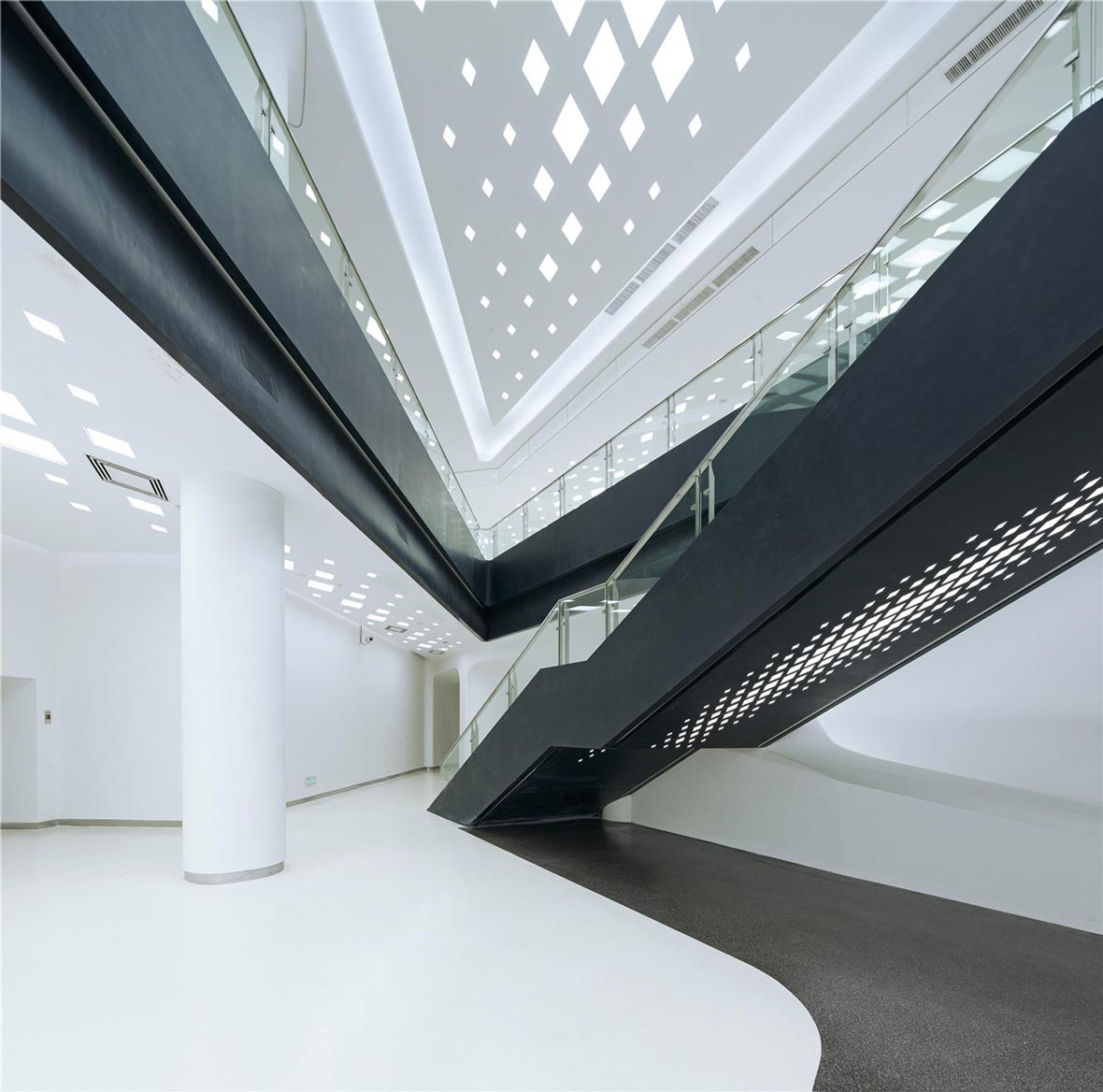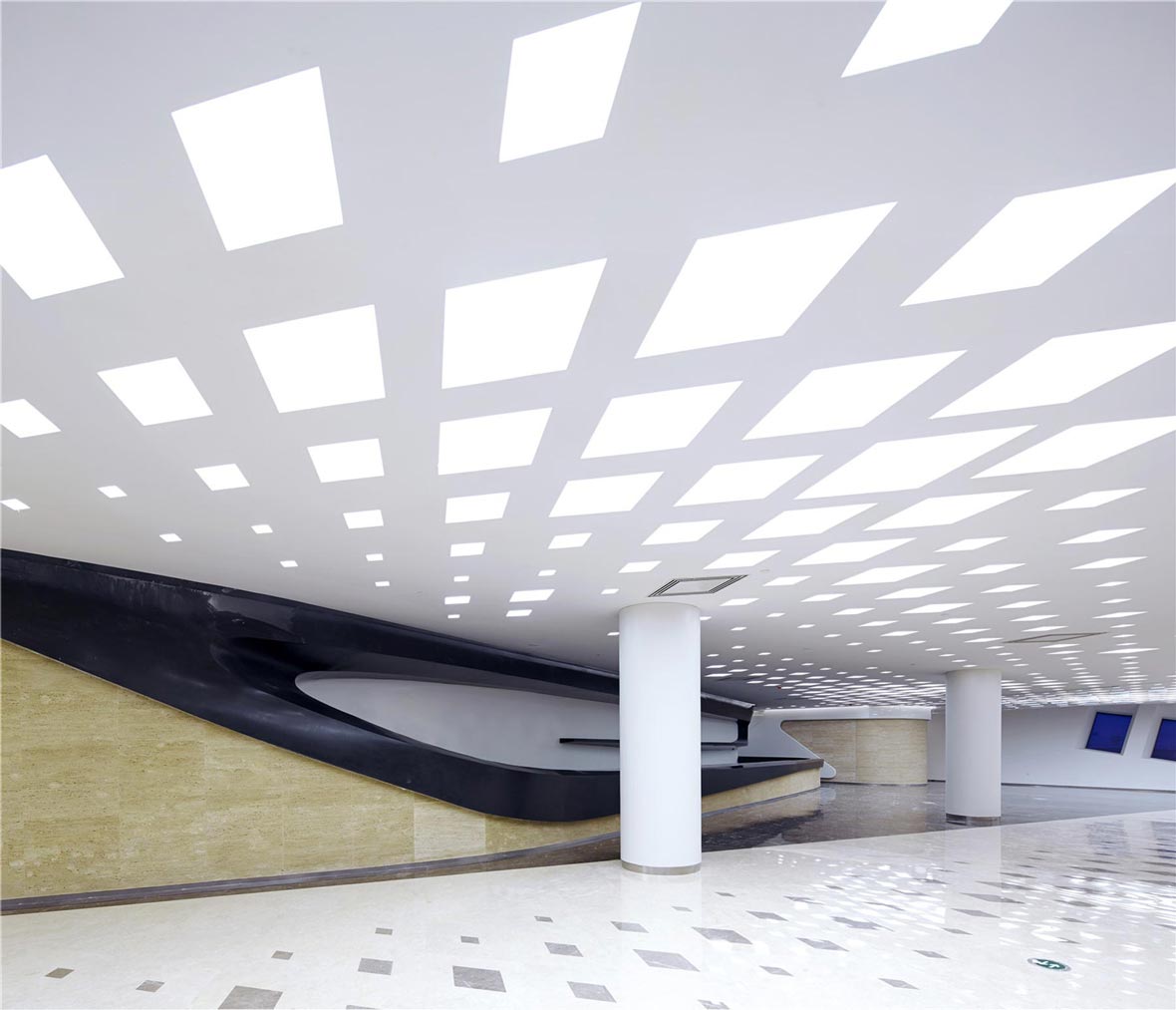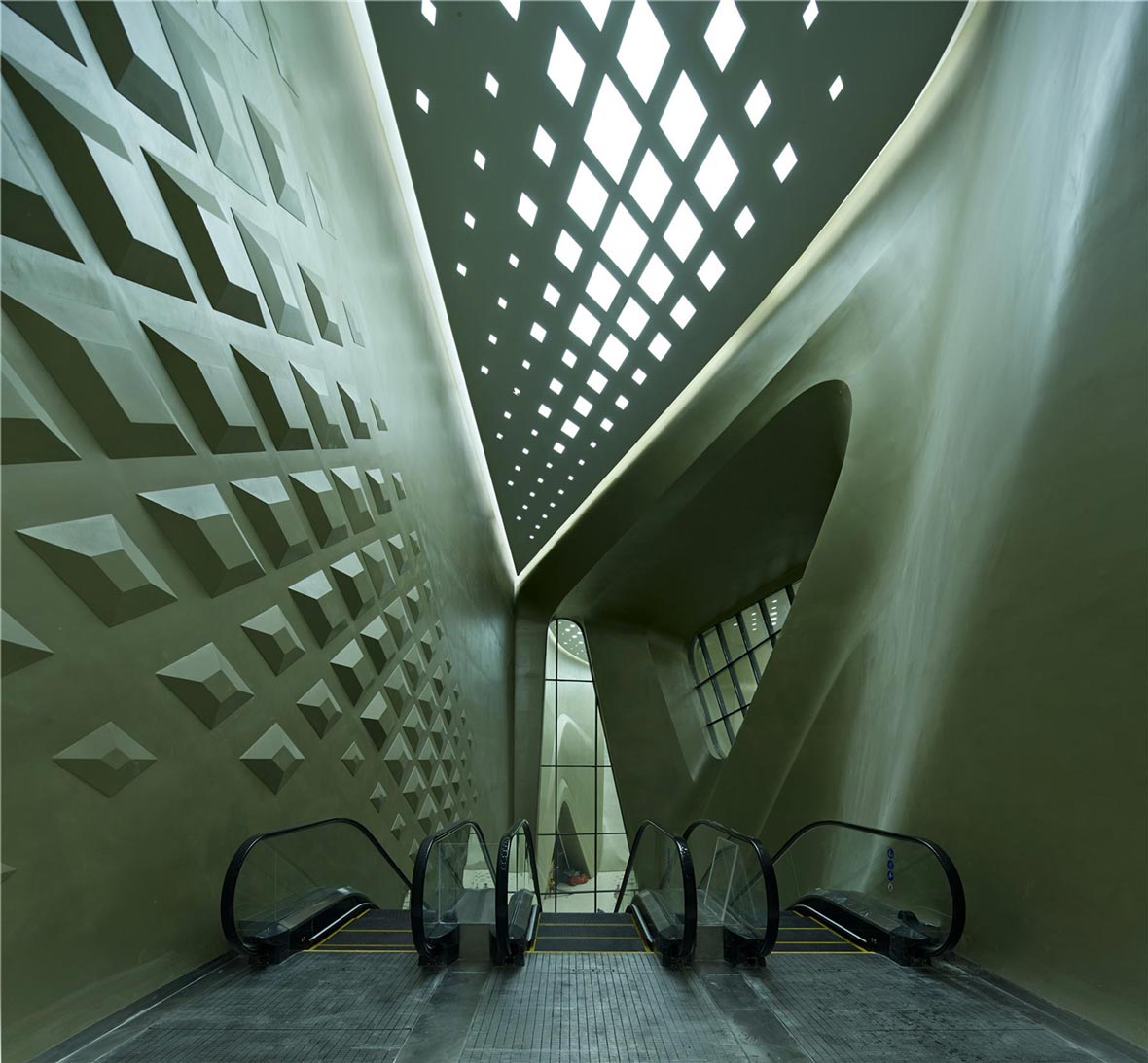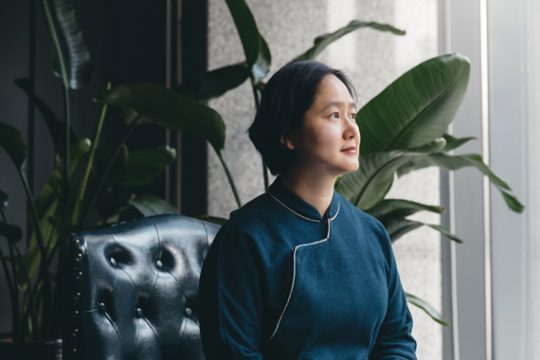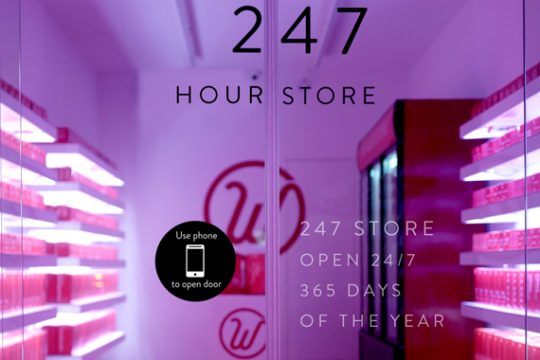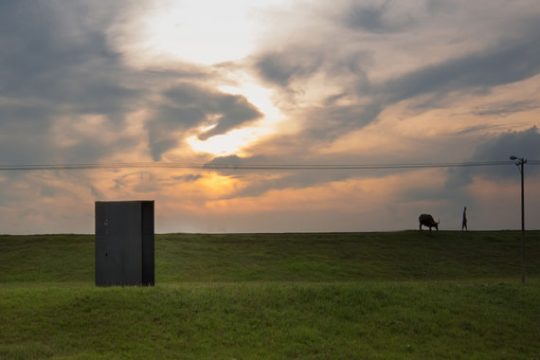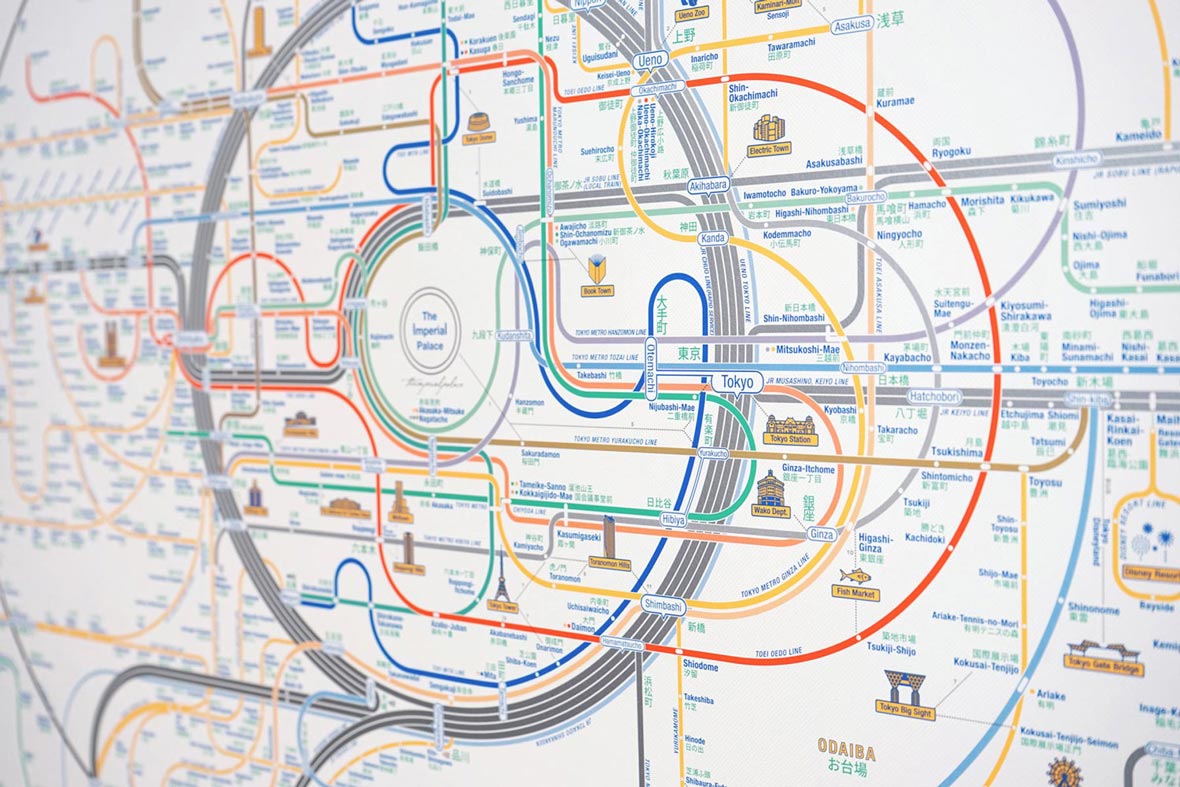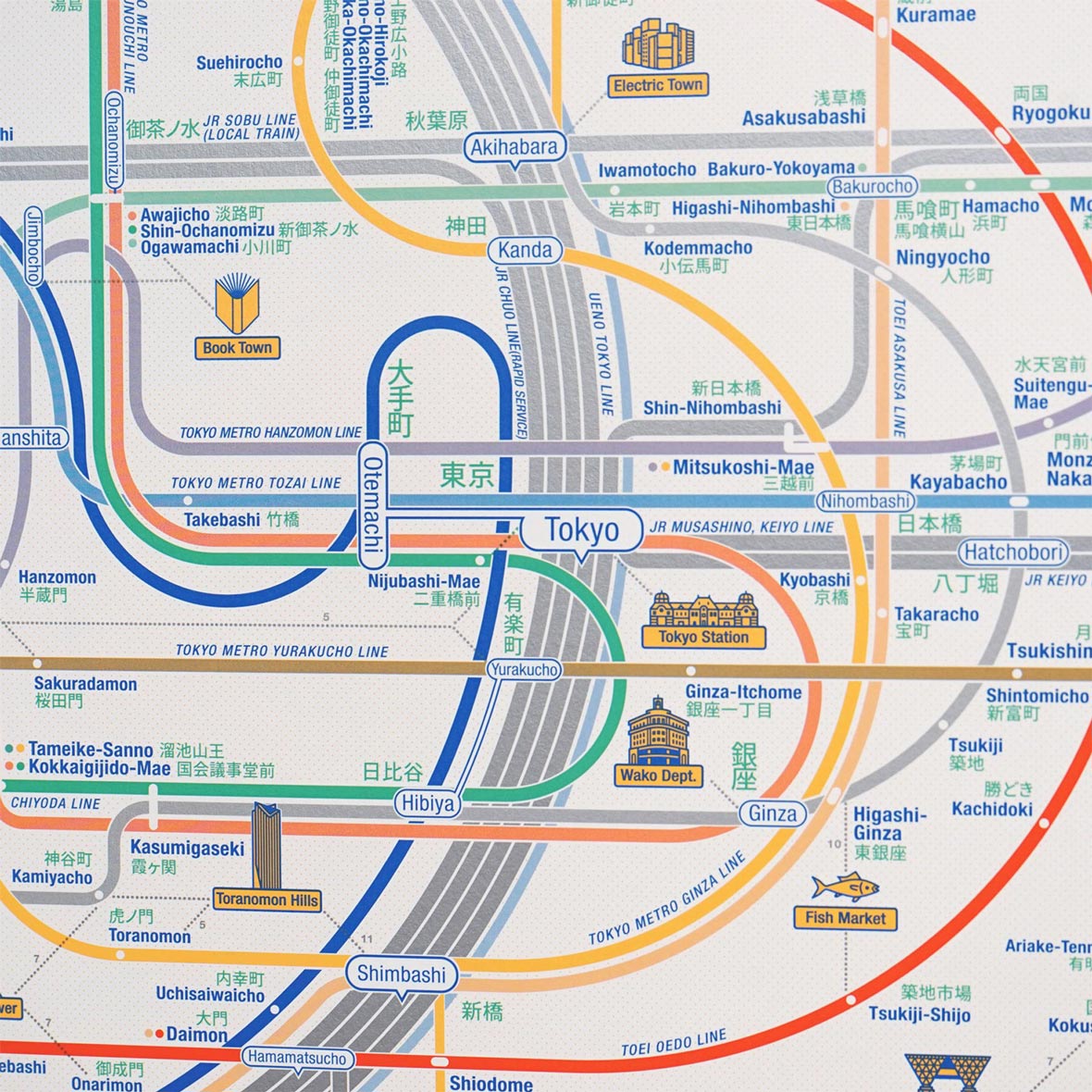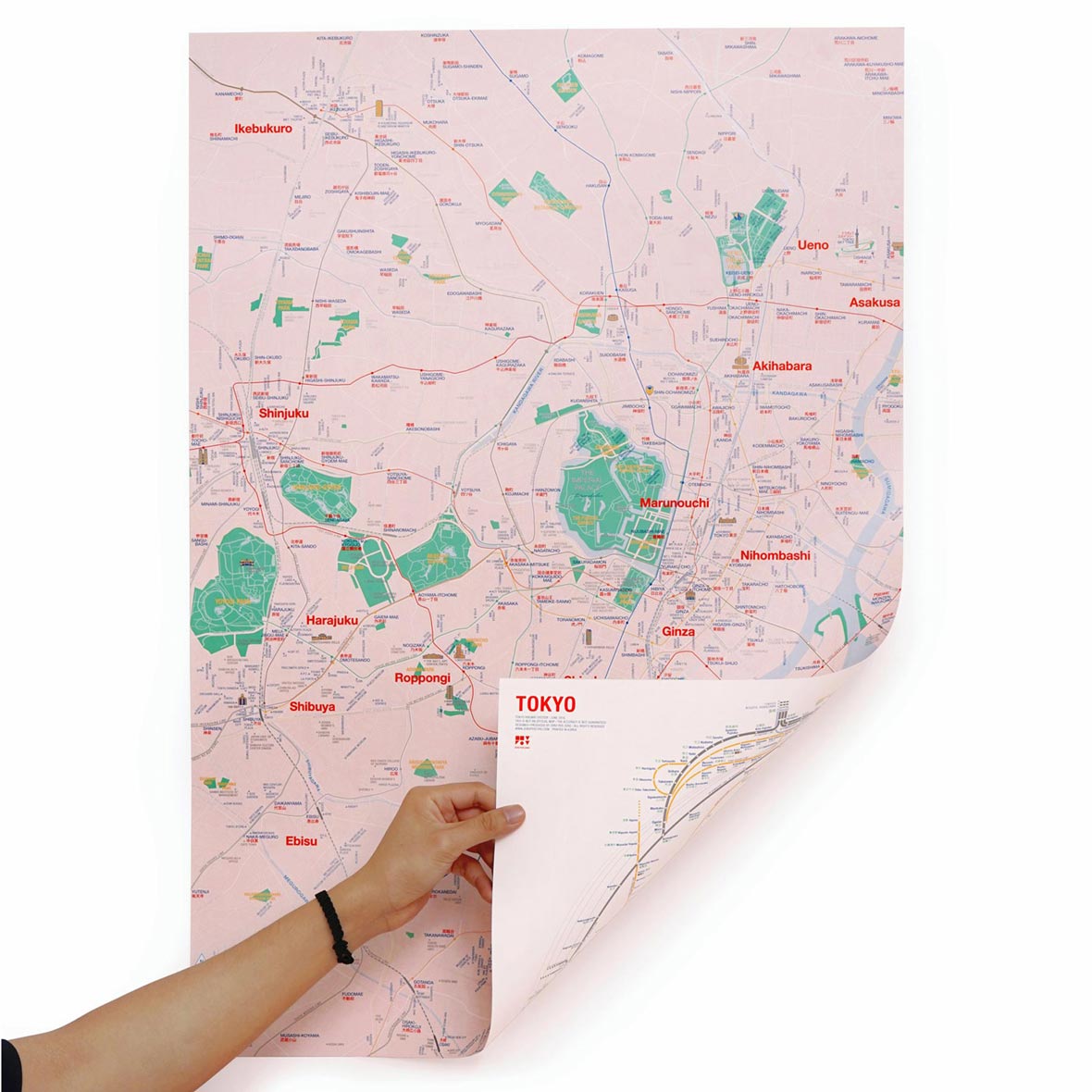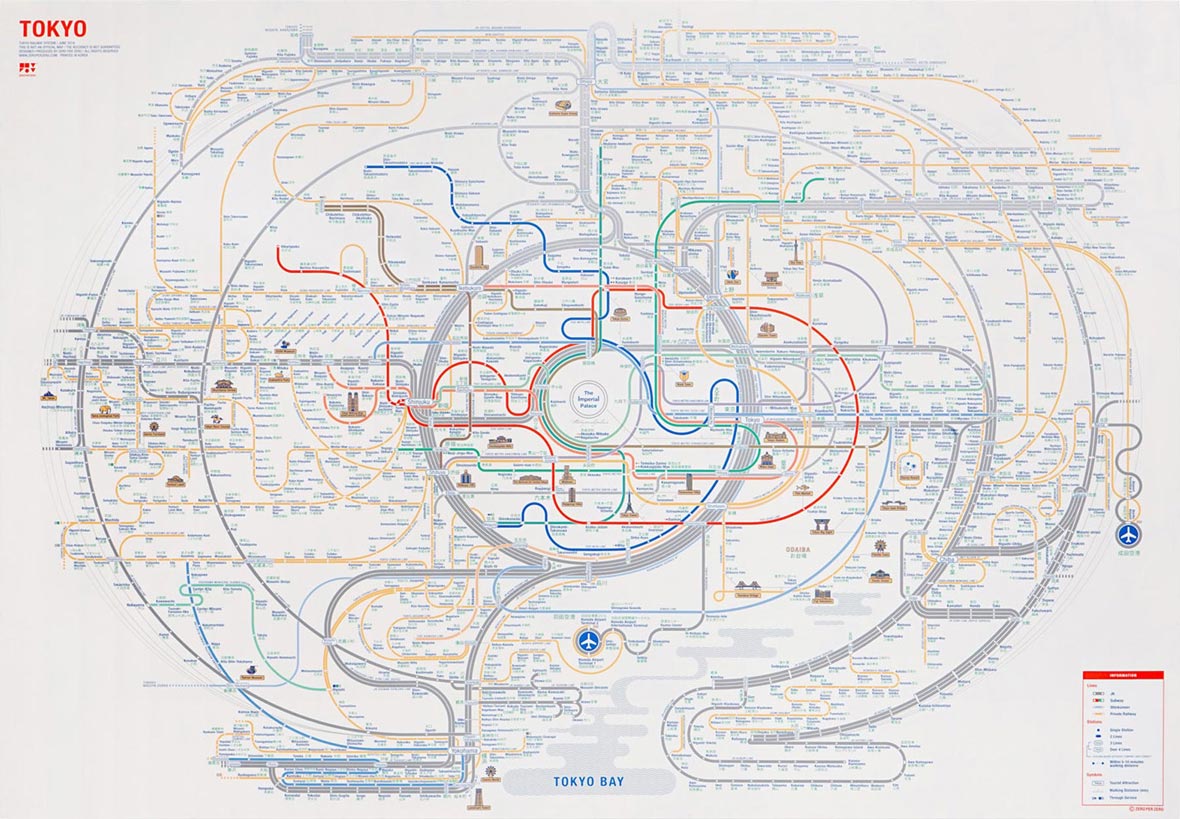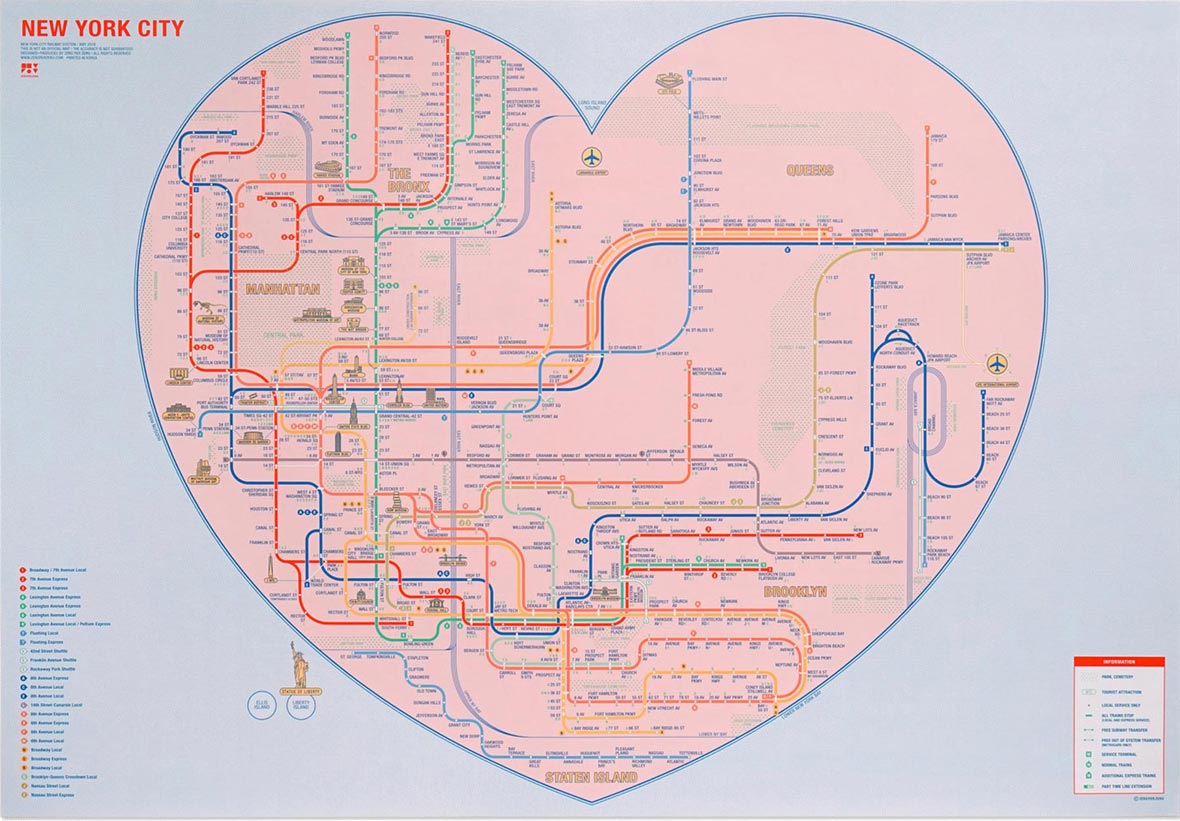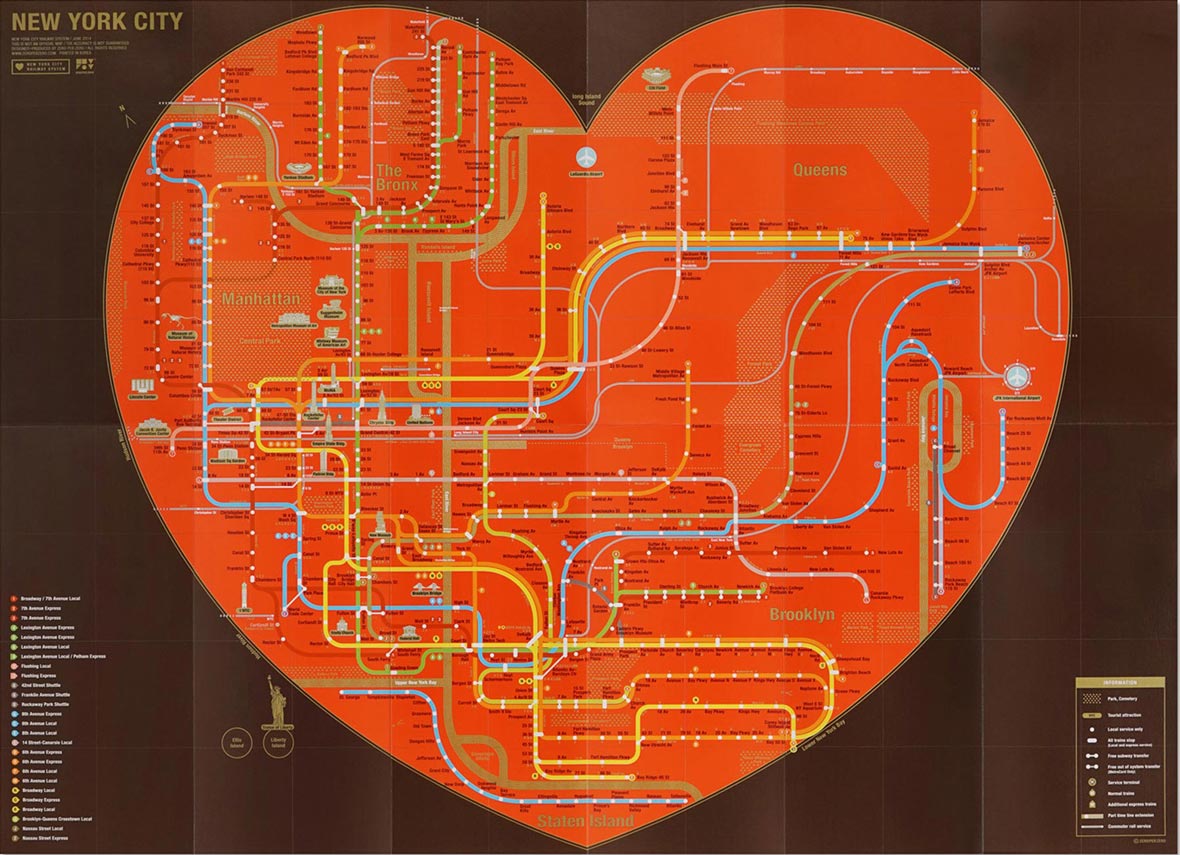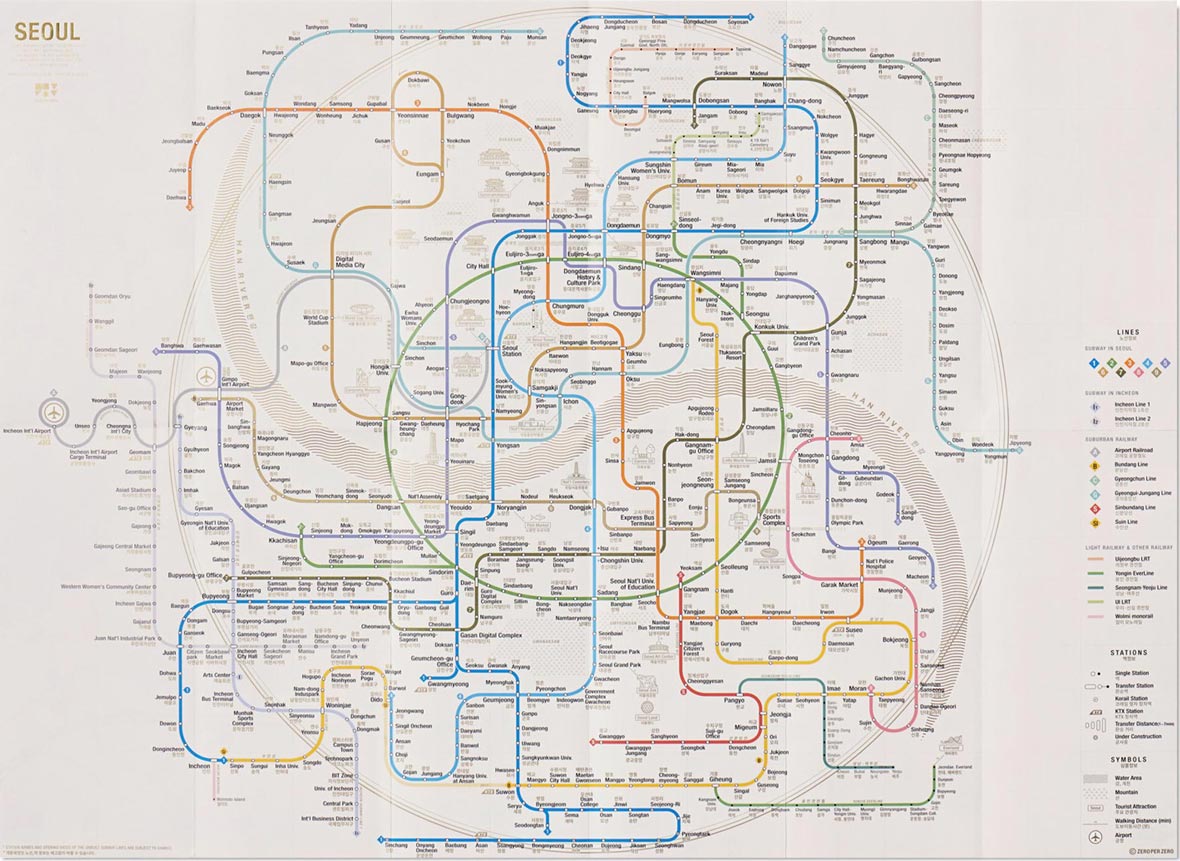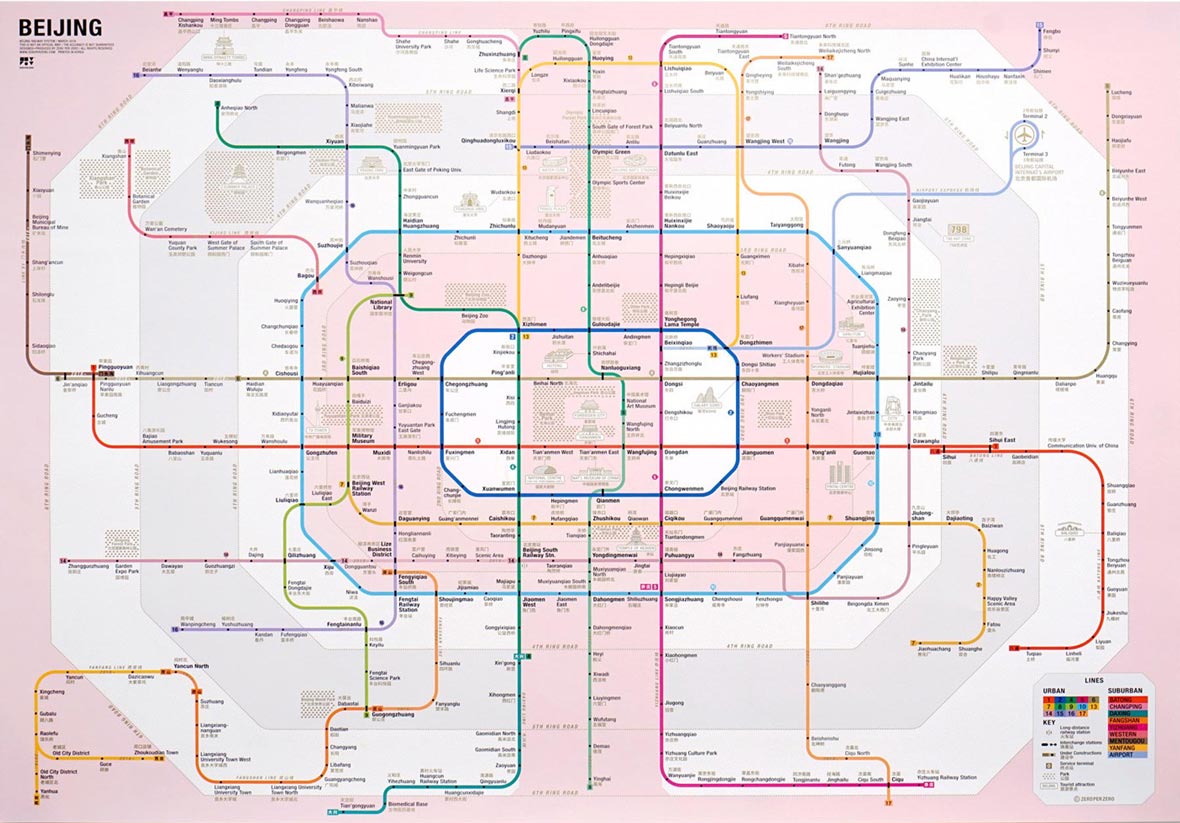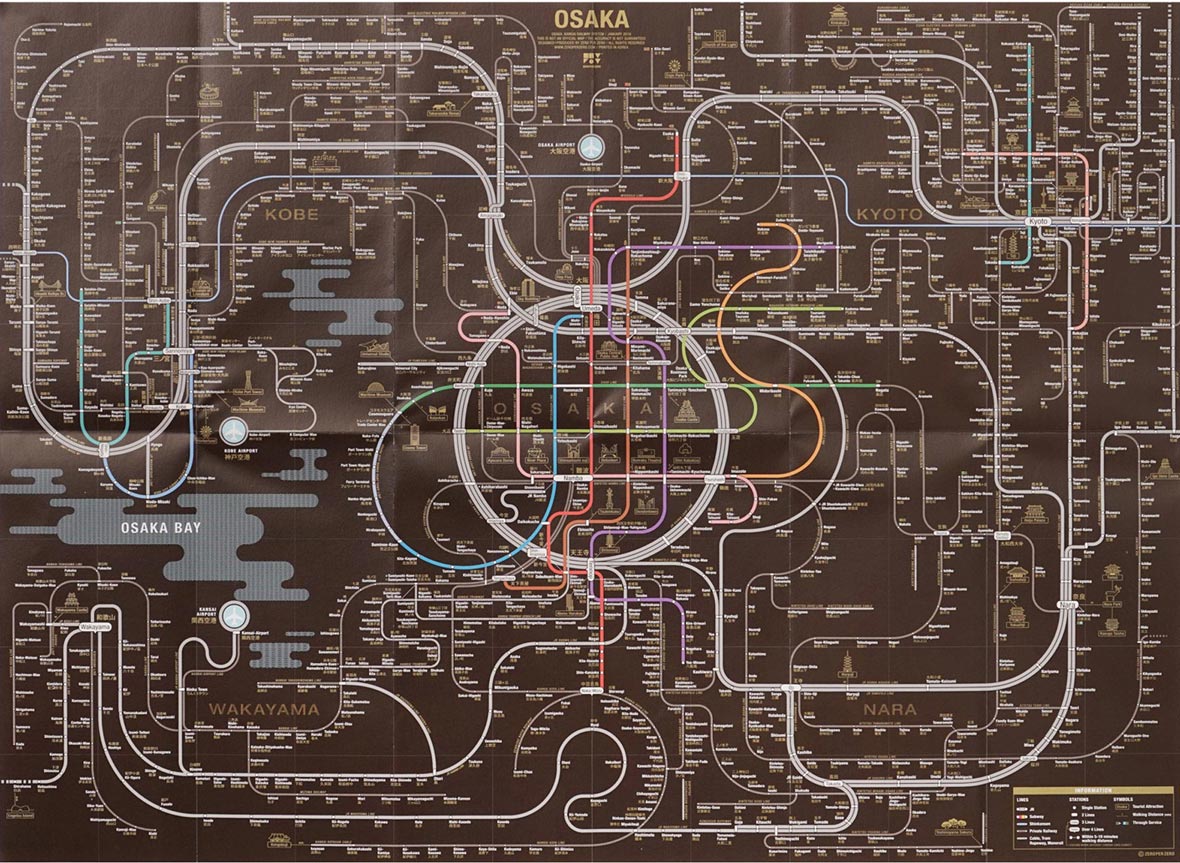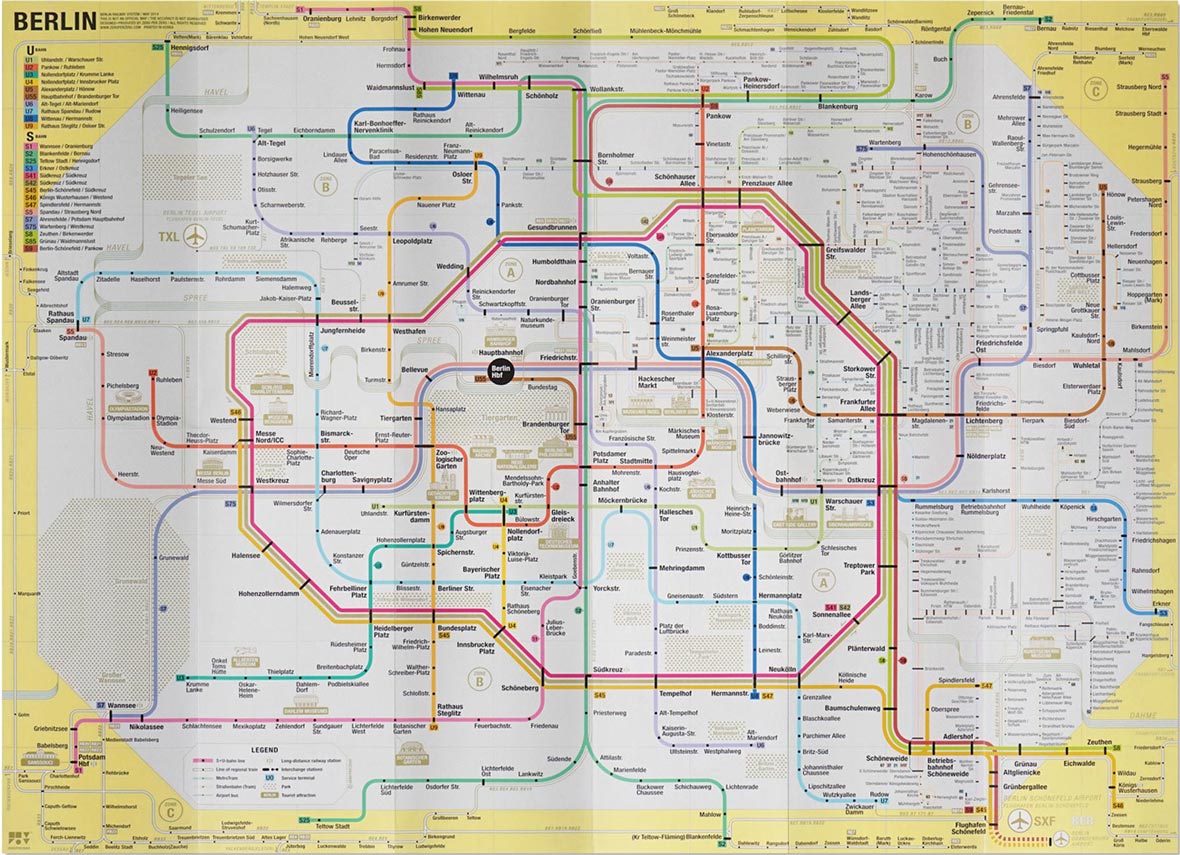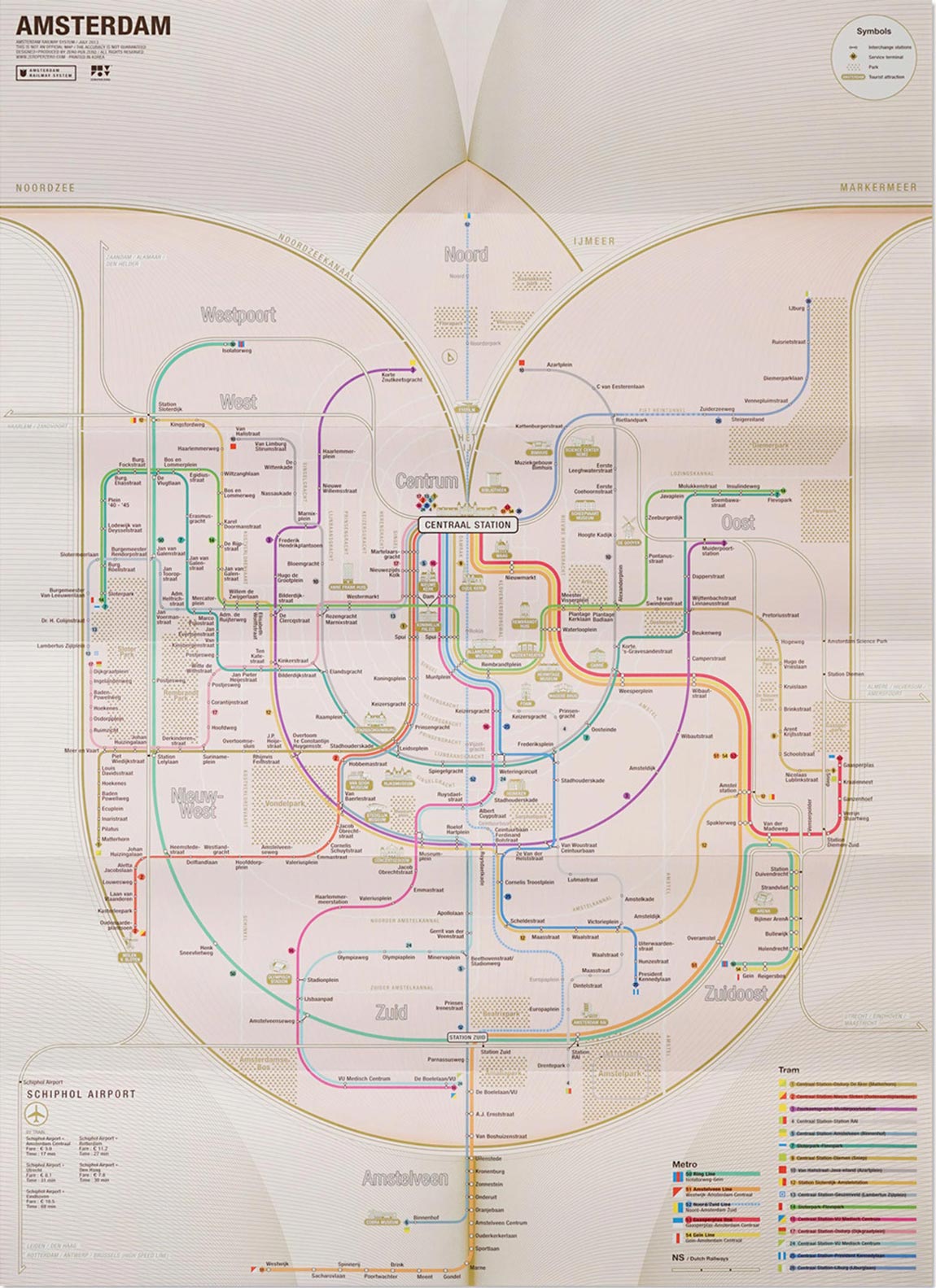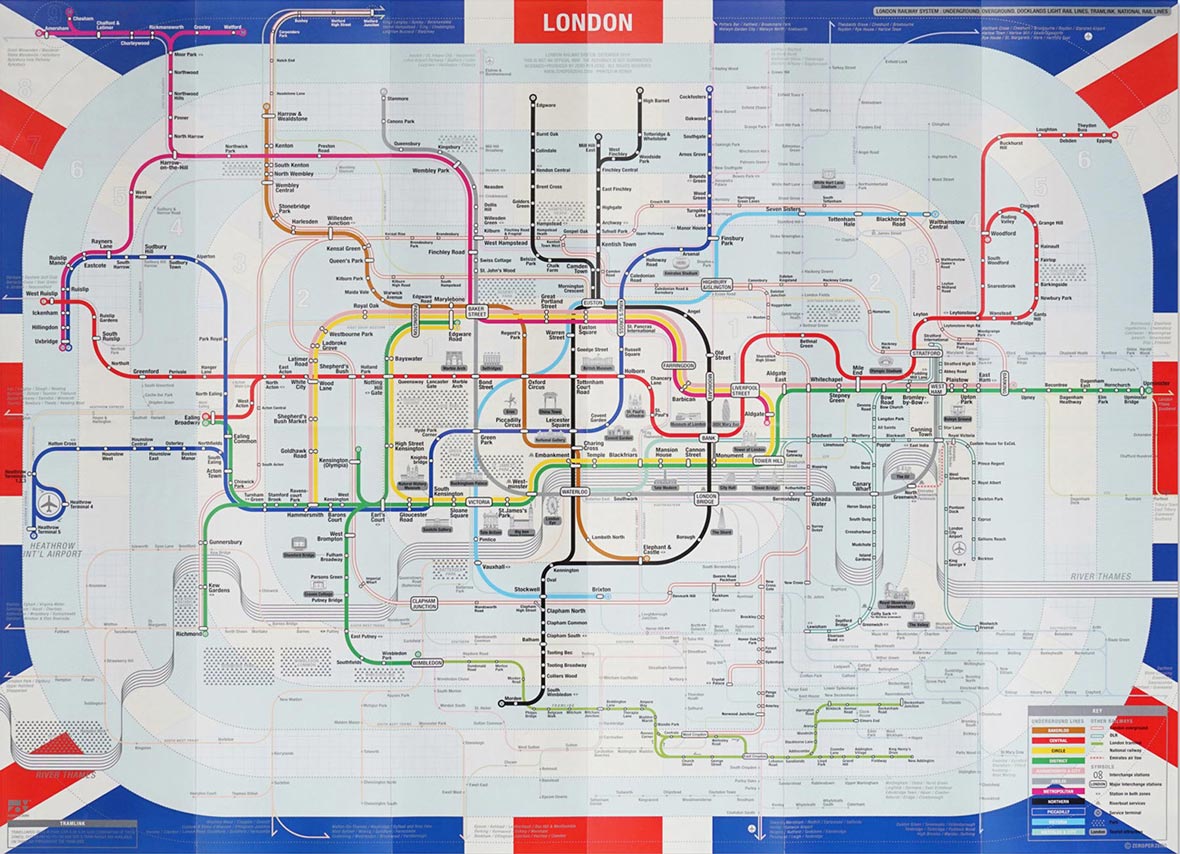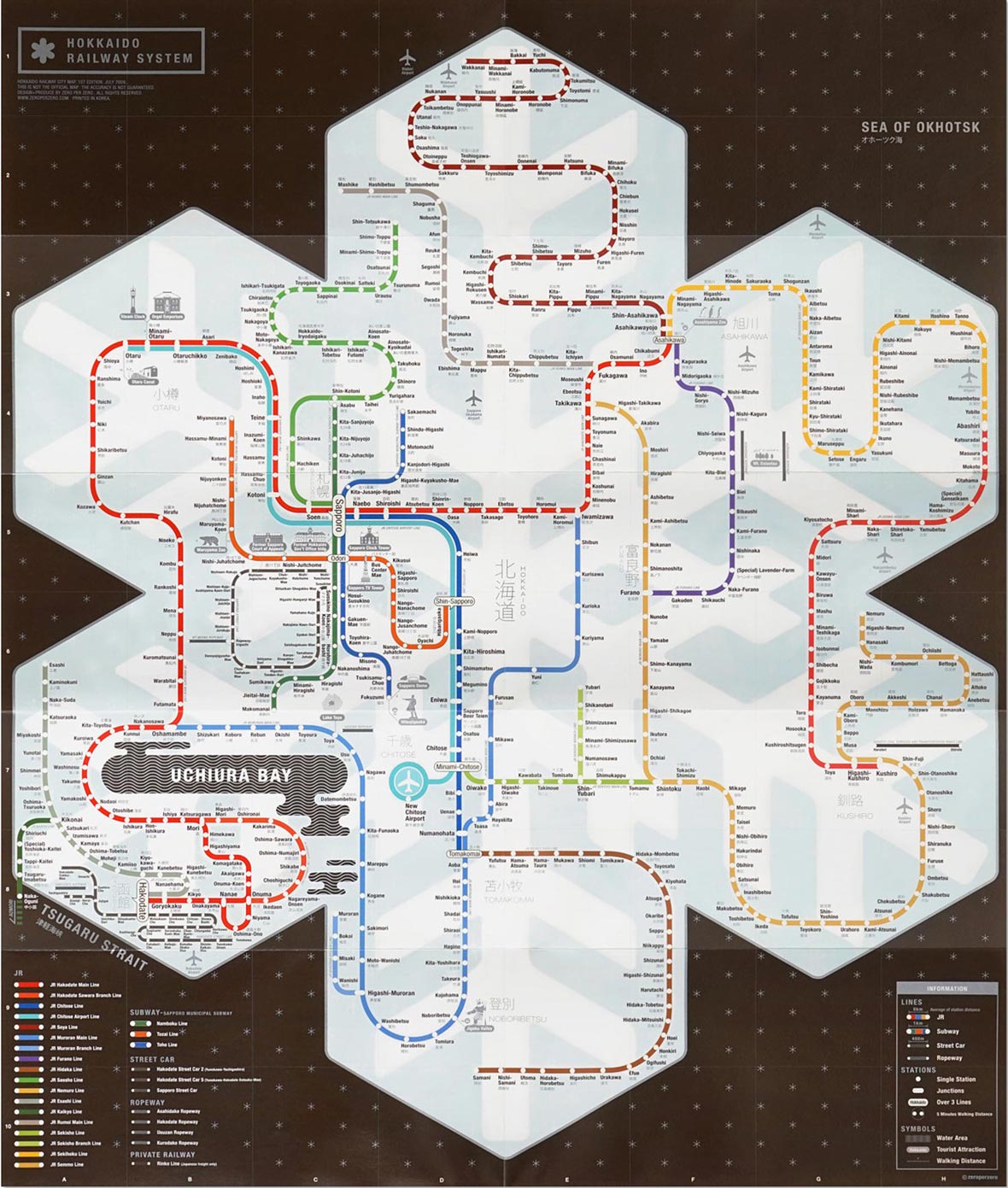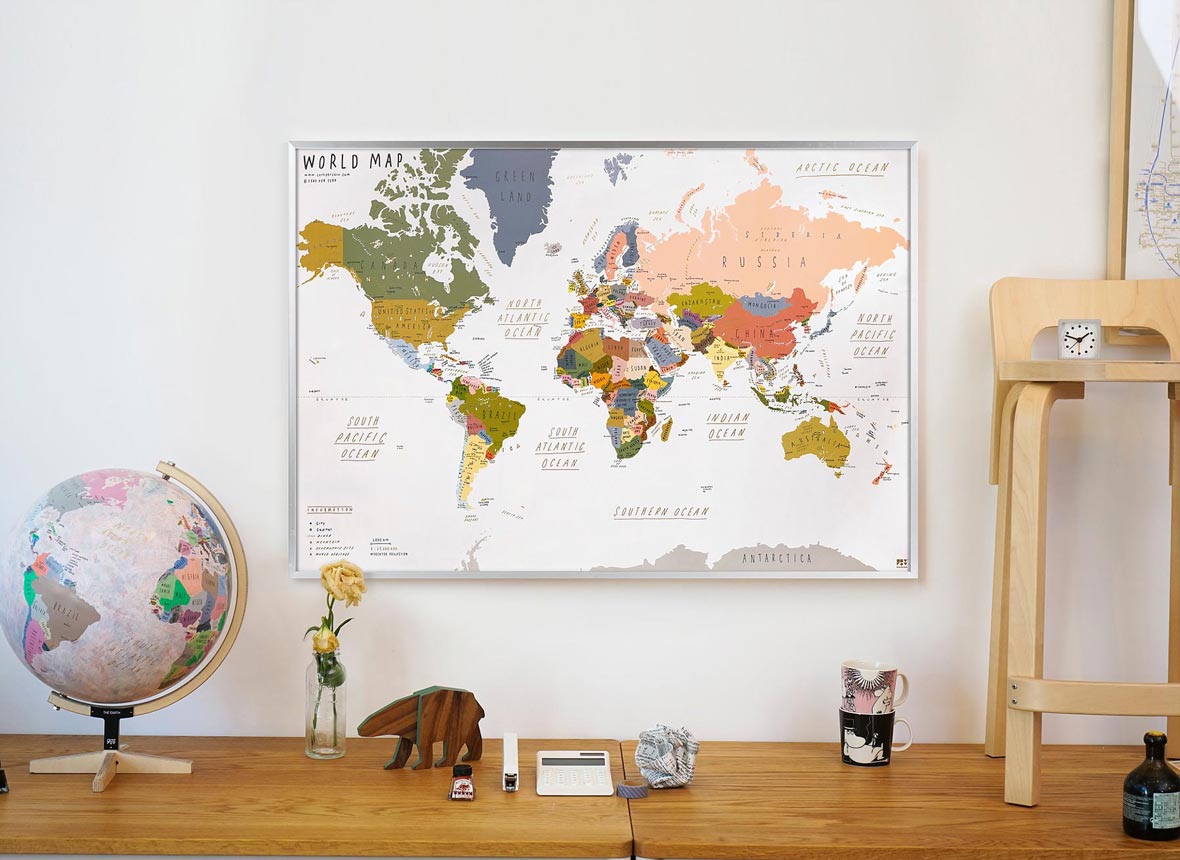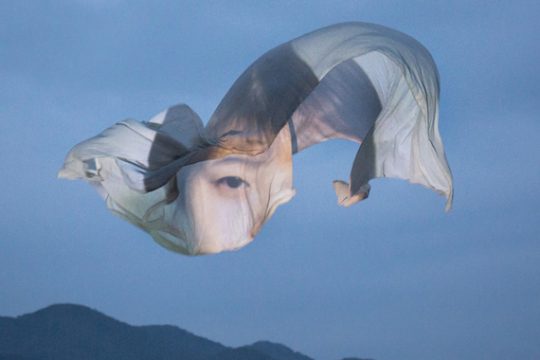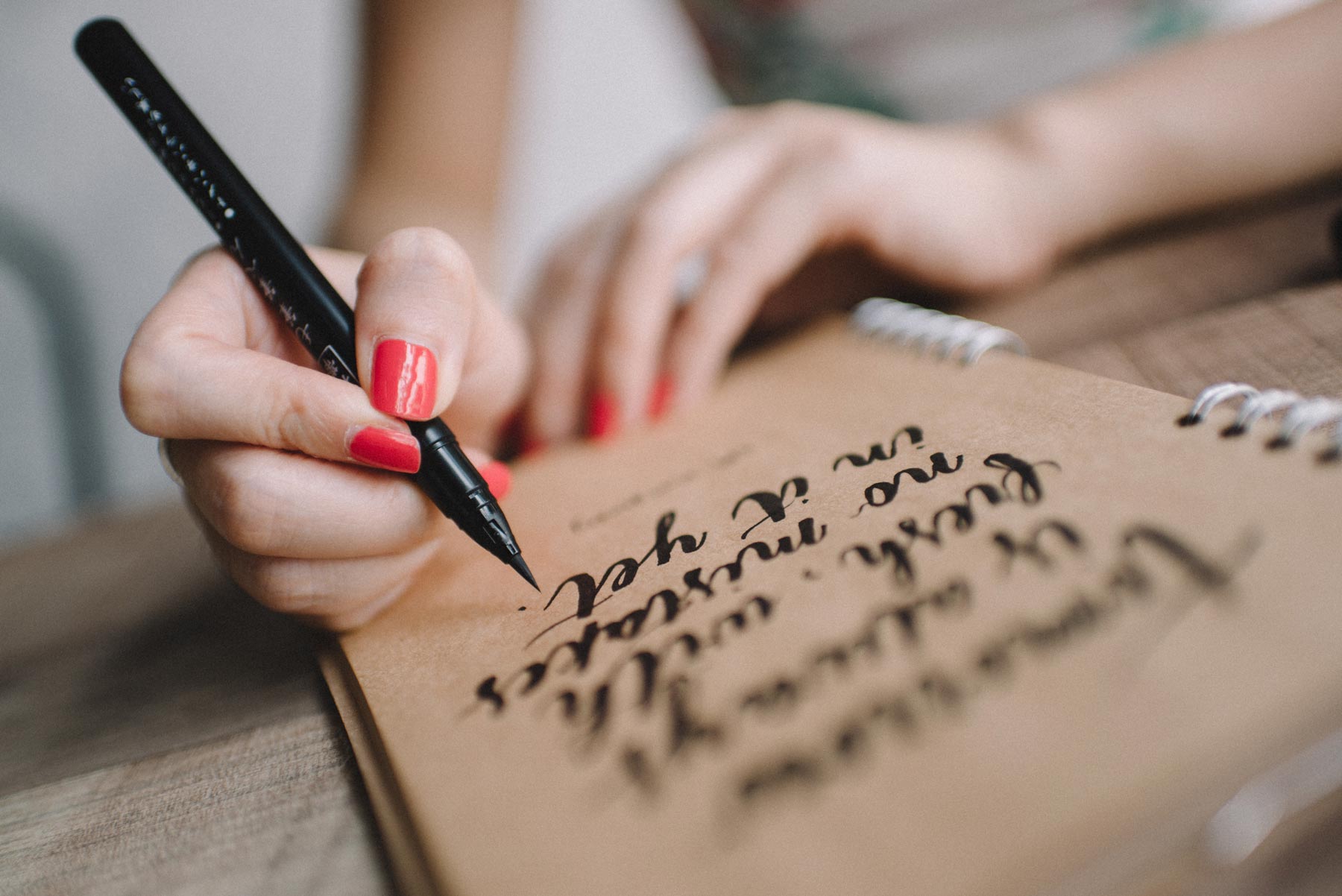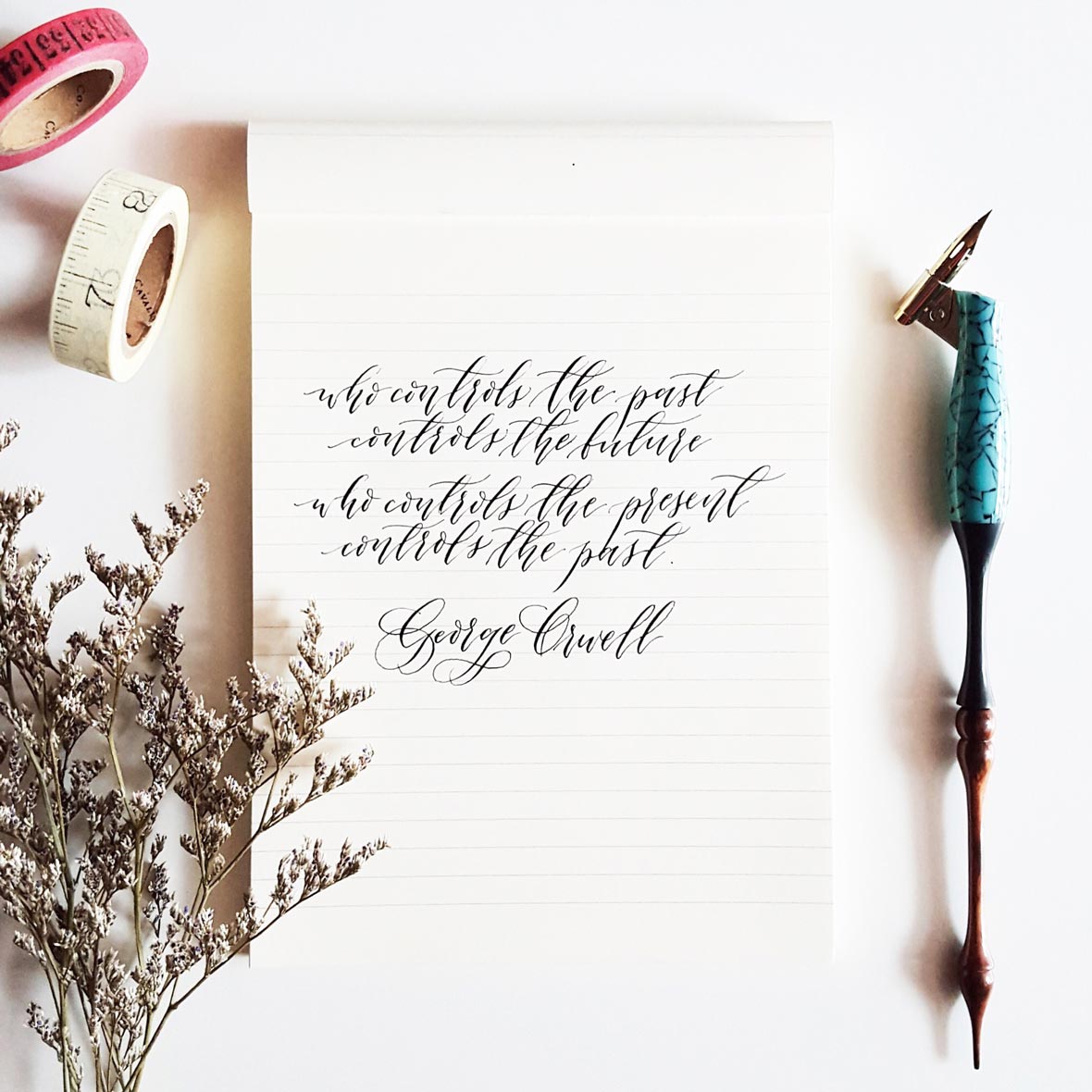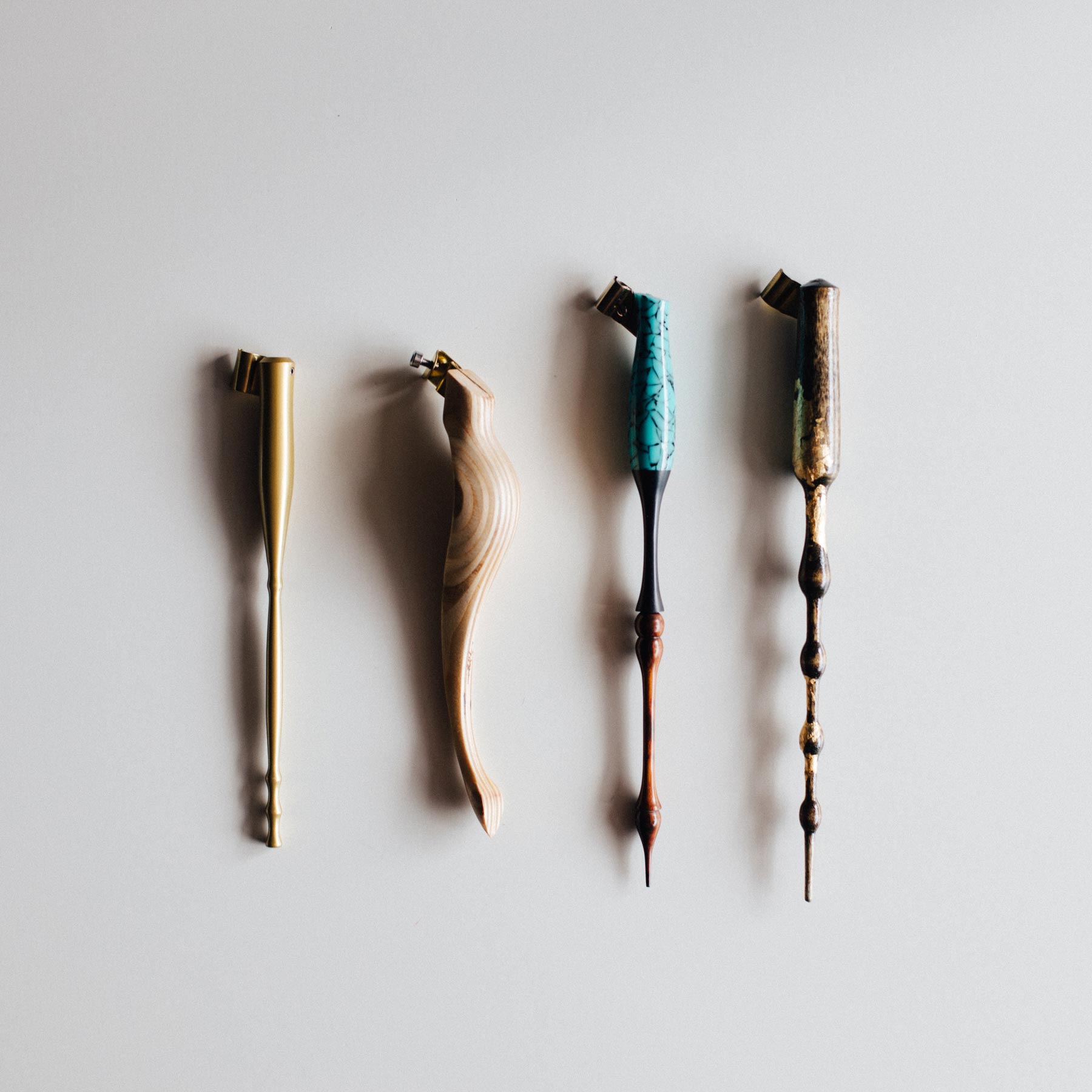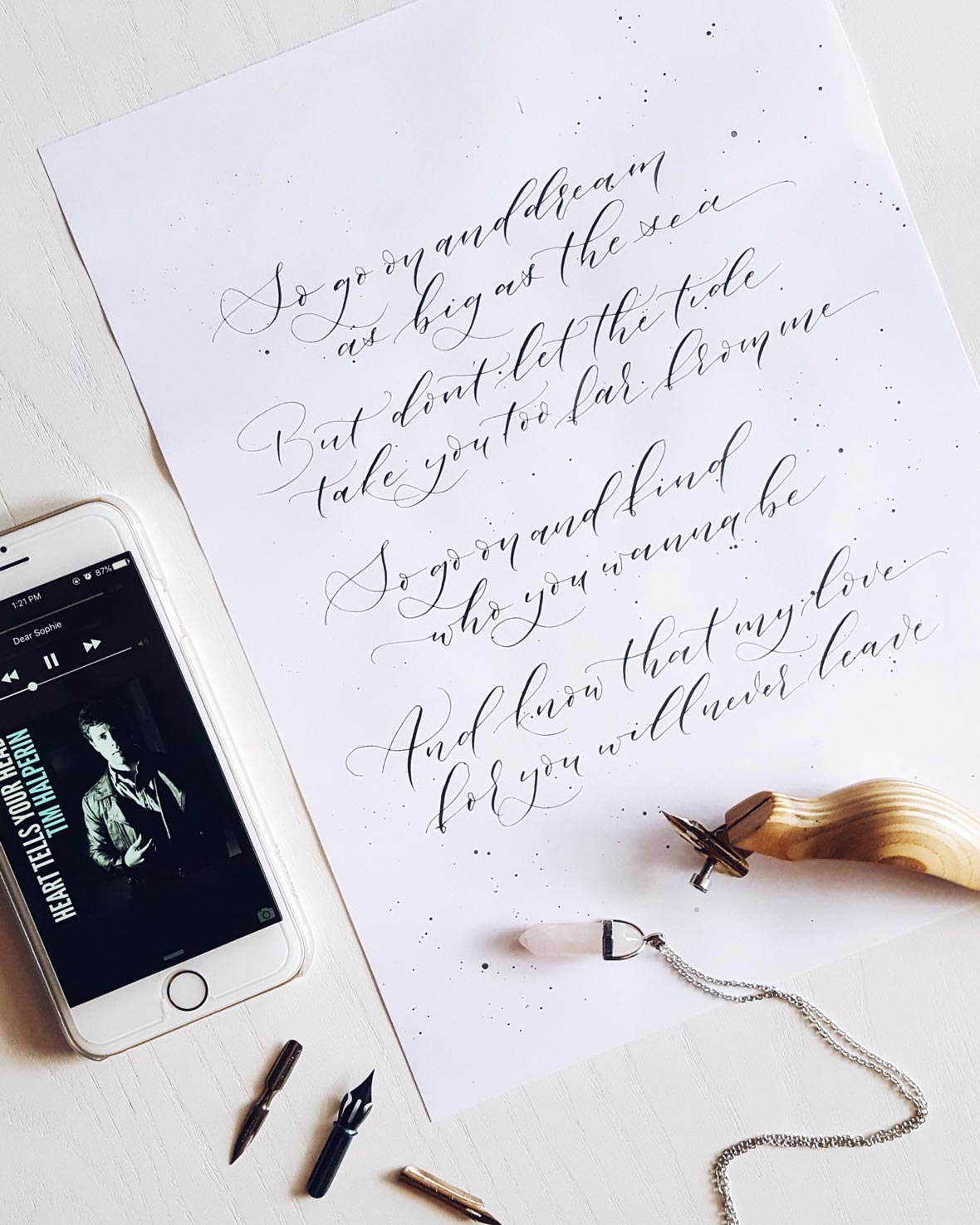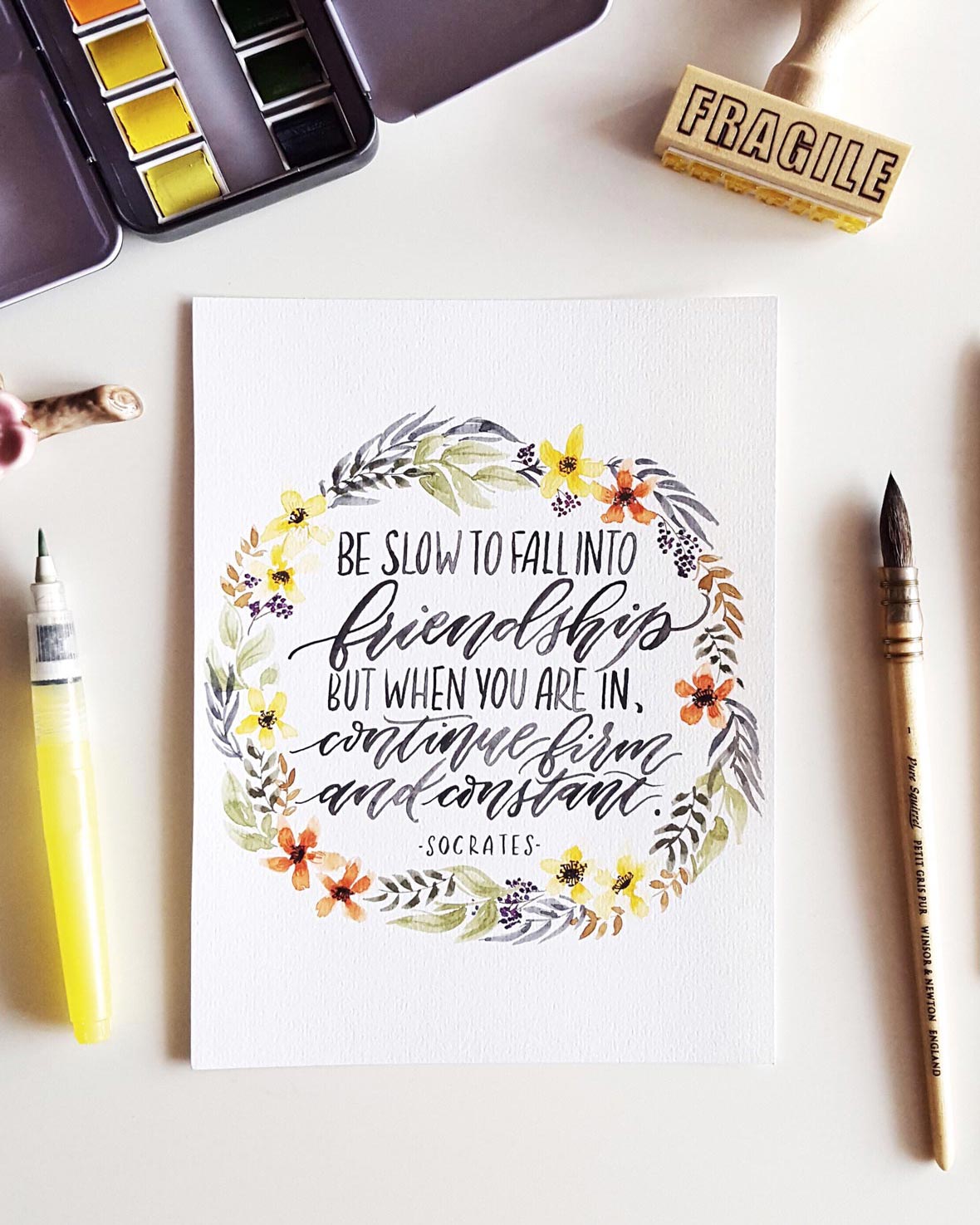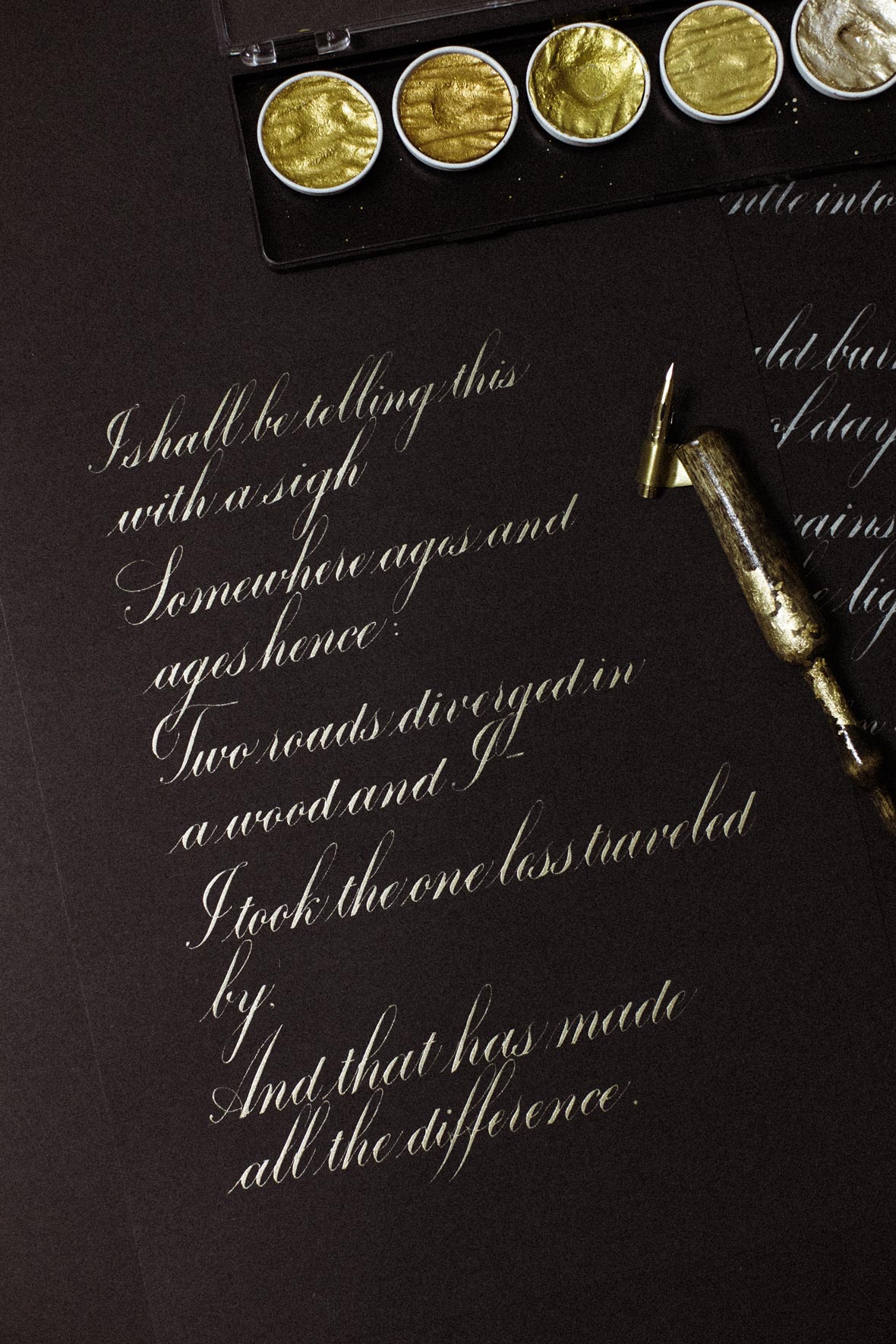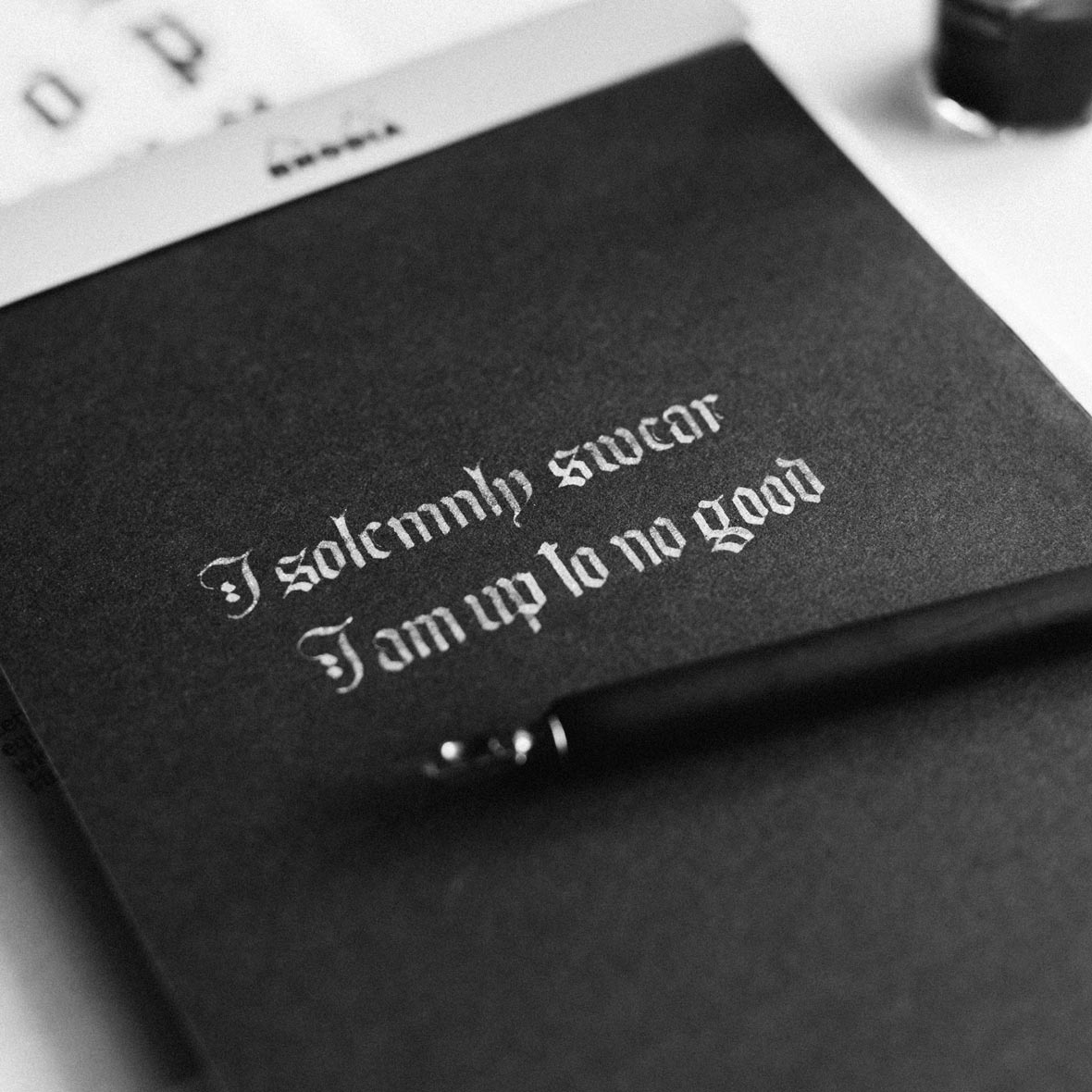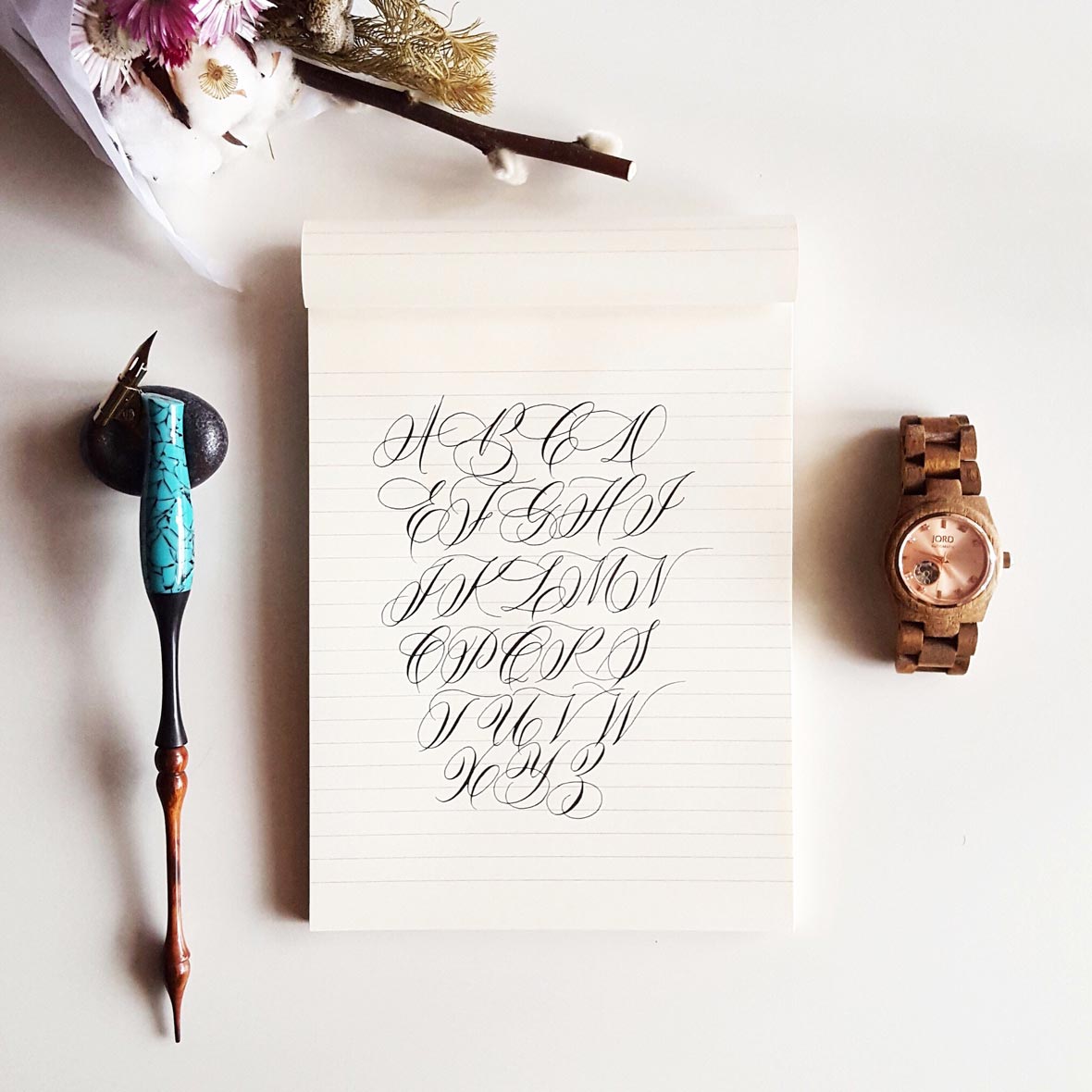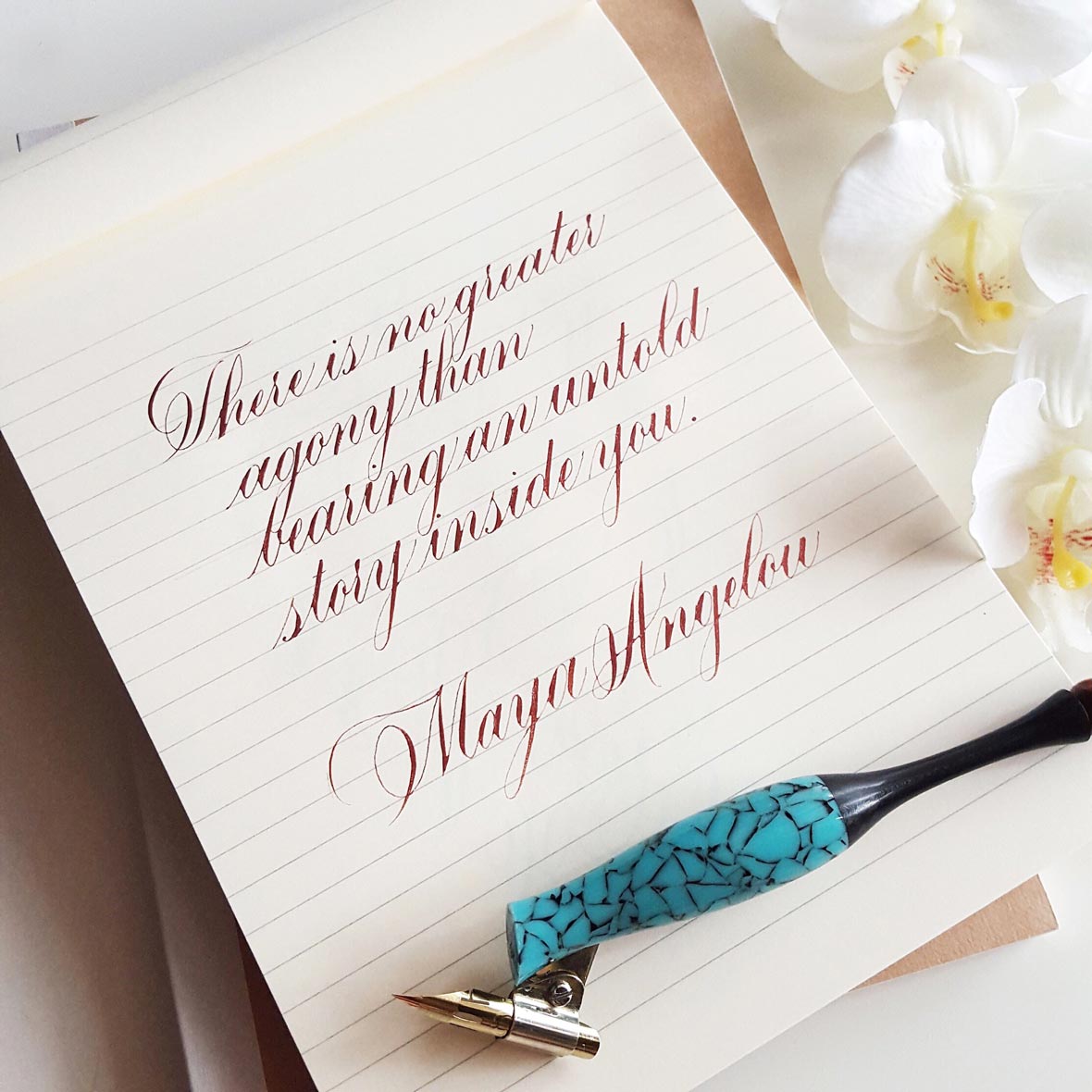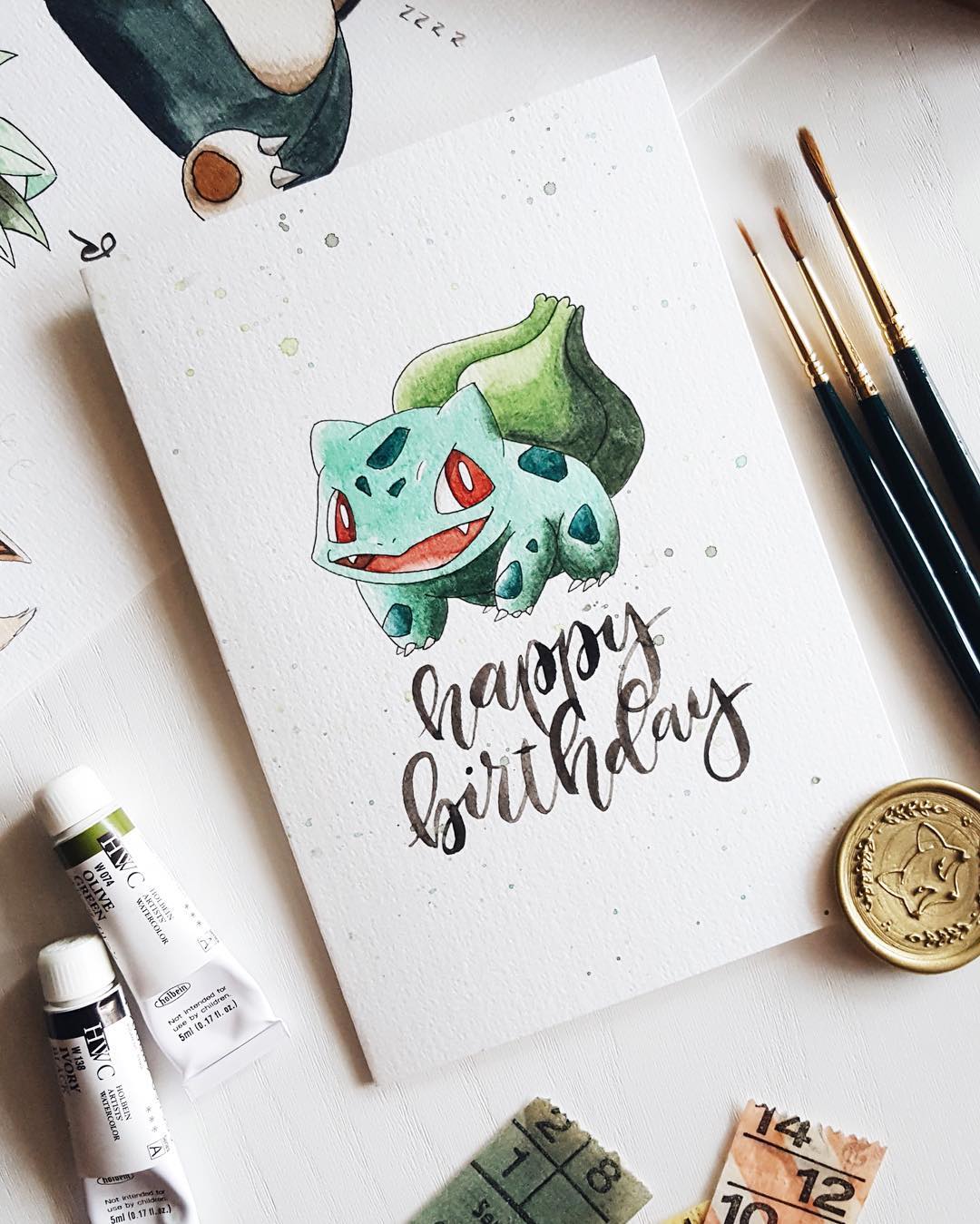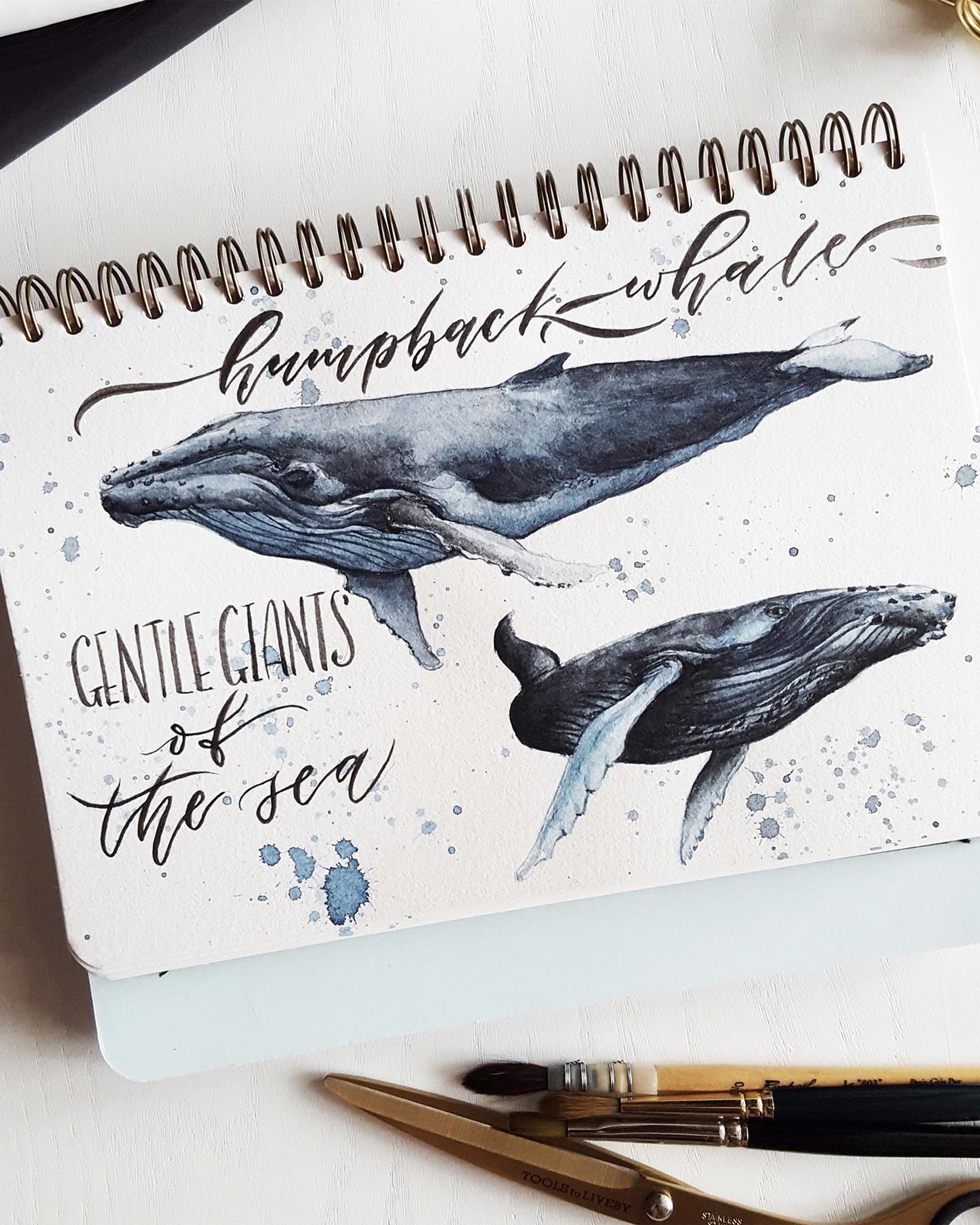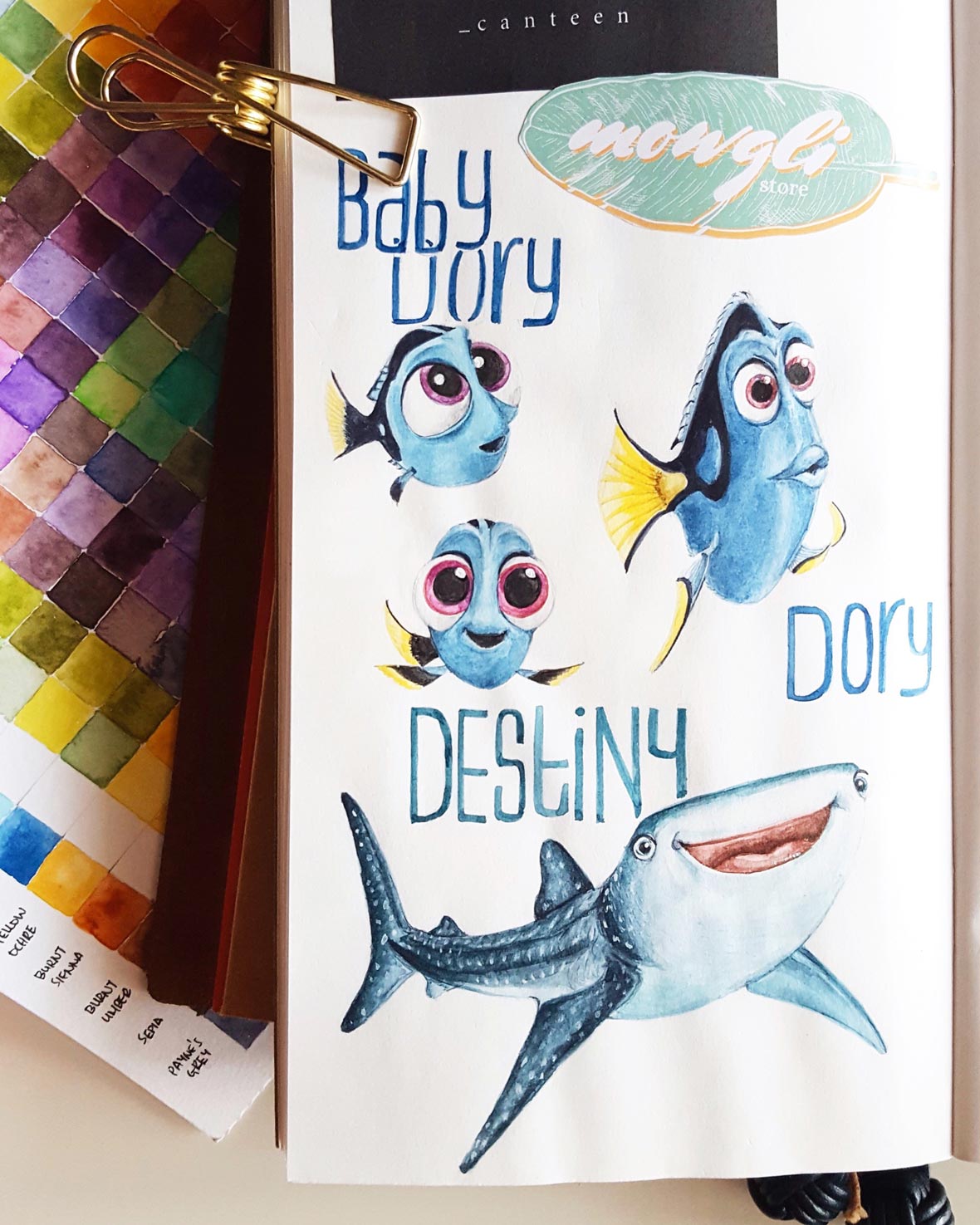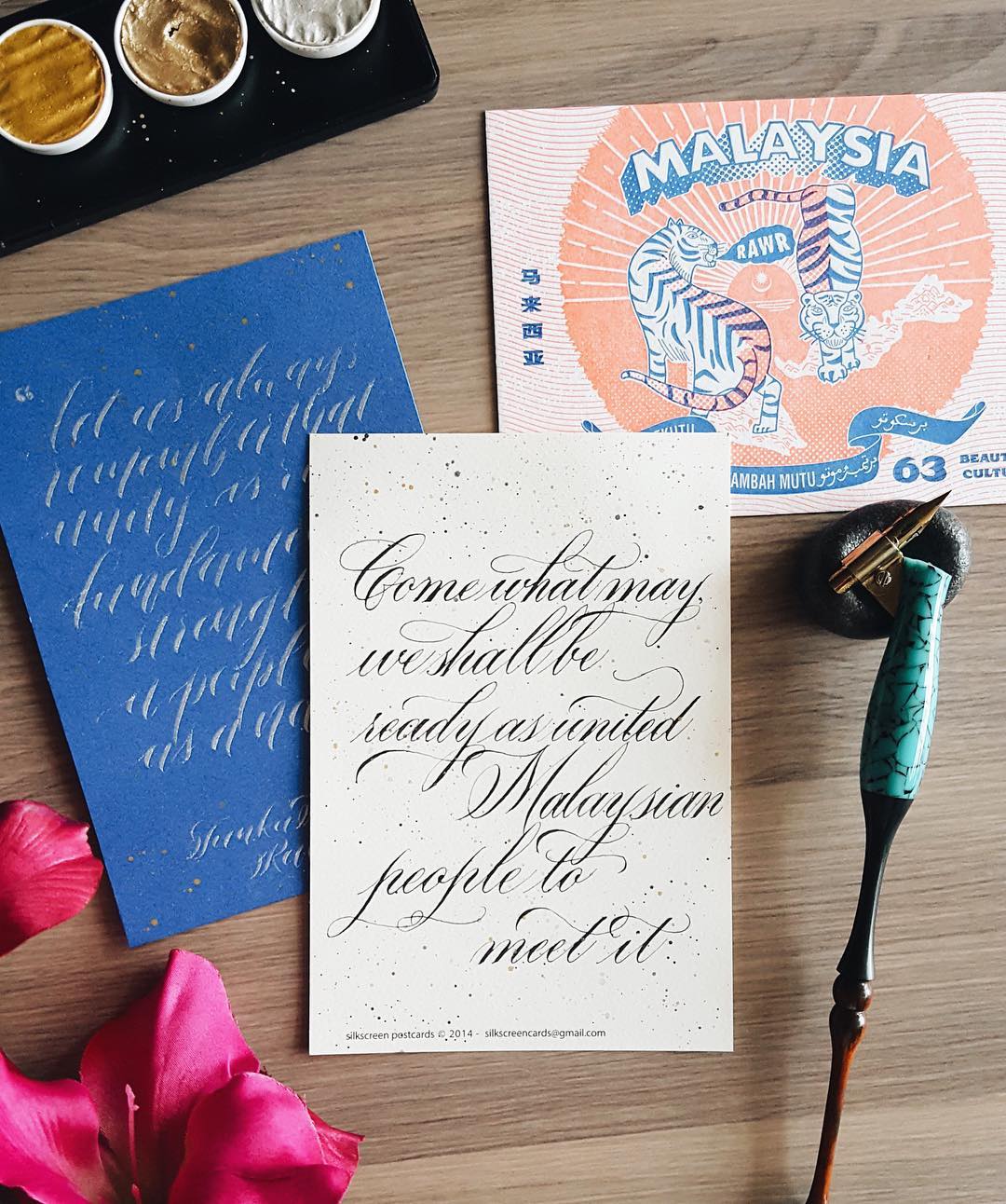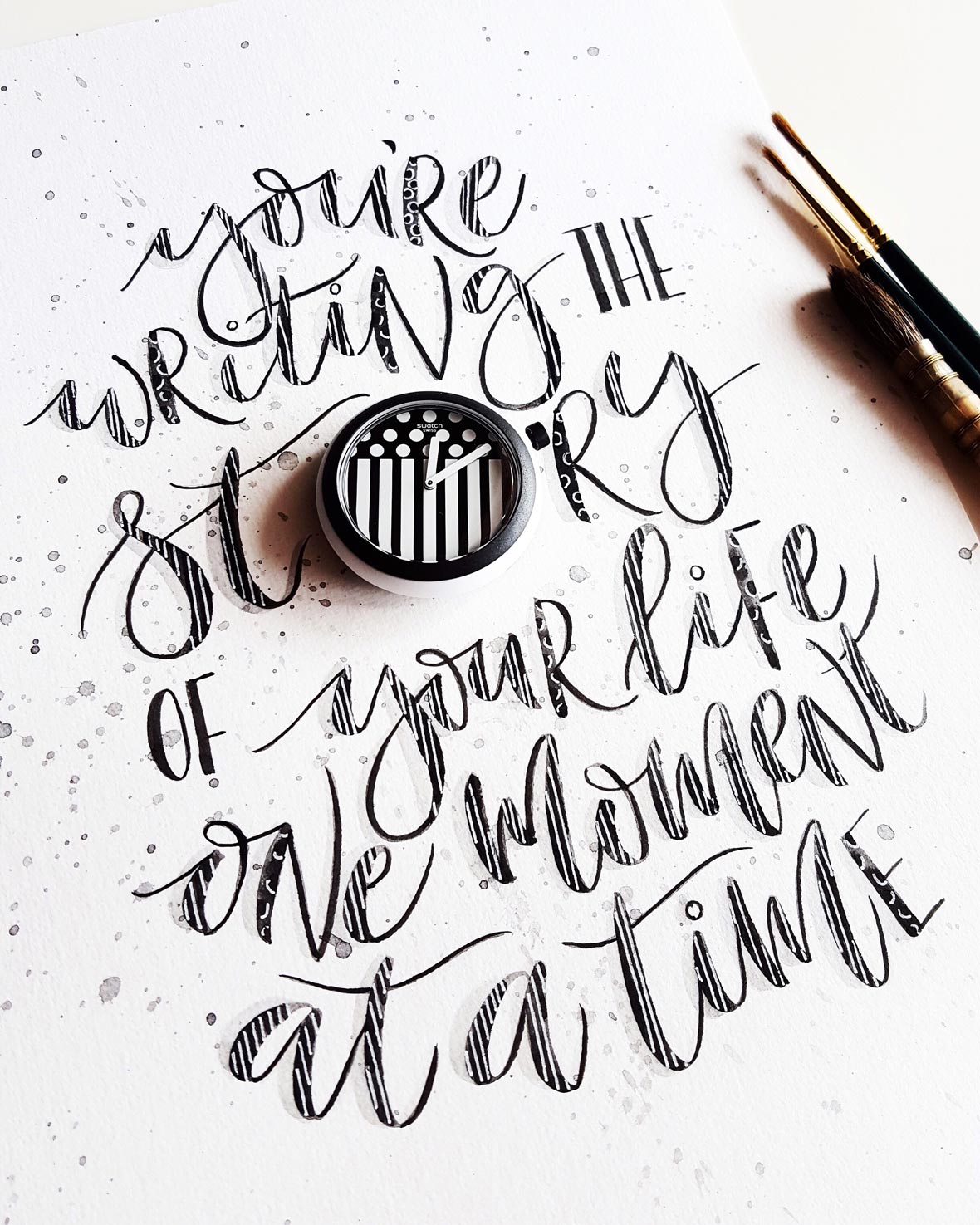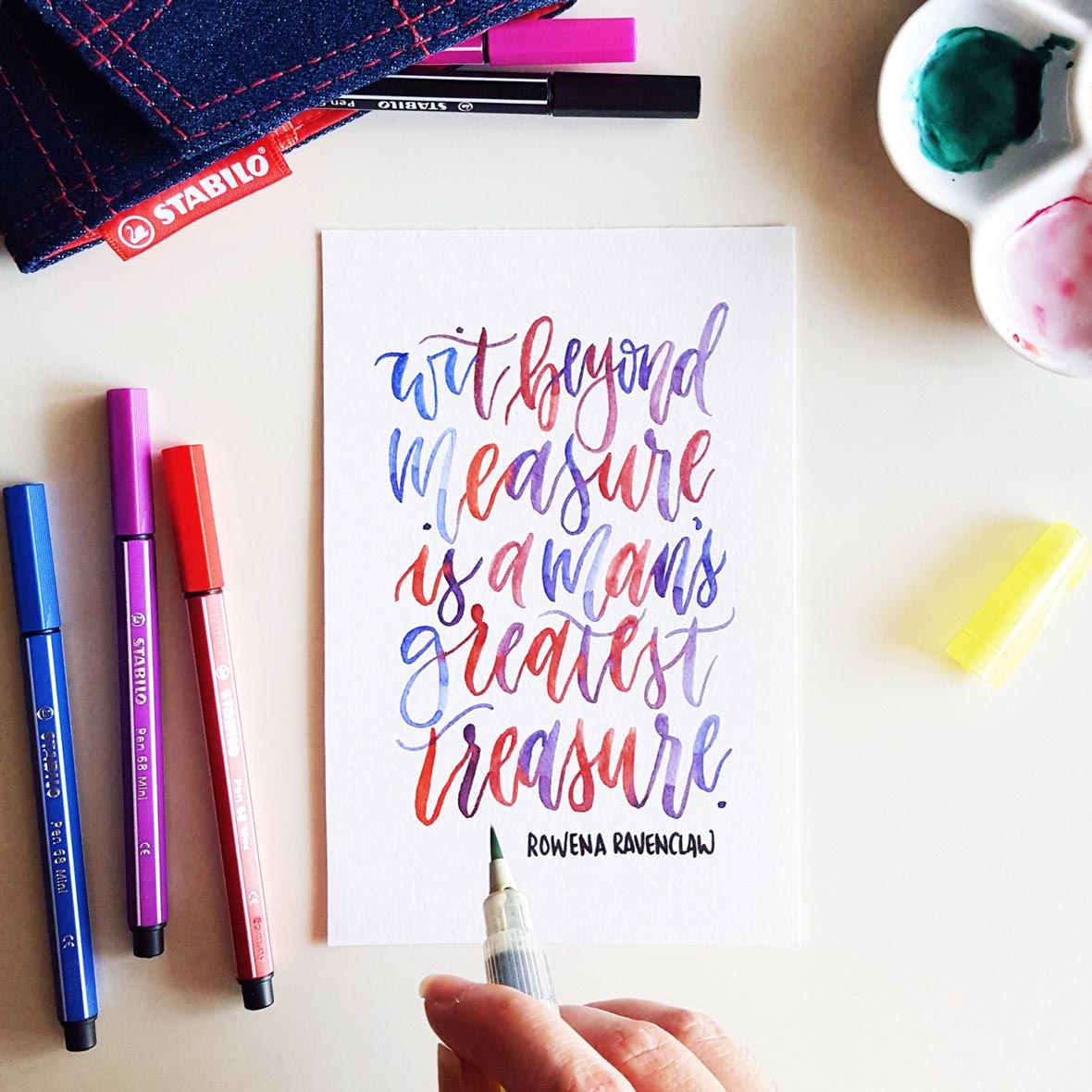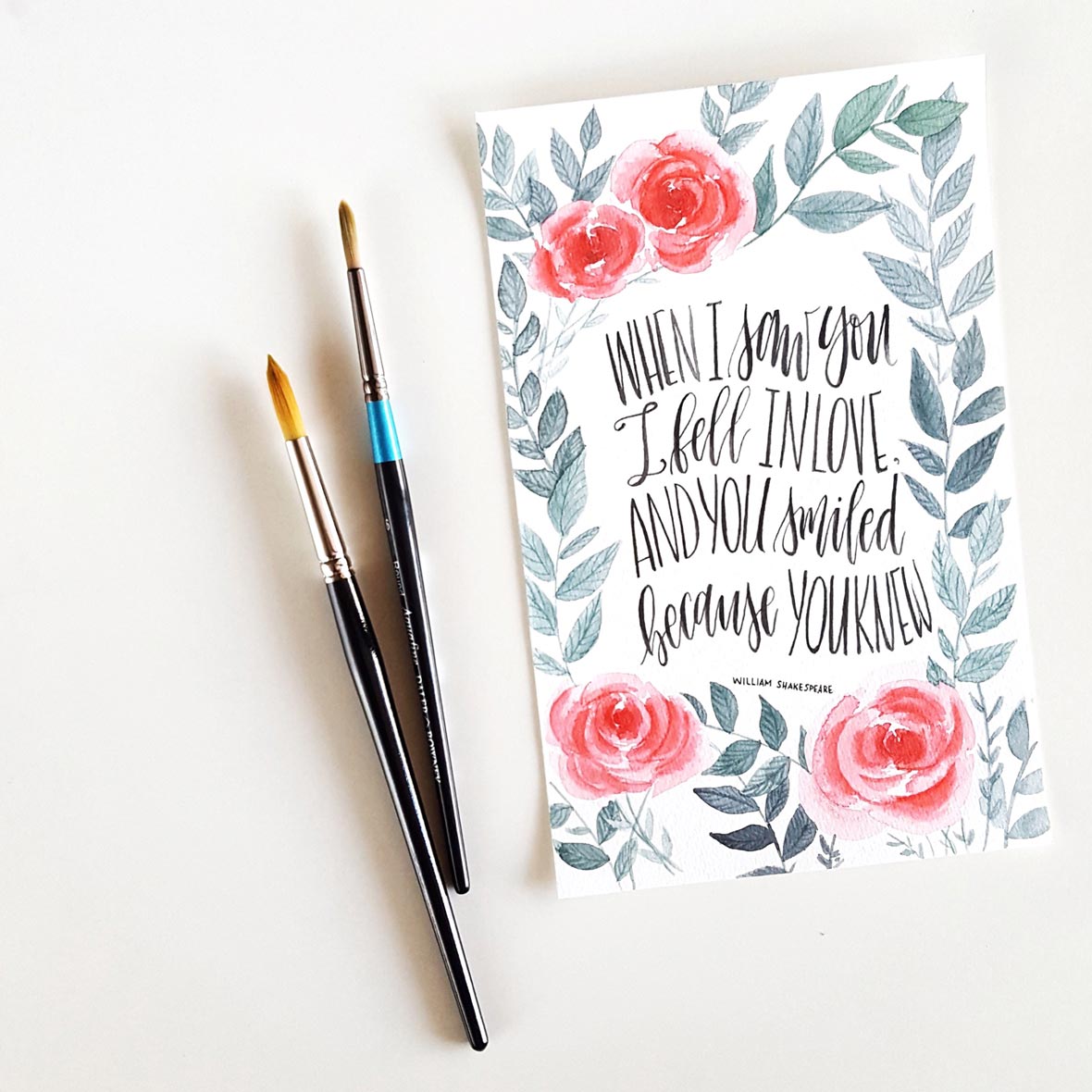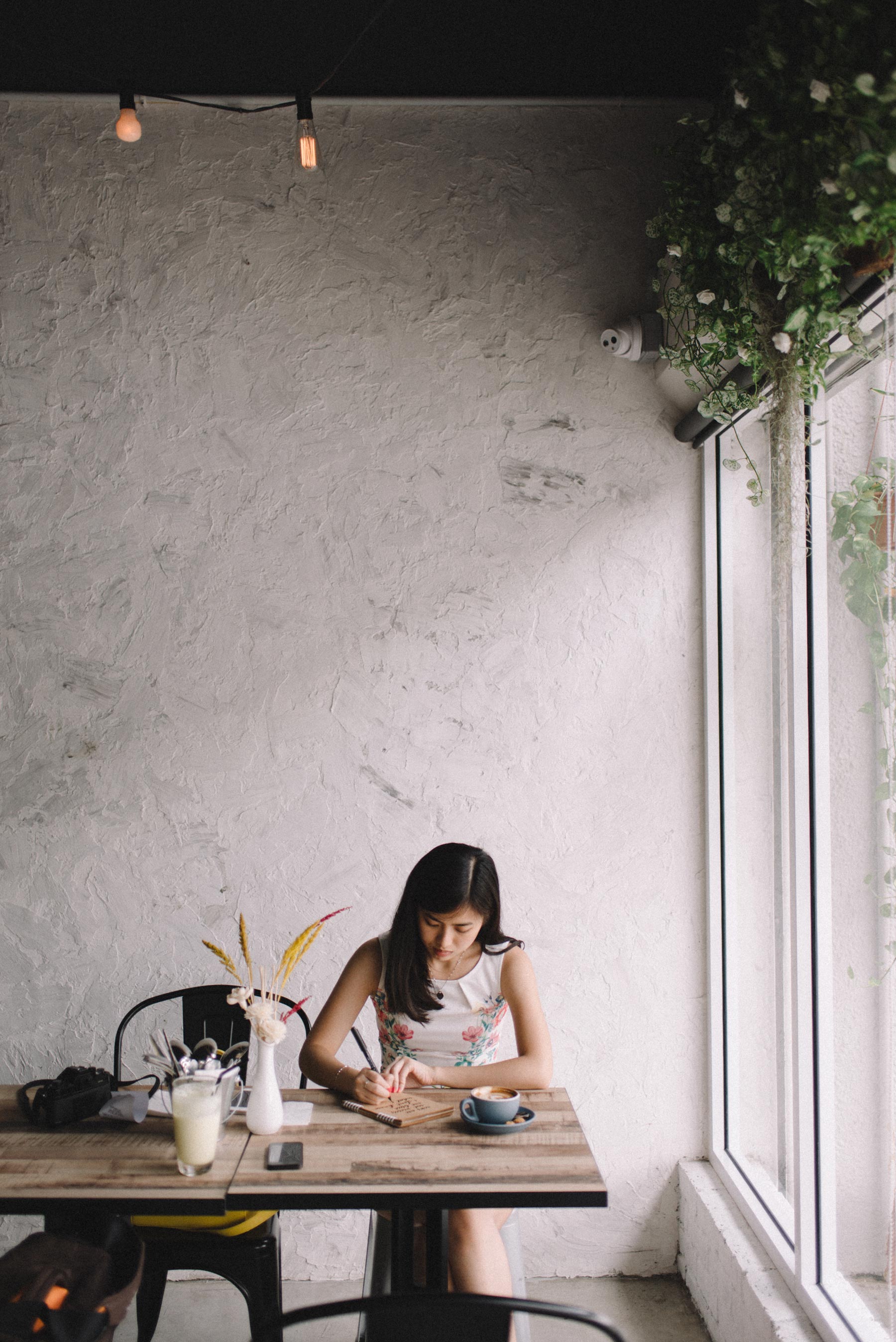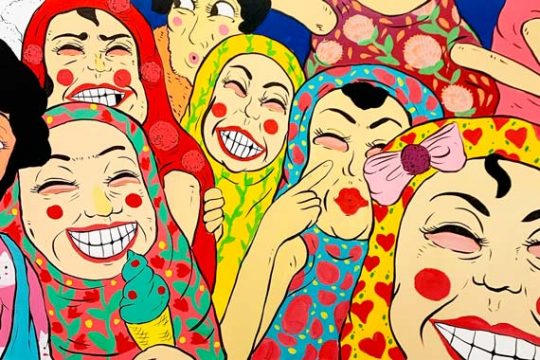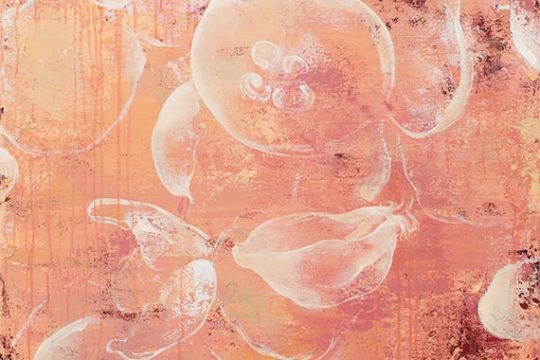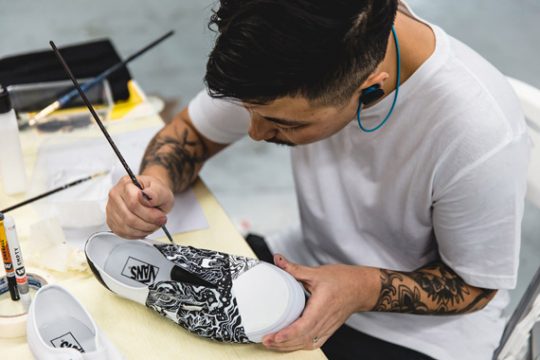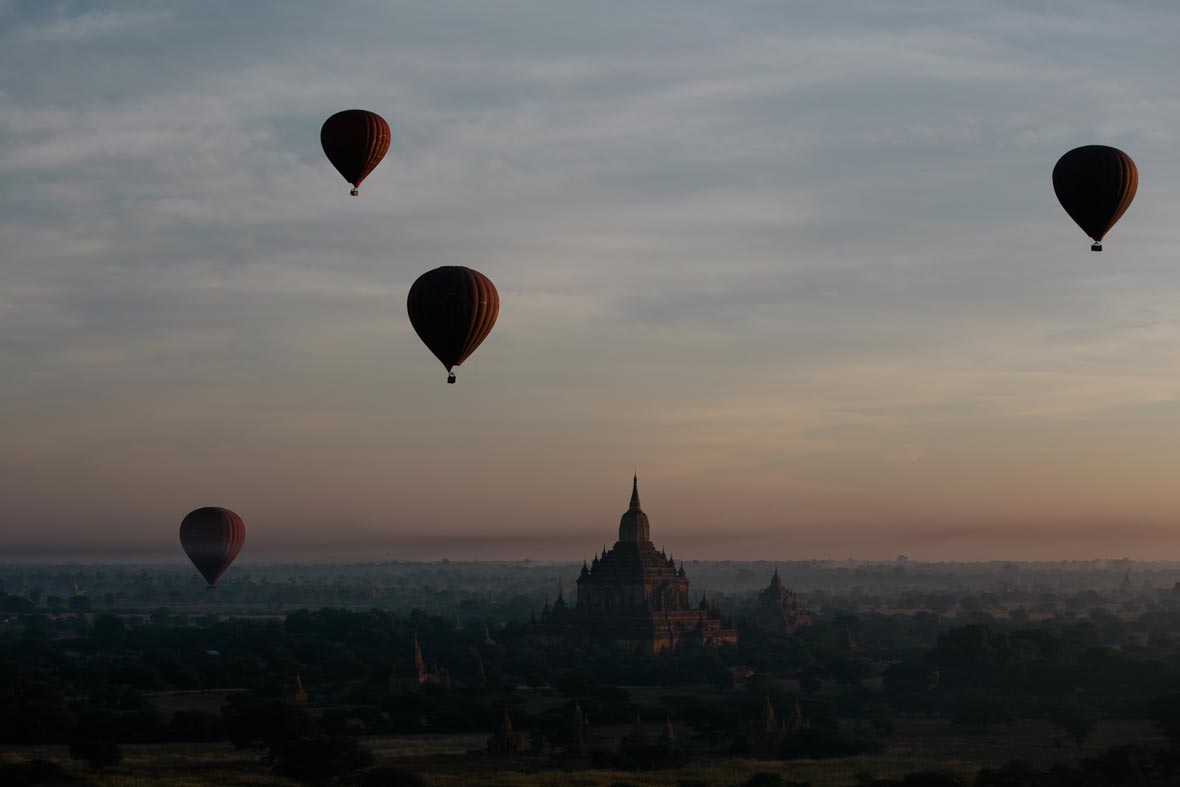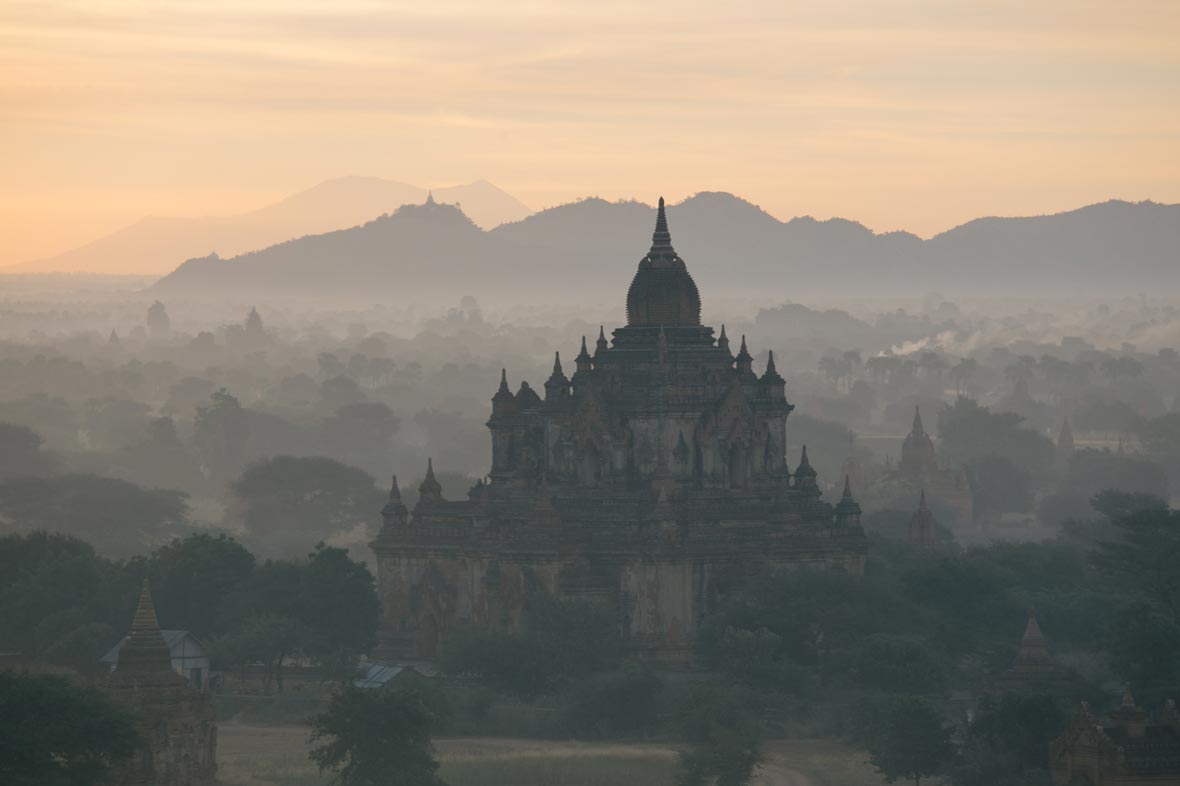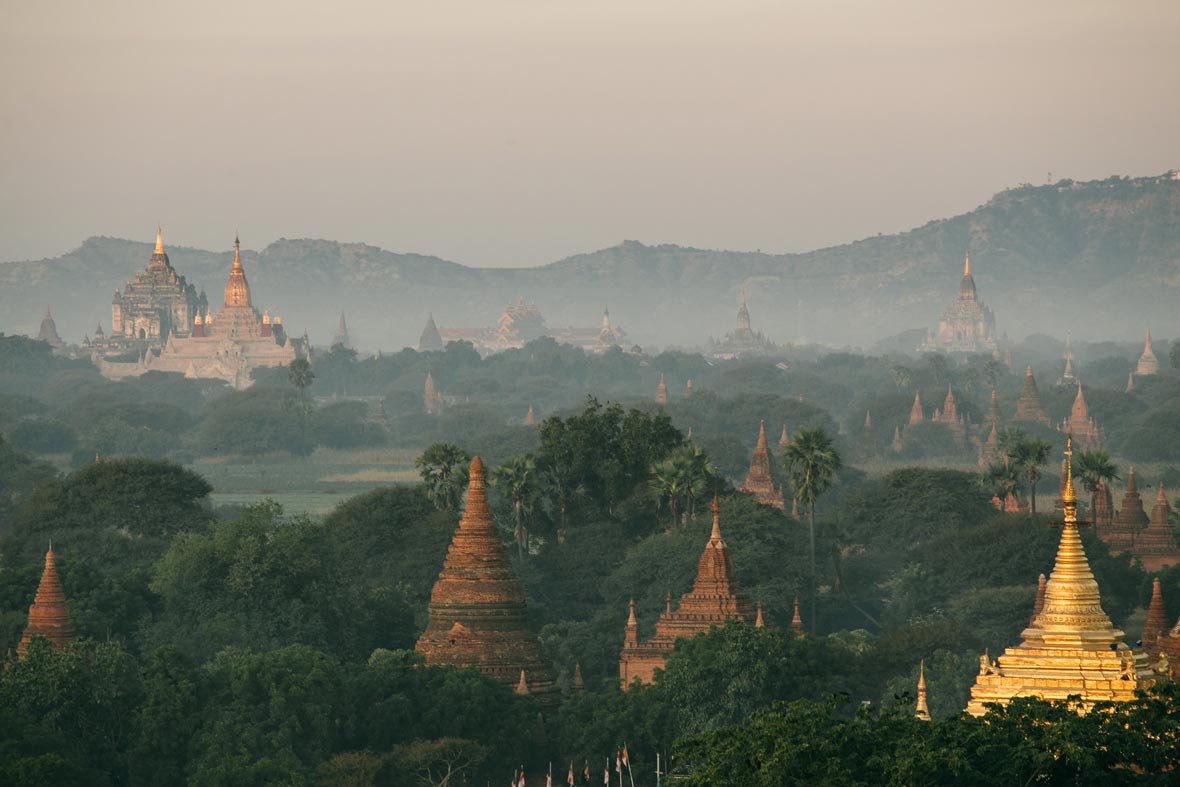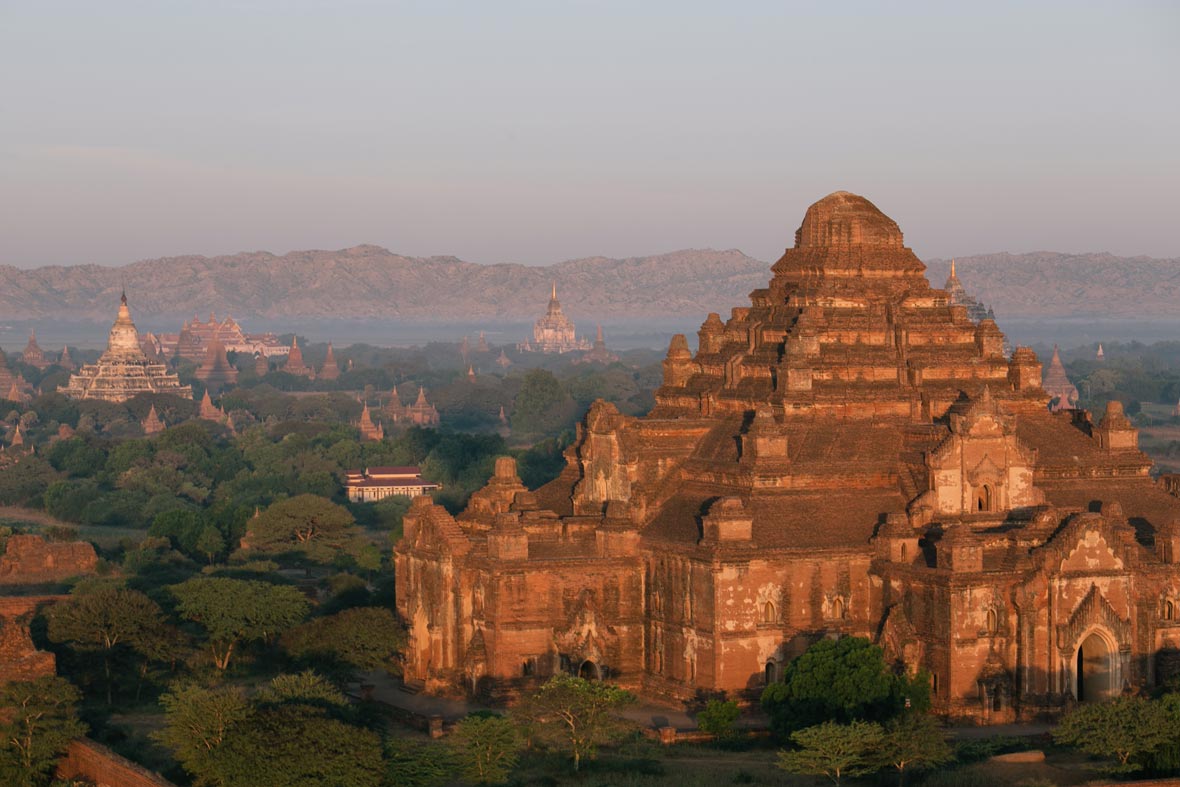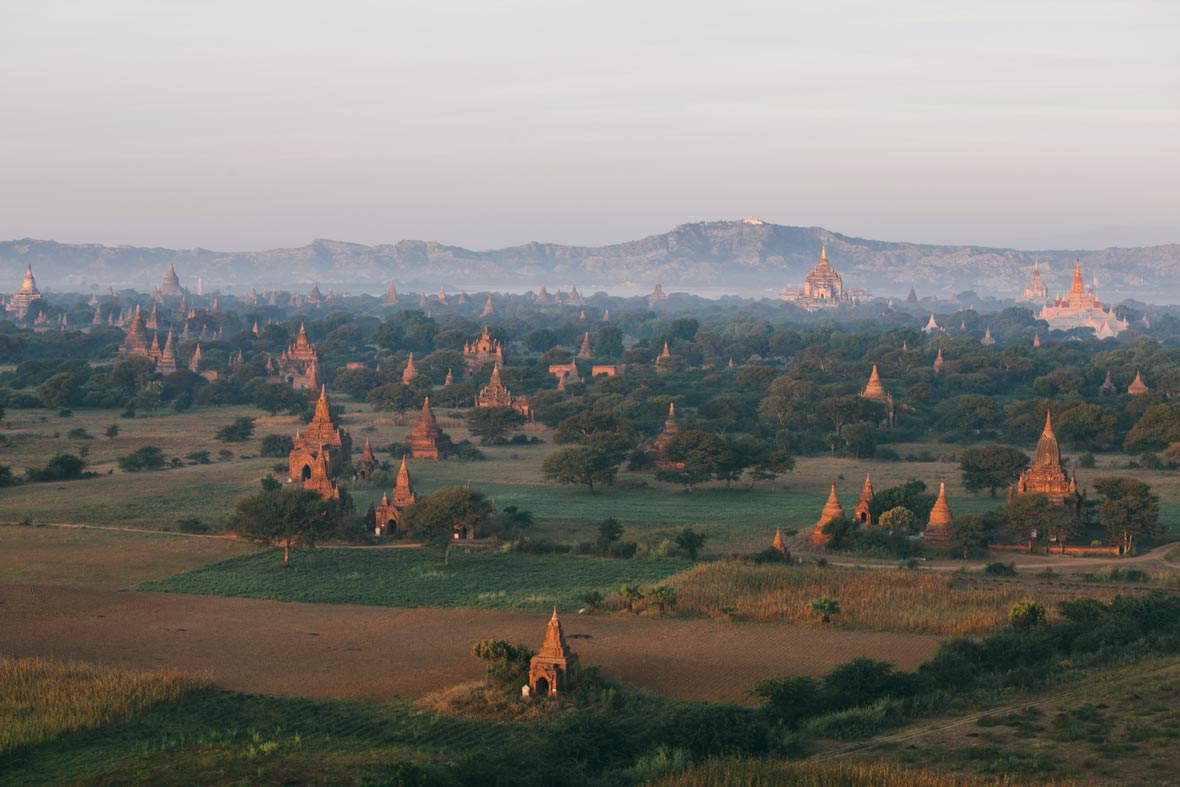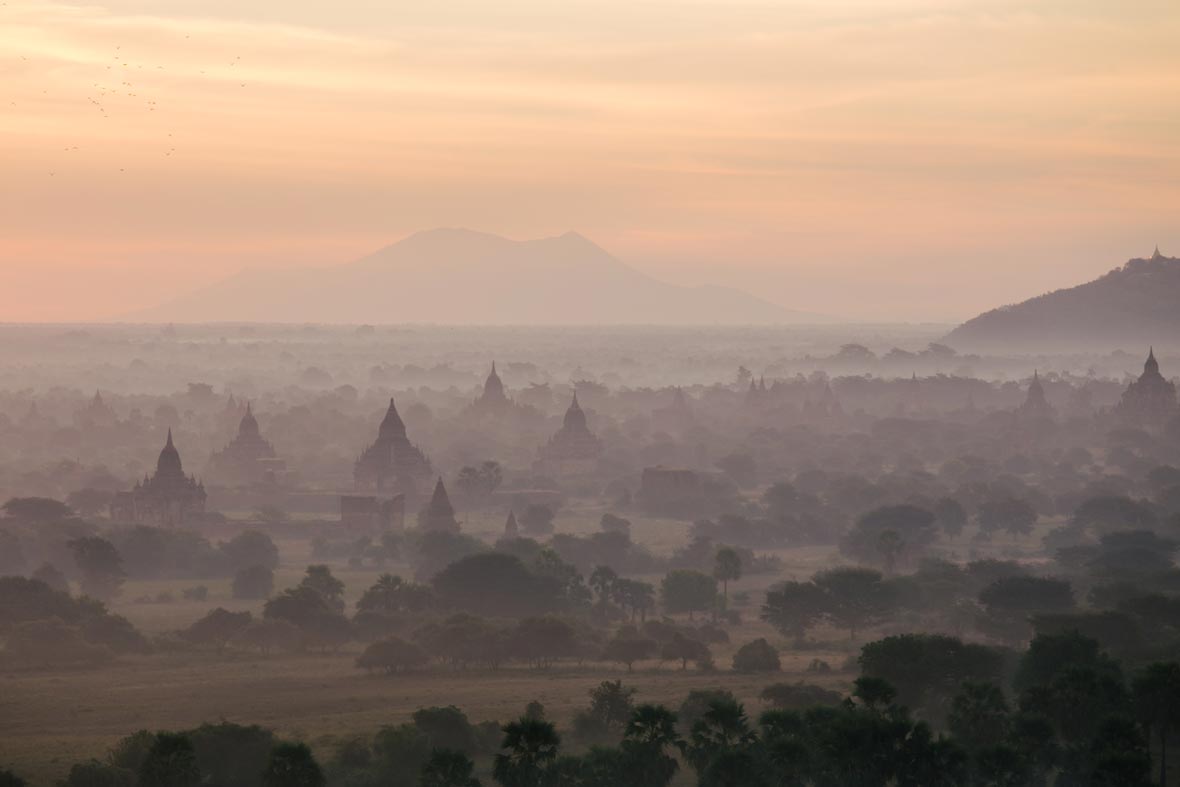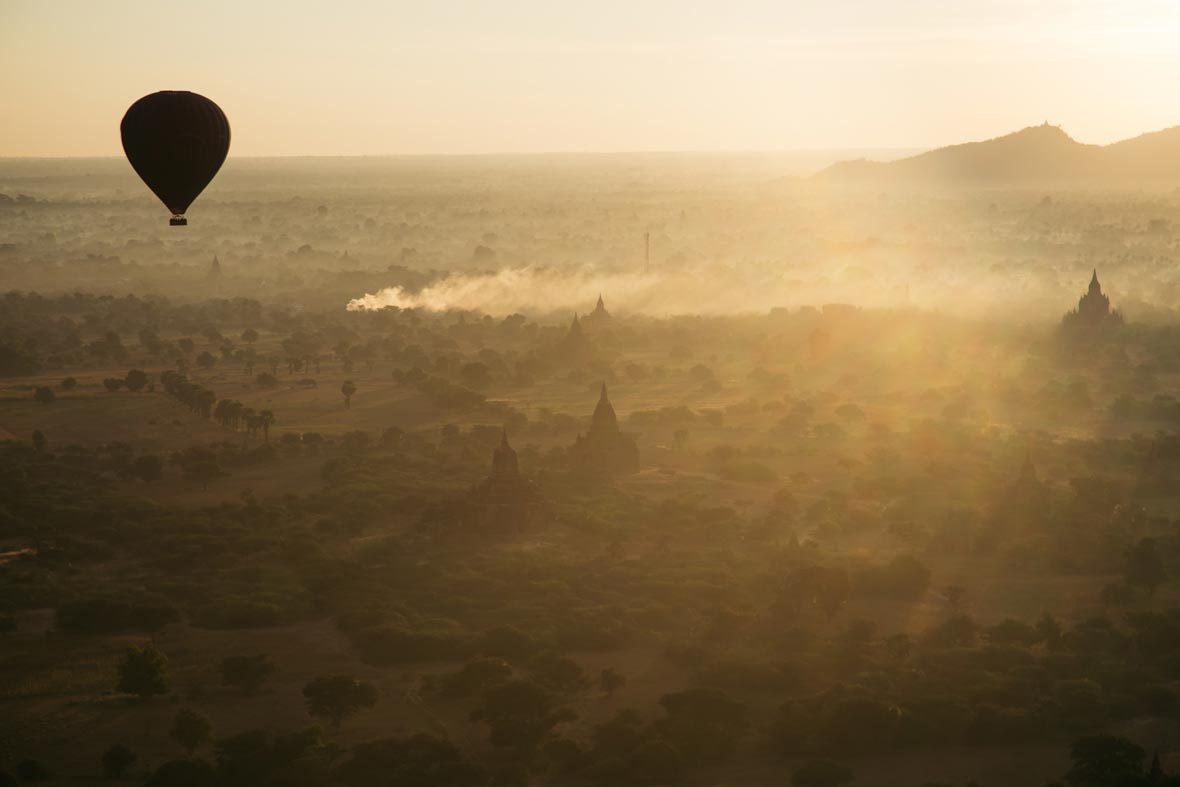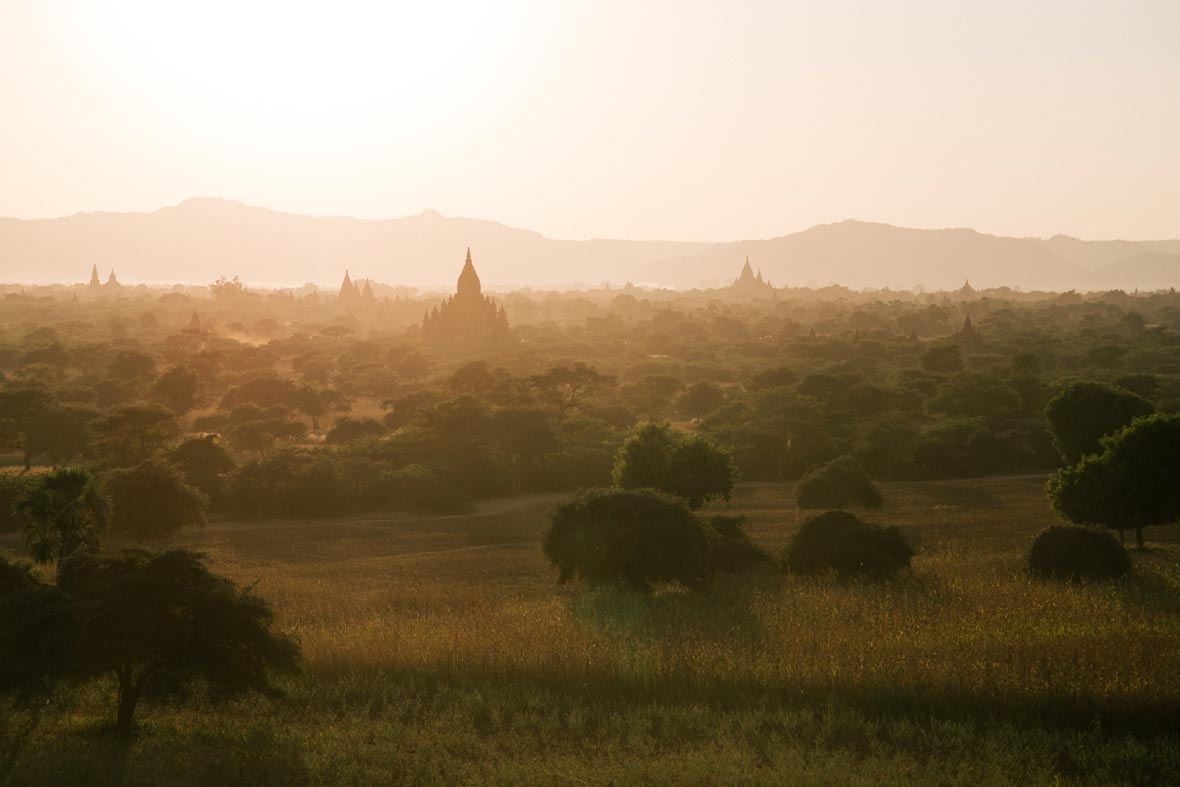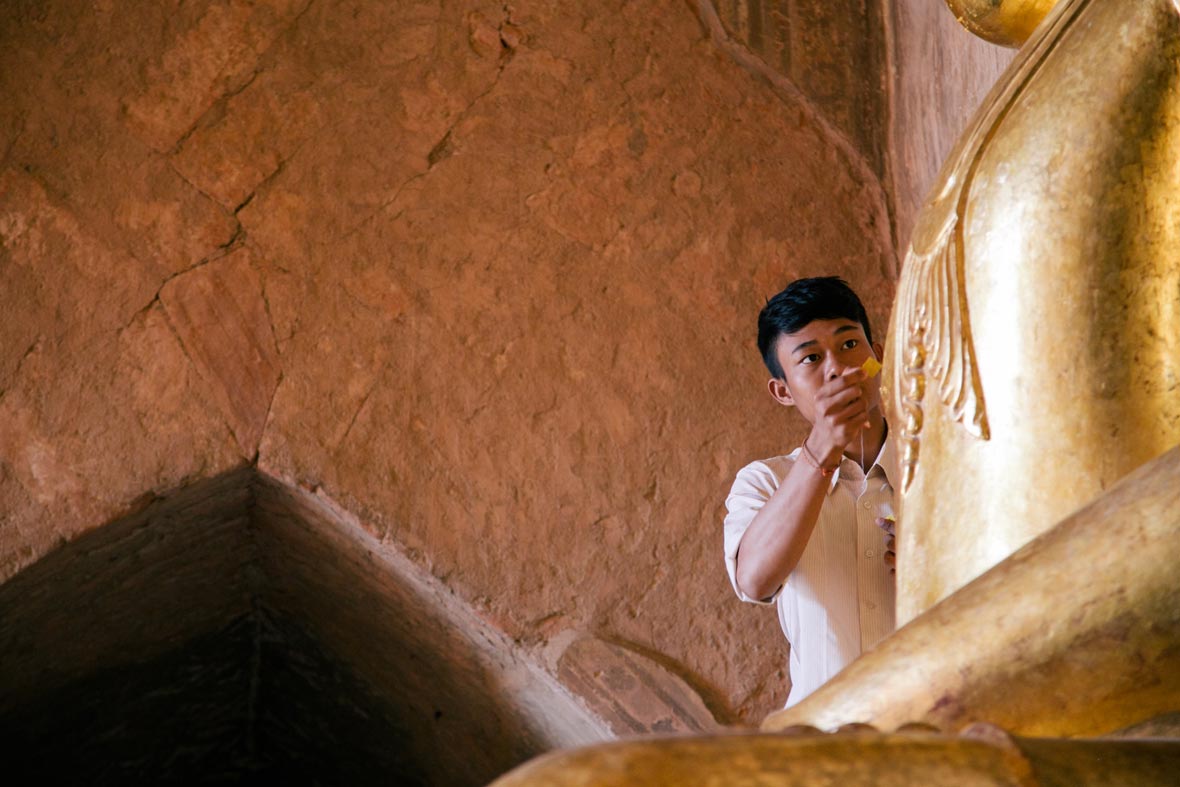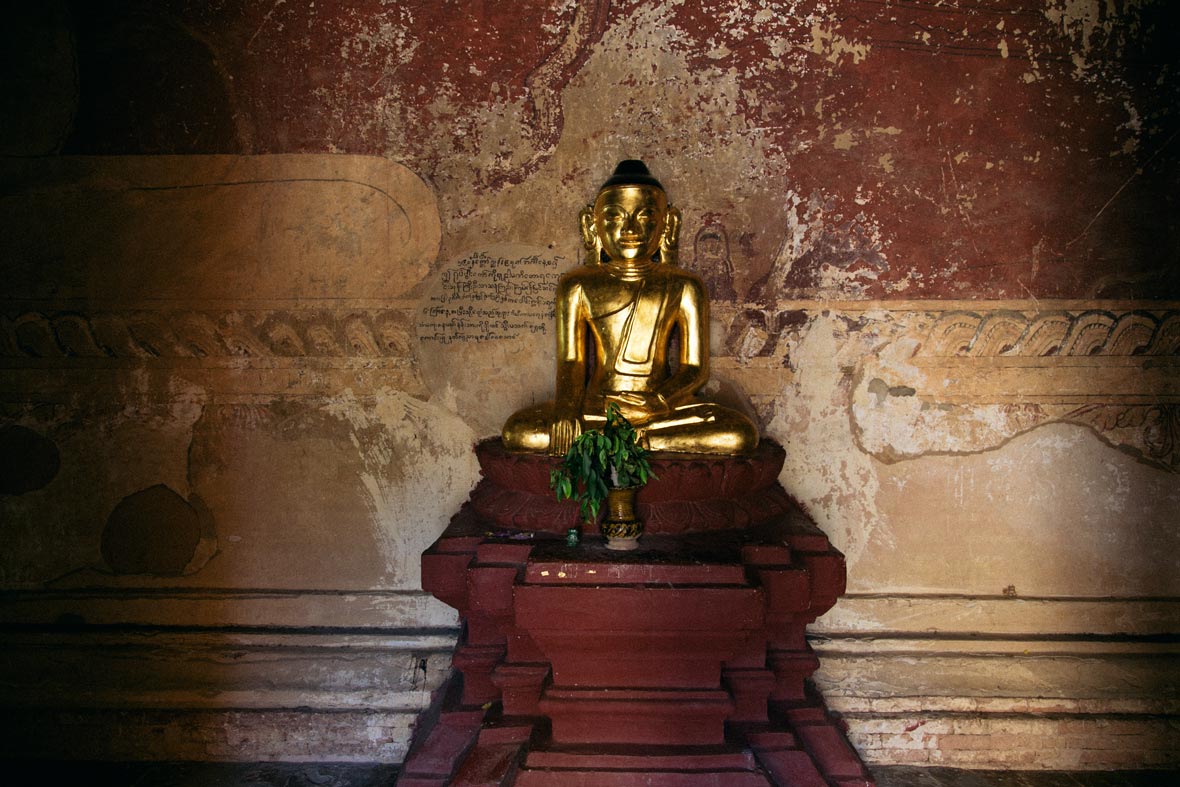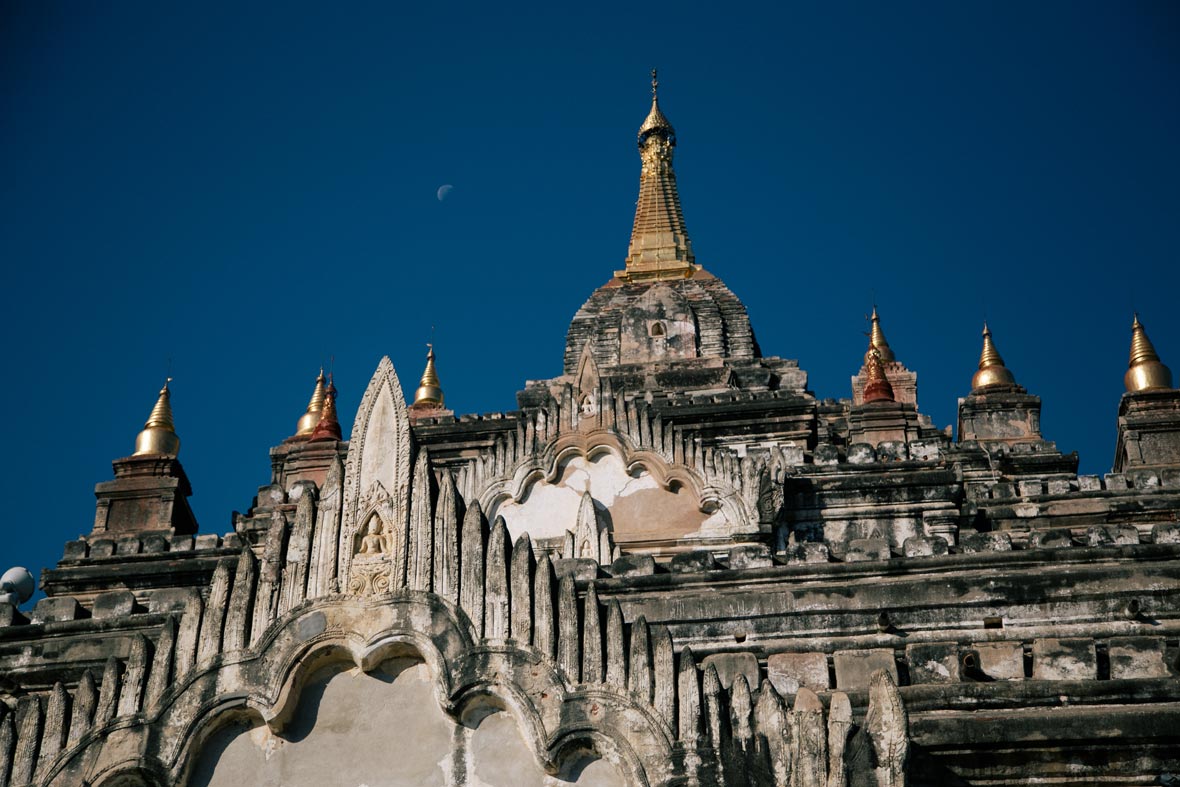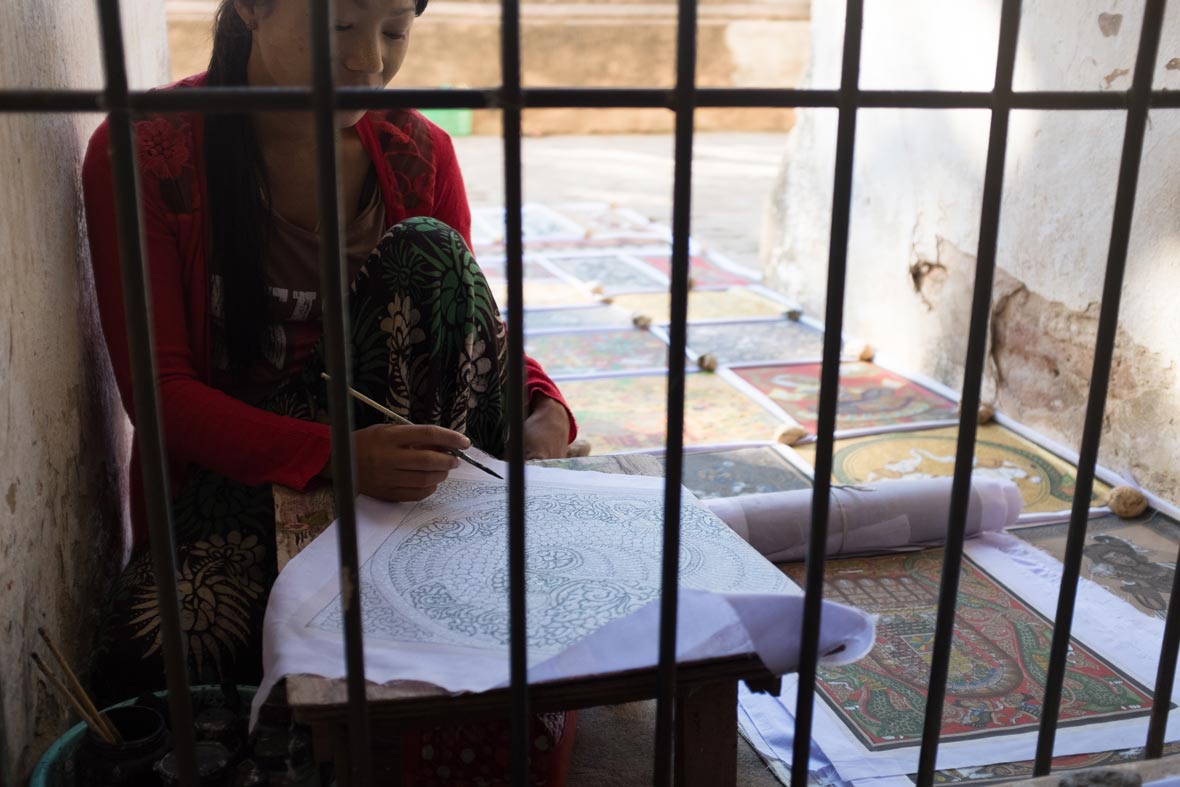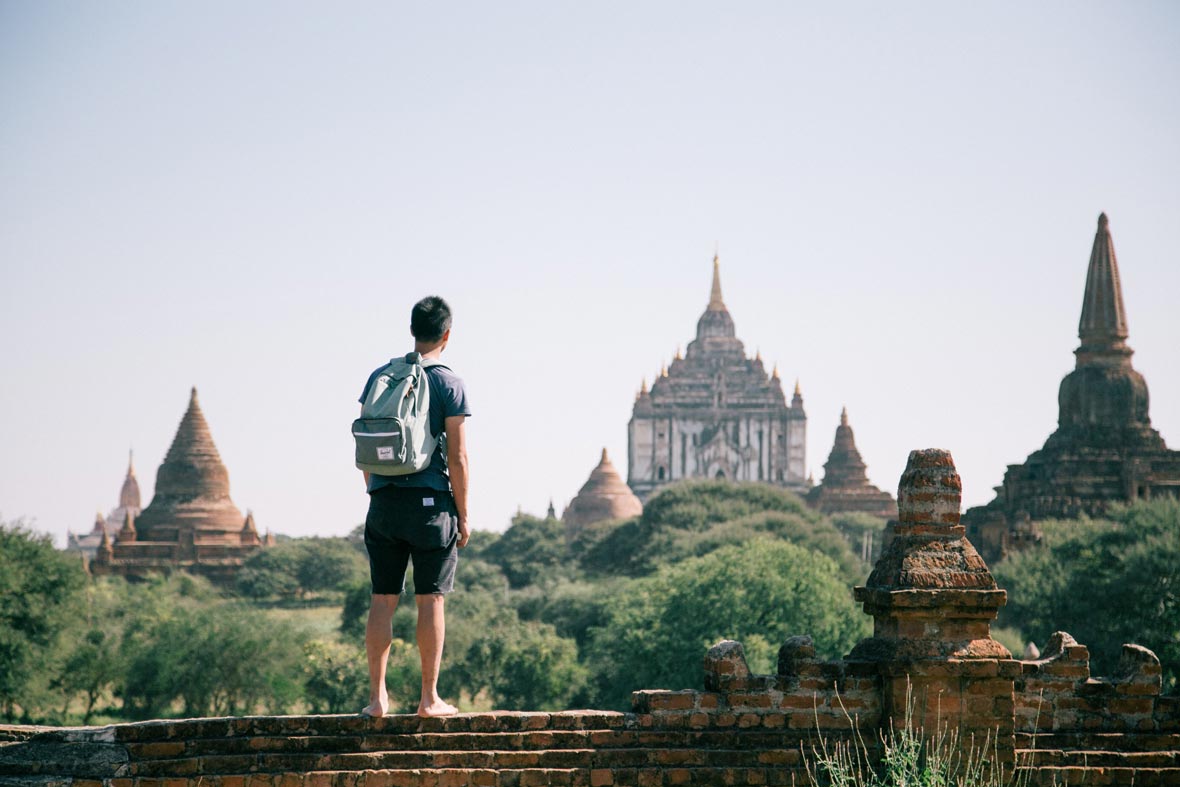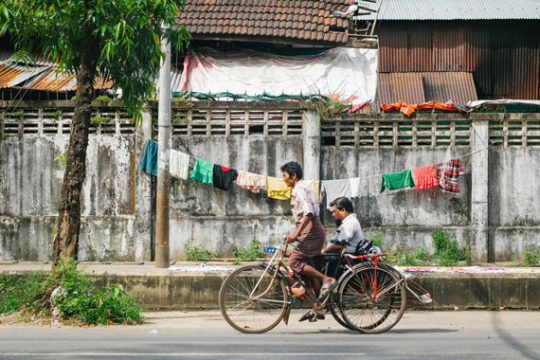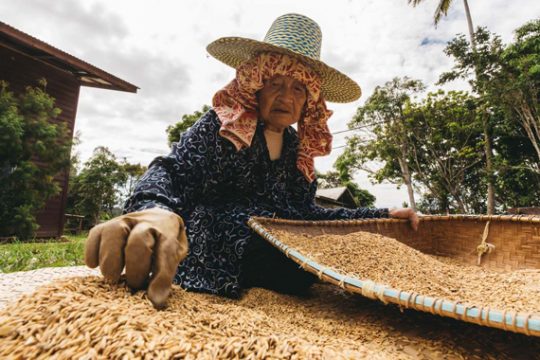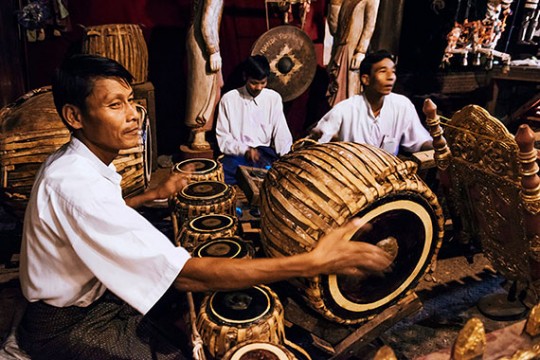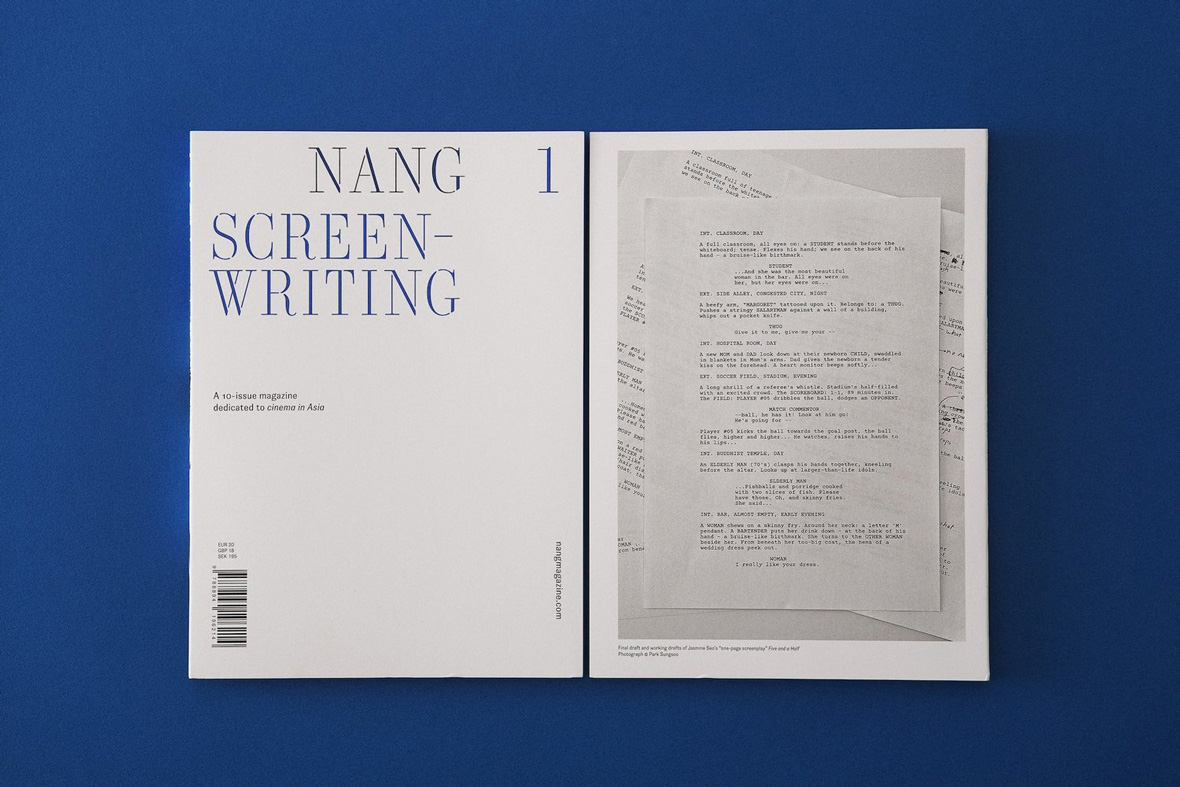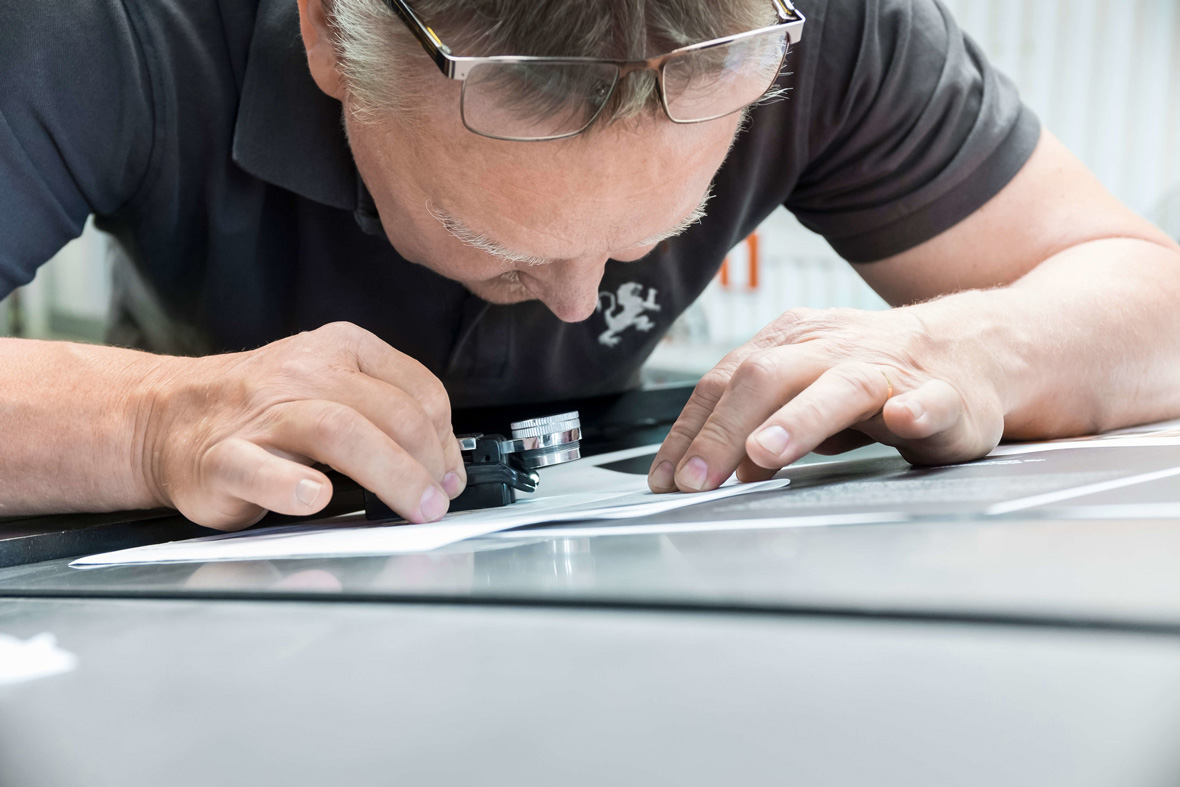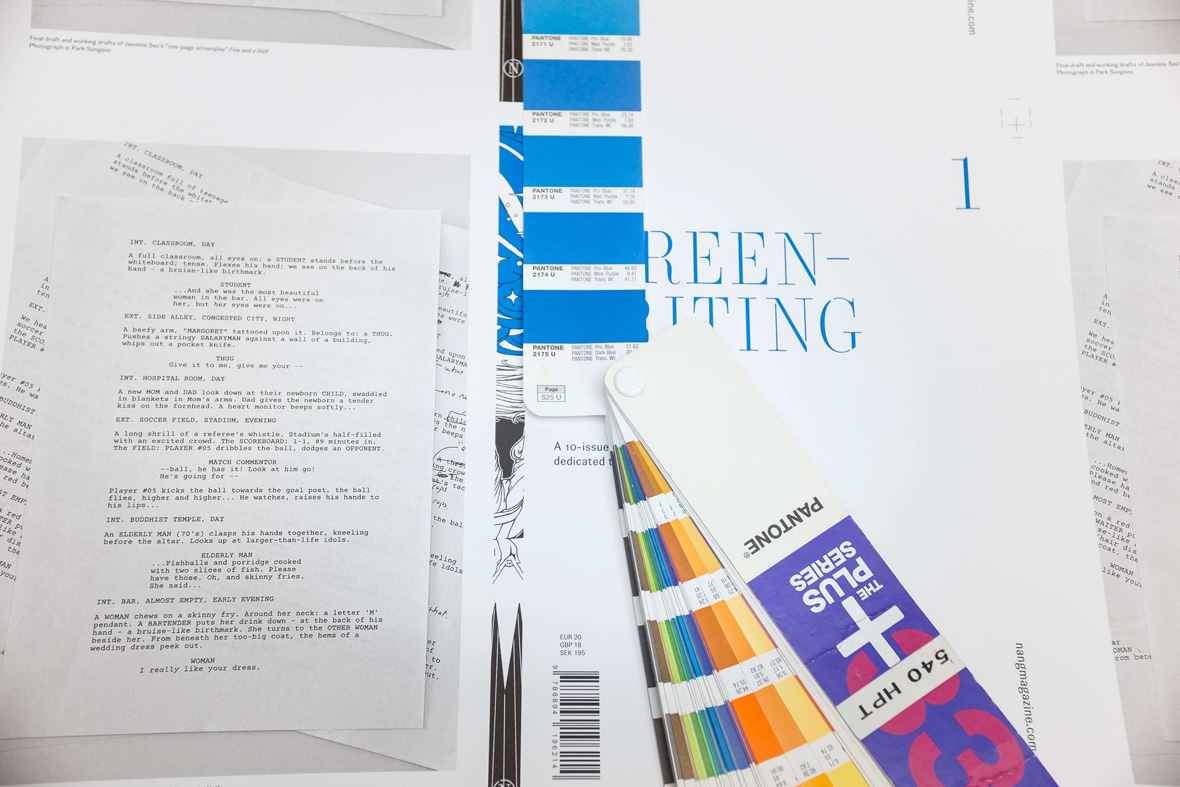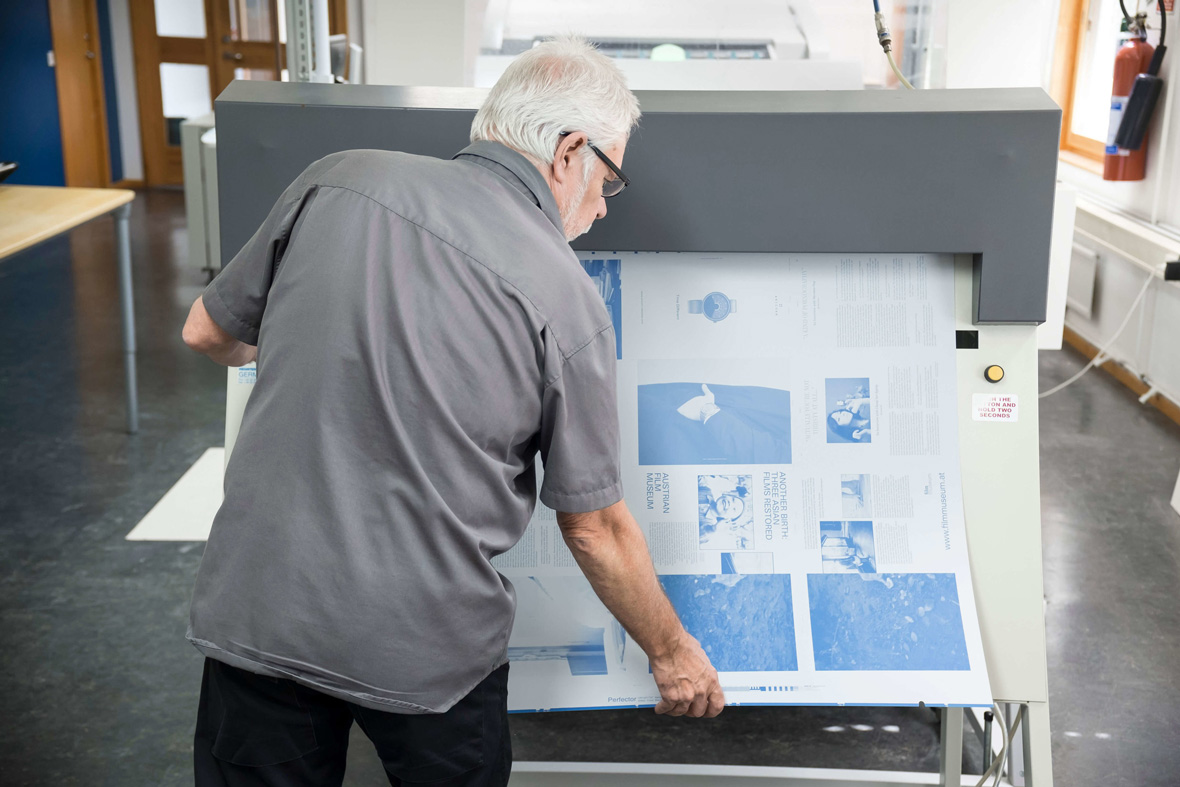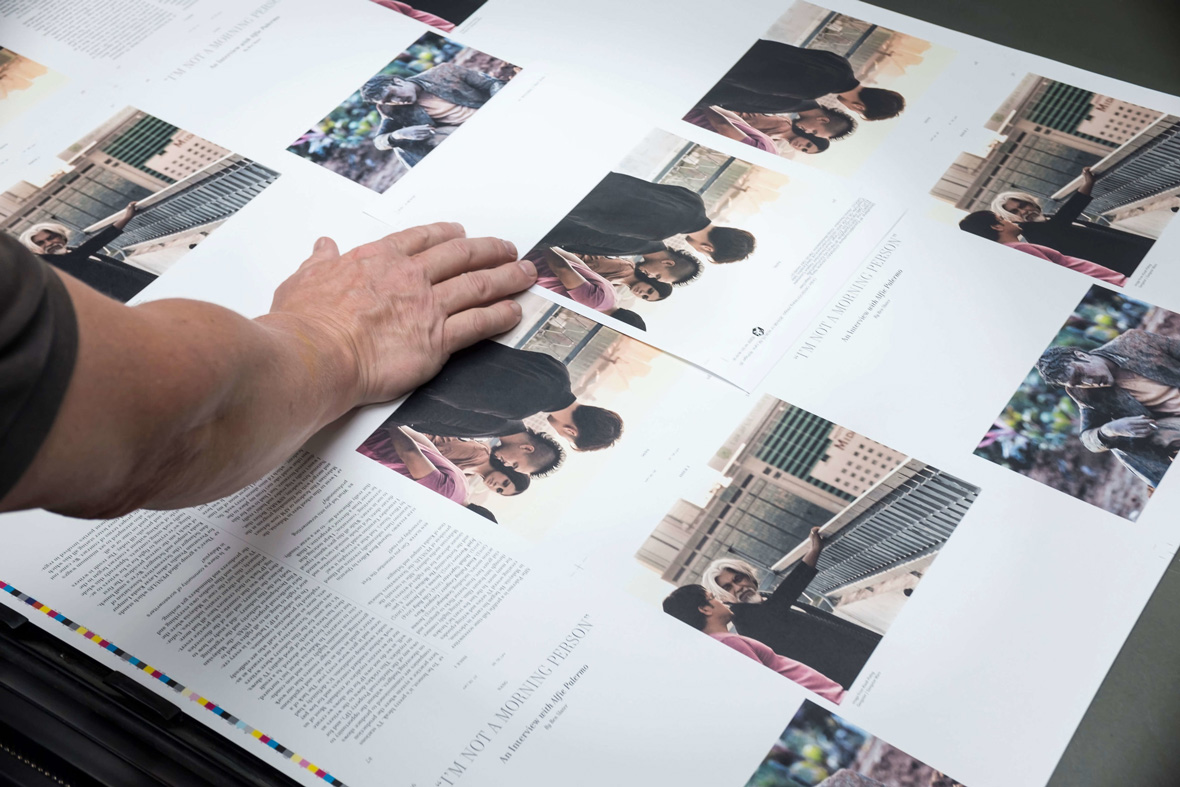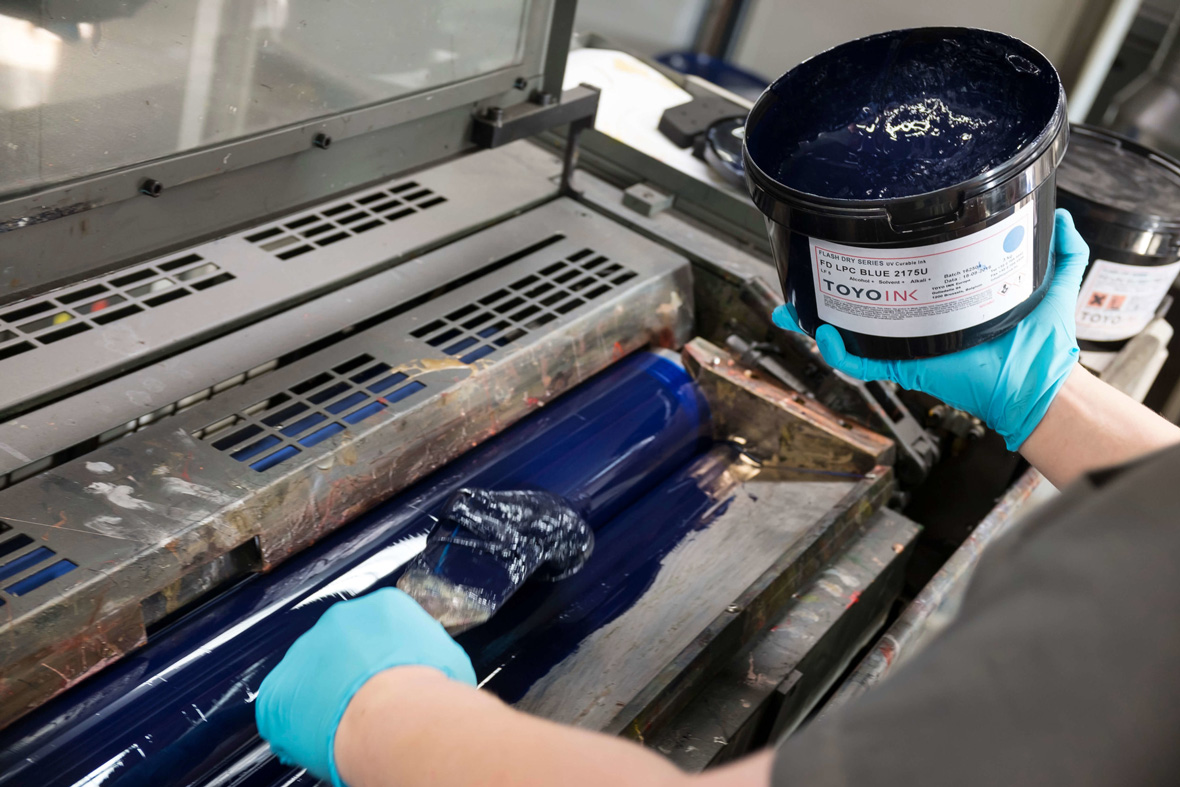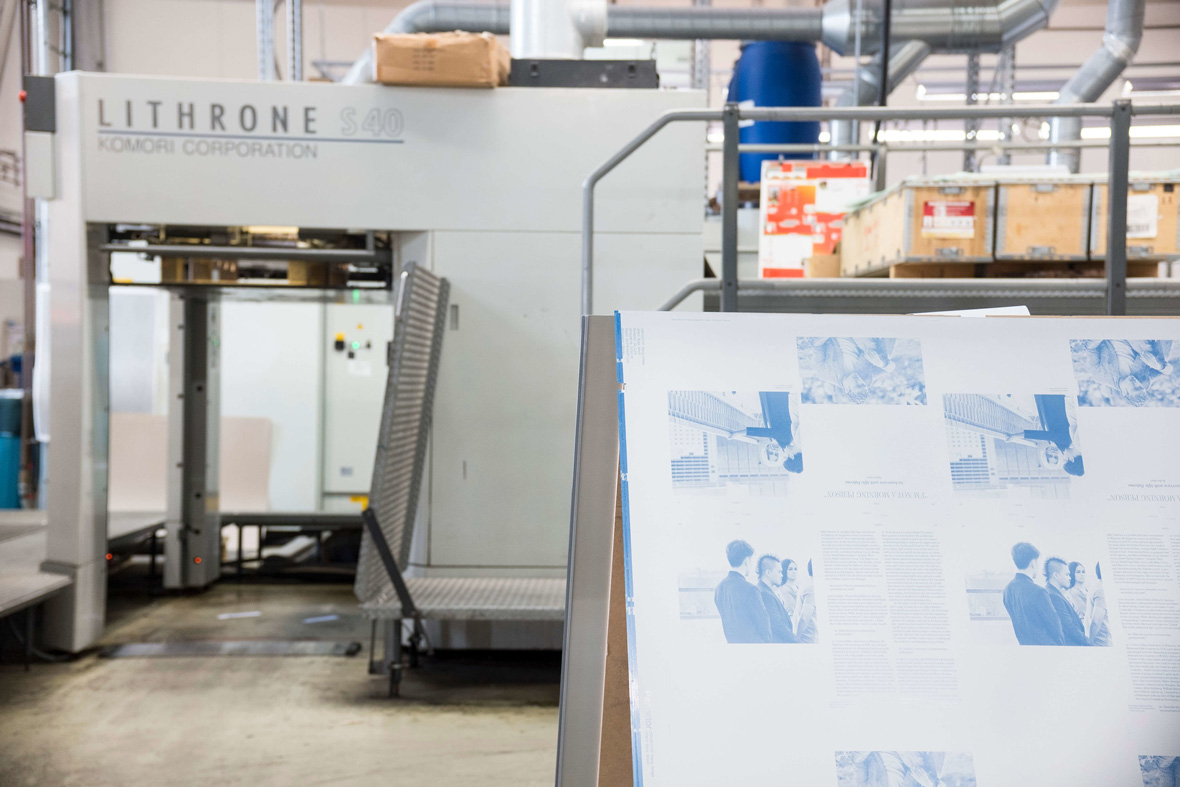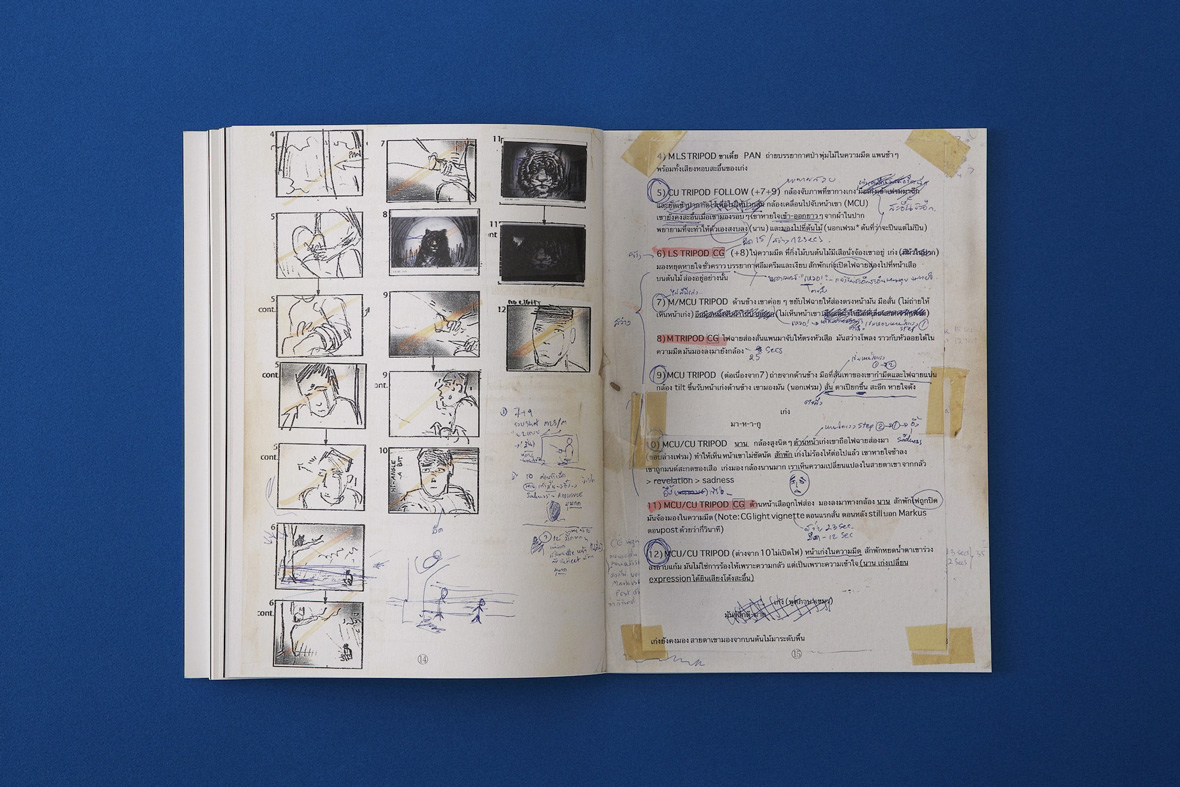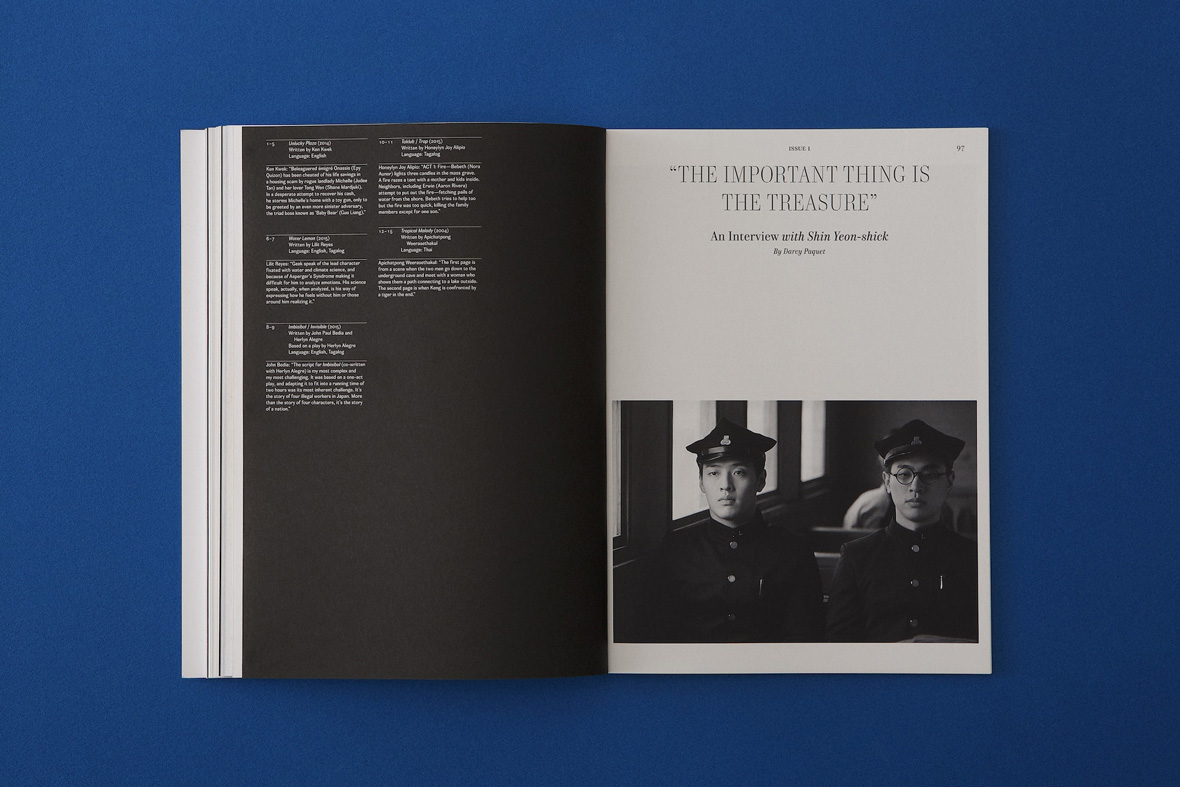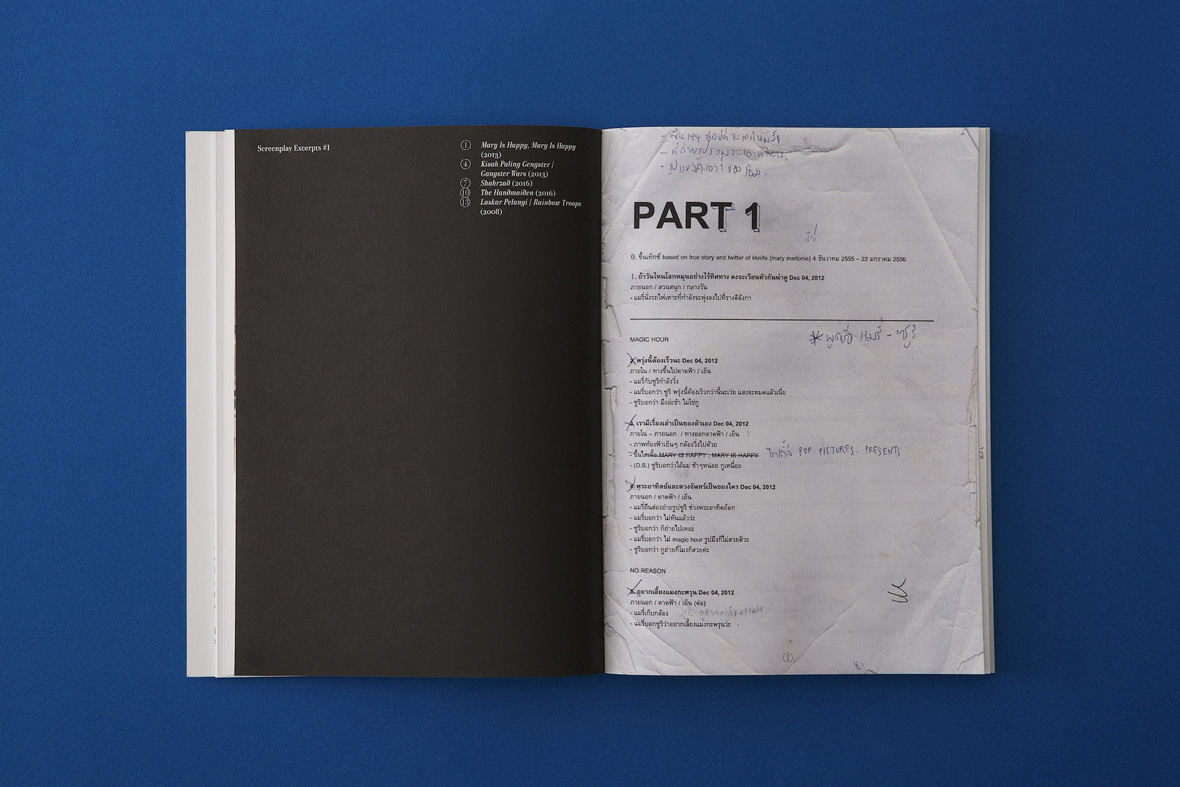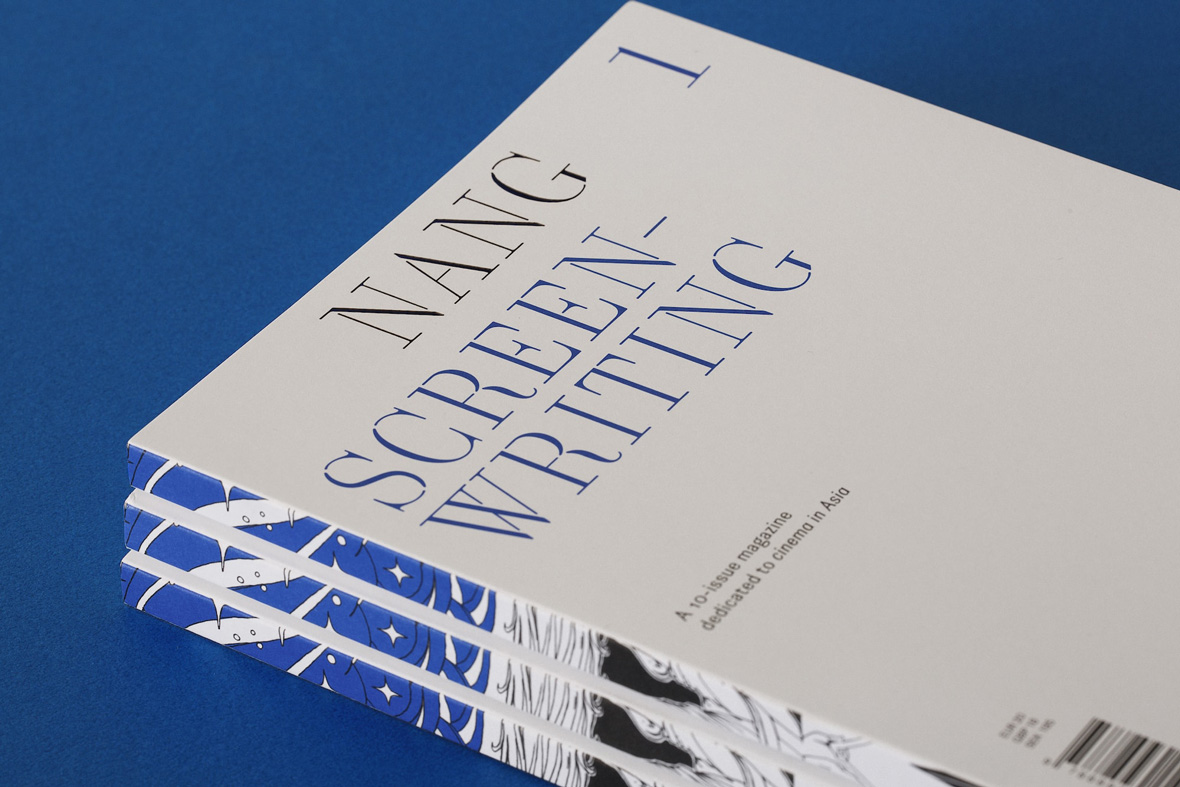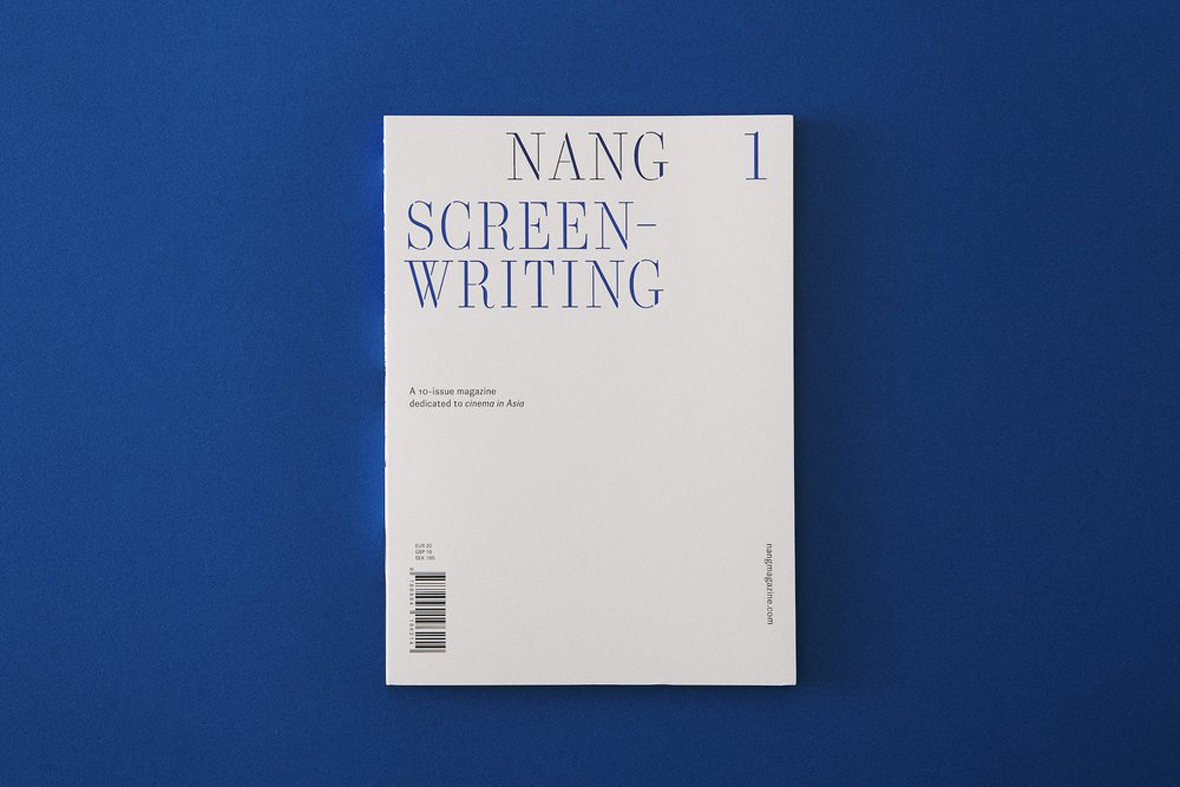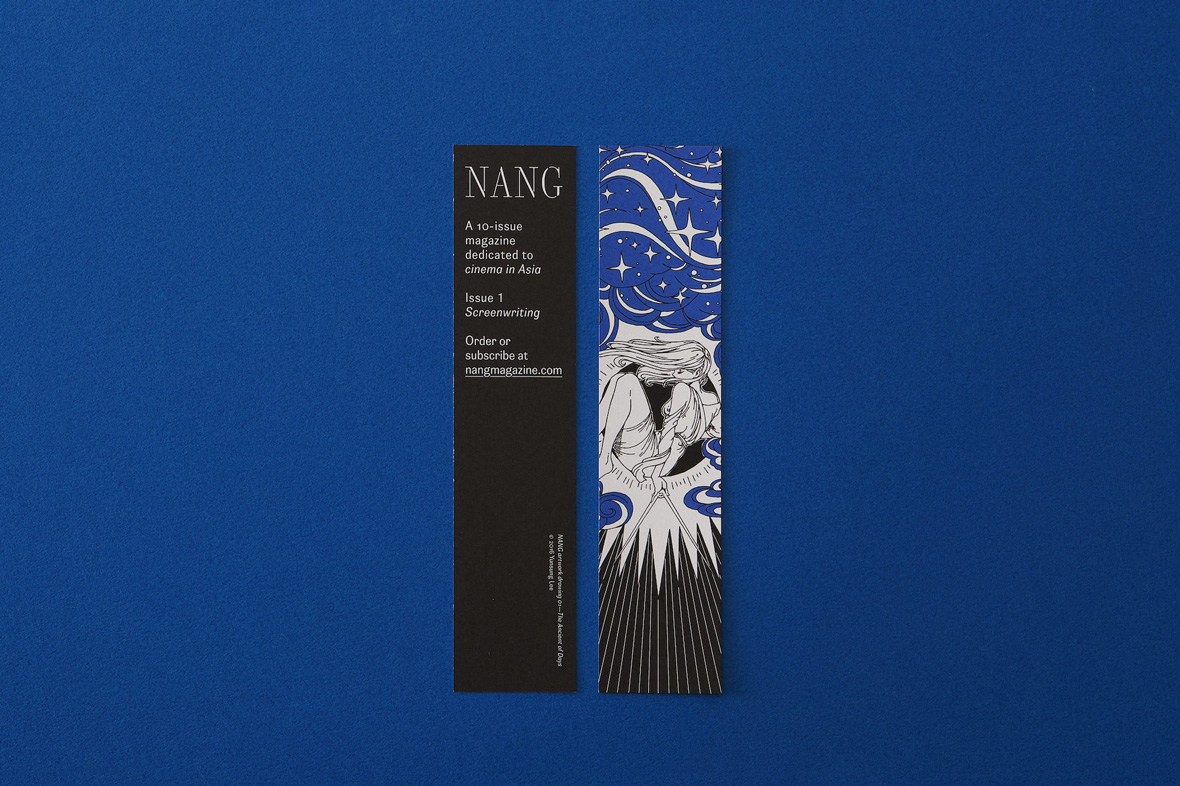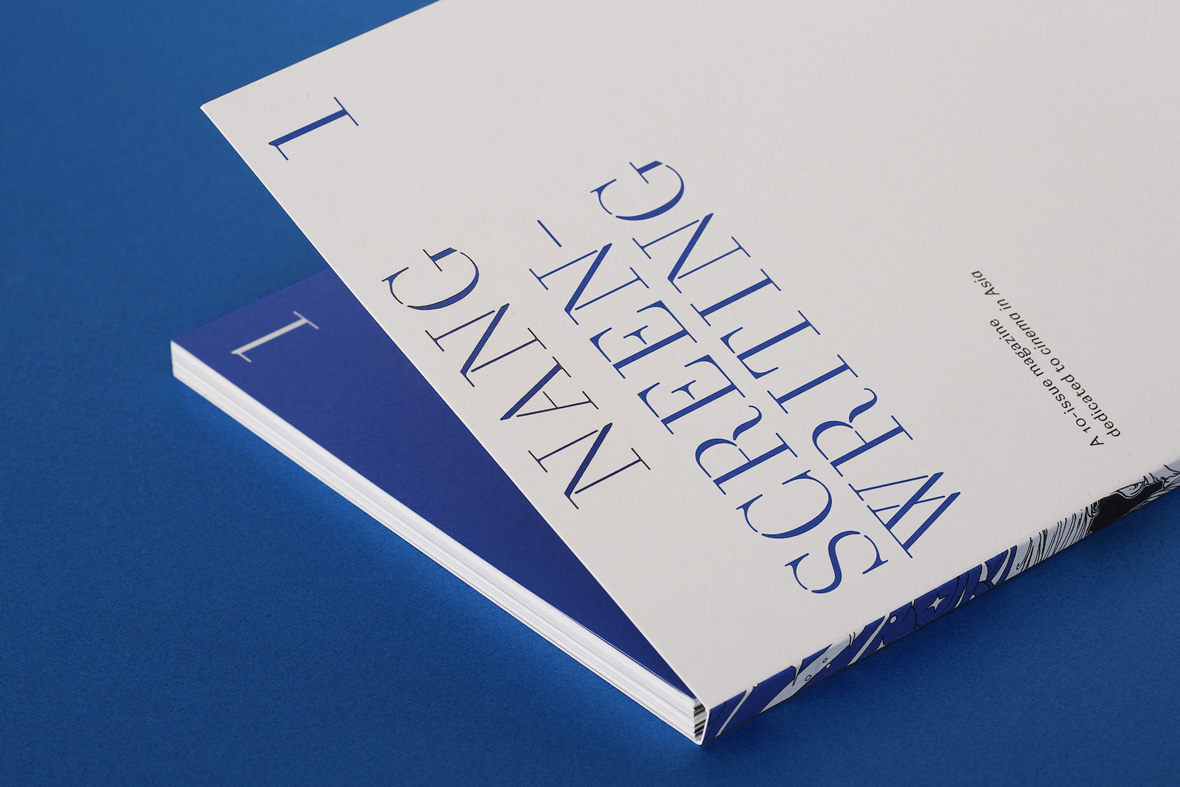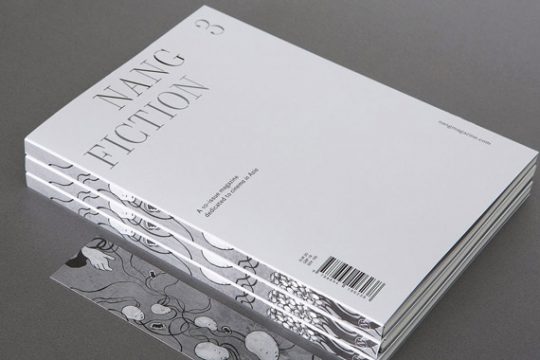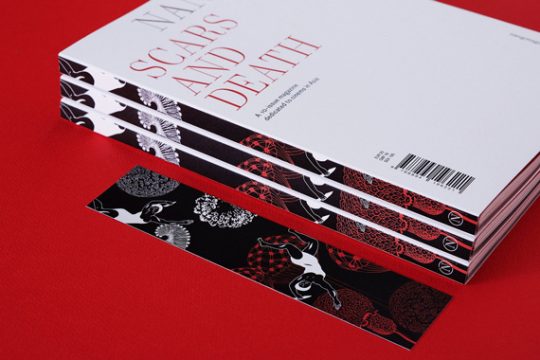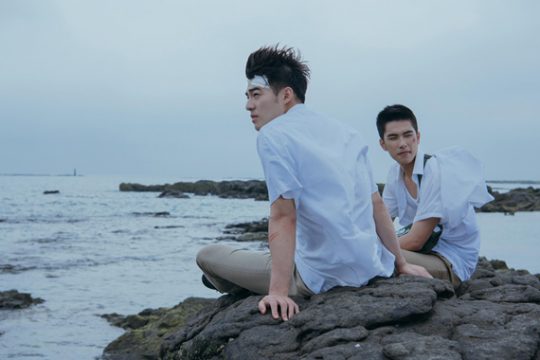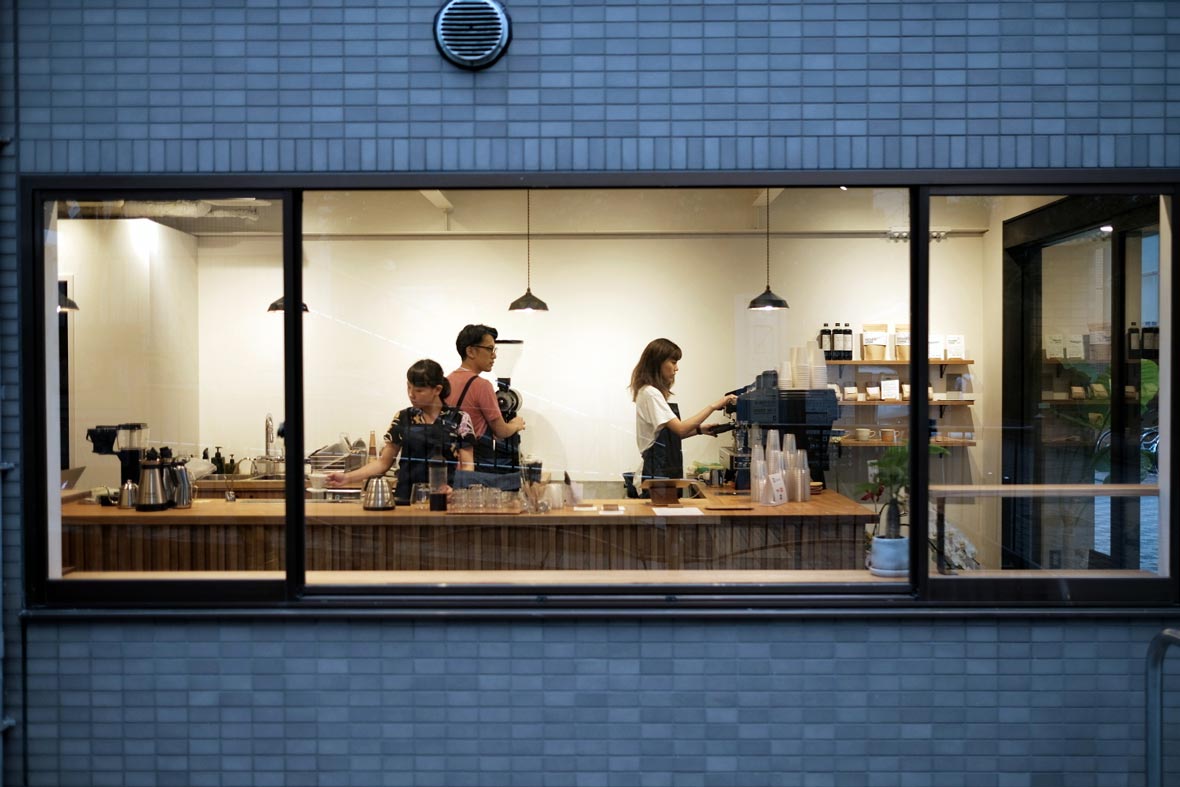
In 2013, Yozo Otsuki made a career switch from investment banking to curating Japanese homewares after relocating to Sydney, Australia. In a matter of months, Yozo launched Kurasu, an online retail space that carefully curated the very best of Japanese ceramics, textiles and coffee equipment. Within the last three years, Kurasu began to specialize in coffee, with products ranging from accessories, filters and even a coffee subscription. This year, Yozo returned to Kyoto, Japan to bring his passion and vision to the forefront of the Japanese coffee industry. In August 2016, the aptly named café and gallery space, Kurasu Kyoto, opened its doors. Neocha spoke with Yozo recently to uncover his thoughts on Japanese coffee and the last three years of sharing Kurasu with the world.
大槻洋三氏は、2013年にオーストラリアのシドニーに移住し、投資銀行業務から日本の家庭用品のキュレーターへと転身しました。その後わずか数カ月で日本の家庭用品や繊維製品、コーヒー器具のみを取り扱うネットストア「Kurasu」を立ち上げました。当サイトは、ここ3年でコーヒー用品を取り扱うようになり、フィルター、付属品、そしてコーヒーの定期購入サービスへと広がりました。今年に入り大槻氏は京都に帰郷し、日本のコーヒー業界の最前線に彼自身の情熱とビジョンをもたらしました。そして今年の8月、その名にふさわしいカフェ&ギャラリースペース「Kurasu Kyoto」がオープンしたのです。この度Neochaは、日本のコーヒーについてや、過去3年で世界に広げることができた「Kurasu」への思いについて大槻氏に取材しました。
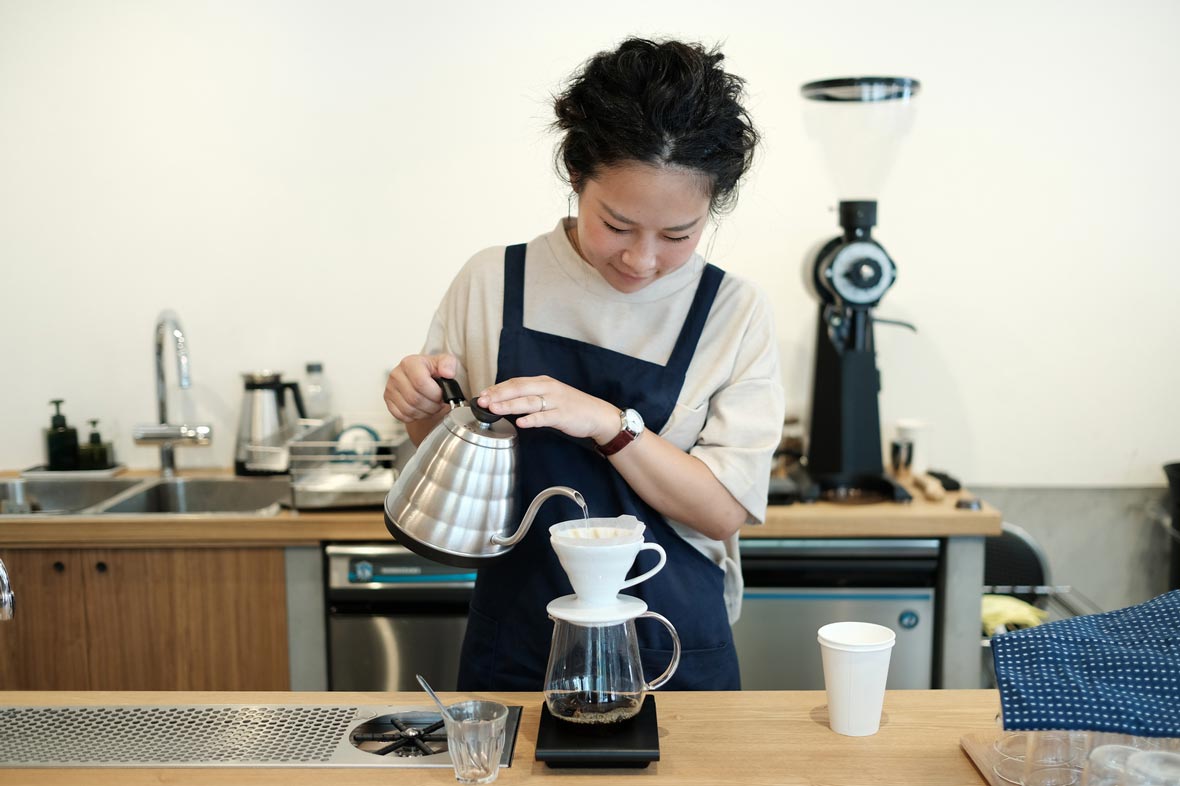
Neocha: Why the name Kurasu?
Yozo: Kurasu means “to live” in Japanese. We started as more of a lifestyle store selling homeware goods such as Japanese cups, ceramics, textiles and a small selection of coffee equipment. The name Kurasu stuck as we transitioned to specialising in coffee over the last three years. The meaning behind Kurasu has evolved with our business and it now represents a “lifestyle with coffee”.
Neocha: Kurasuを立ち上げたきっかけをお聞かせください。
Yozo: 「Kurasu」とは日本語で「暮らす」を意味します。日本のカップ、陶磁器、繊維製品、コーヒー器具の希少なコレクションなど、当時はむしろ家庭用品を販売し、ライフスタイルに合うお店として始めました。ここ3年でコーヒー専門店に変わったとしても、「Kurasu」という名はそのまま残しました。「Kurasu」という言葉の裏にある意味は事業と共に進化し、今では「コーヒーのあるライフスタイル」を表しています。
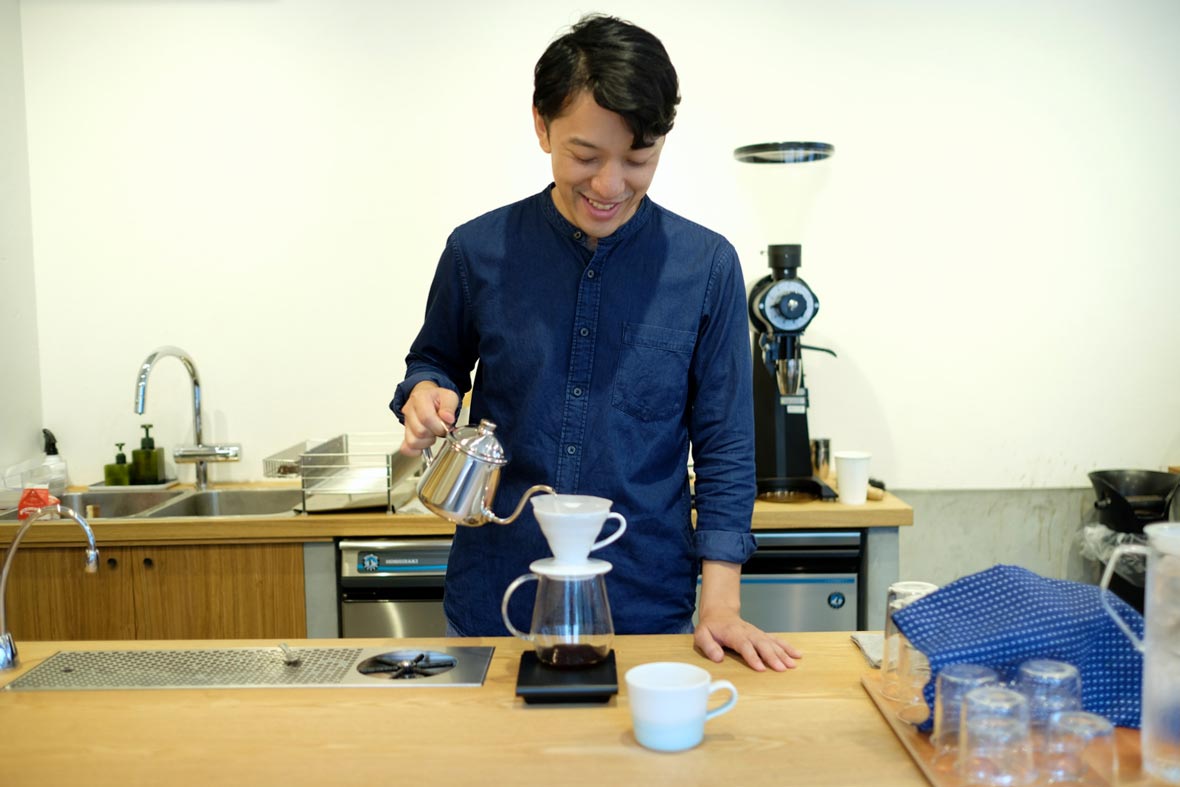
Neocha: How did you get started in the coffee industry?
Yozo: I was living in Tokyo and in between jobs after four years in finance. I felt that I could see a future in the coffee industry, and personally, I couldn’t see myself staying in the same job in finance down the road. Around this time, my wife had the opportunity to move to Sydney with her company. We saw this as a new adventure and made the move not long after.
While in Sydney I was lucky to be able to personally connect with a lot of creative minds, especially many in the design field. I came to the realisation that Japanese design and products were highly regarded by a lot of people. The downside is that they’re hard to come by in Australia and can be very expensive. It was a light-bulb moment for me, so I decided to start an online store selling Japanese homewares. Things have naturally expanded from there. I would’ve never imagined it would get this far after just three years.
Neocha: コーヒー業界ではどのように事業を始めたのでしょう?
Yozo: 当時は東京に住んでいて、金融業界で4年間働いたのちに新しい仕事を探しました。この業界では将来的に何かよいものをしっかりつかめると感じていたものの、その道を続けていく自分の姿を想像できませんでした。その頃、妻が働く会社に付き添いシドニーに移住するという転機が訪れたのです。新たな経験だと捉えた私達は、それからまもなく移住しました。
シドニーにいた頃は、創造力豊かな人達と触れ合う機会に恵まれ、特にデザインの分野で多くの出会いがありました。そのような機会から、日本のデザインや製品が非常に高く評価されていることに気づいたのですが、商品をオーストラリアで入手するのがとても難しい、あるいは非常に高価なものでした。そこから、日本の家庭用品を販売するオンラインストアを始めるように思いついたのです。それ以降は何事も自然に広がり始め、3年でにこれほどまで広がるとは夢にも思いませんでした。
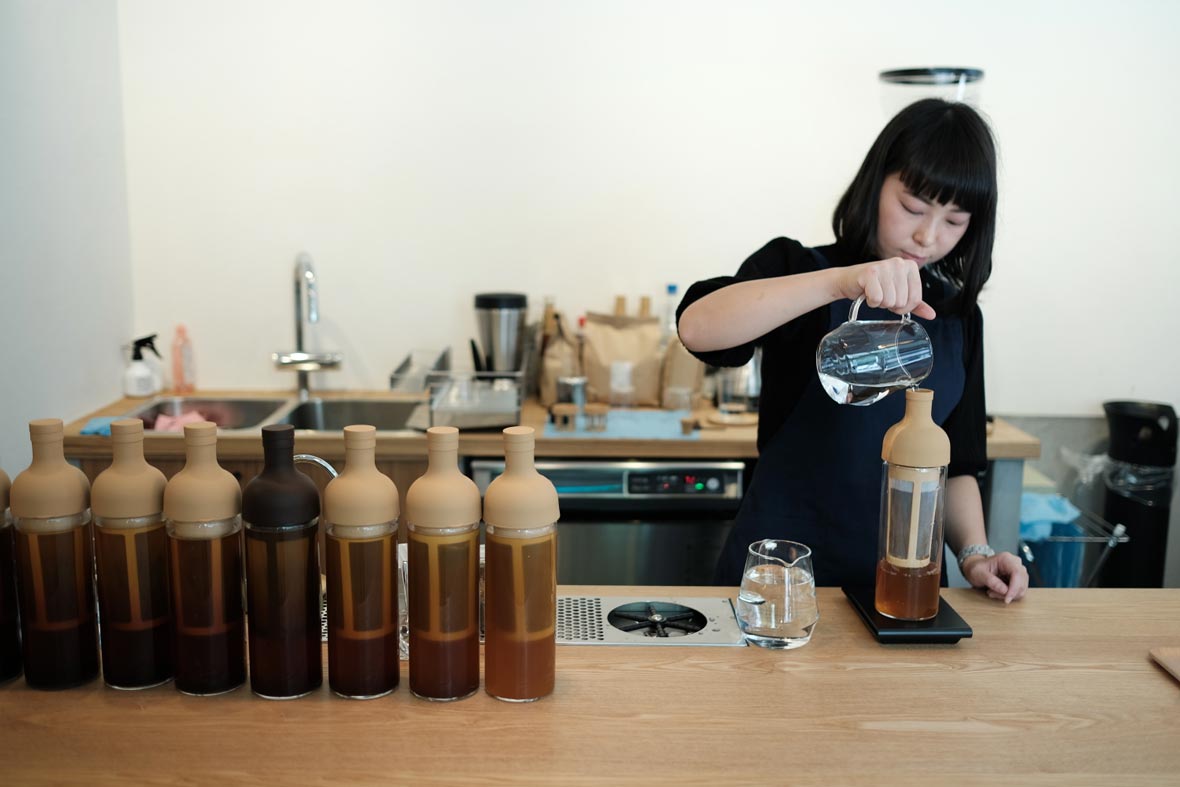
Neocha: How do you see the coffee scene in Japan? How does the quality and culture compare with the rest of the world?
Yozo: Japan has a deeply rooted coffee culture that is quite unique. Dark roasts and drip coffee is the popular choice out here. Like many artisan crafts, the process and the techniques can be quite meticulous, which I believe is influenced by Japanese traditional tea ceremony. Tea-drinking shops, or kissatens, like the now-closed Daibo Coffee or Satei Hotou, really show off the beauty of Japanese coffee culture. Every step is calculated, flawless, and graceful. At the same time, these places have unfortunately been on a steady decline due to franchises like Starbucks, coffee offerings from convenience stores, and canned coffee.
That’s where specialty coffee spaces like ours come in. It’s starting to be recognised as the next wave in Japanese coffee culture. I believe the future of Japanese coffee will be the coexistence of newer generation specialty coffee and traditional kissaten, where quality is of course sought after but it’s coming from different perspectives.
Neocha: 日本のコーヒー環境をどのように捉えていますか?他の国々と比較して、品質や文化はどうでしょう?
Yozo: 日本には、とても深いルーツで独特のコーヒー文化があり、中でもダークローストのドリップコーヒーが人気です。多くの職人技と同じく、作り方の手順と技術は細かい部分にまでこだわり、これは伝統的な茶道に根付いたものだと思います。すでに閉店してしまいましたが、大坊珈琲店のほか、茶亭羽當といった喫茶店は、日本のコーヒー文化の美を象徴するお店です。すべての手順が計算され、完璧かつ上品です。
と同時に、スターバックスのようなフランチャイズ店をはじめ、コンビニのコーヒーや缶コーヒーに流れる若者層にとっては、残念ながらそういった喫茶店は着実に衰退の途にあります。
そのような中で、私達のようなスペシャルティコーヒーを取り扱う専門店が勢いづき、日本のコーヒー文化の次世代の波として認識されるようになったのです。日本のコーヒーの未来は、視点が違っていたとしても品質にこだわるという共通点を持つ、次世代のスペシャルティコーヒーと伝統の喫茶店が共存していくものだと考えています。
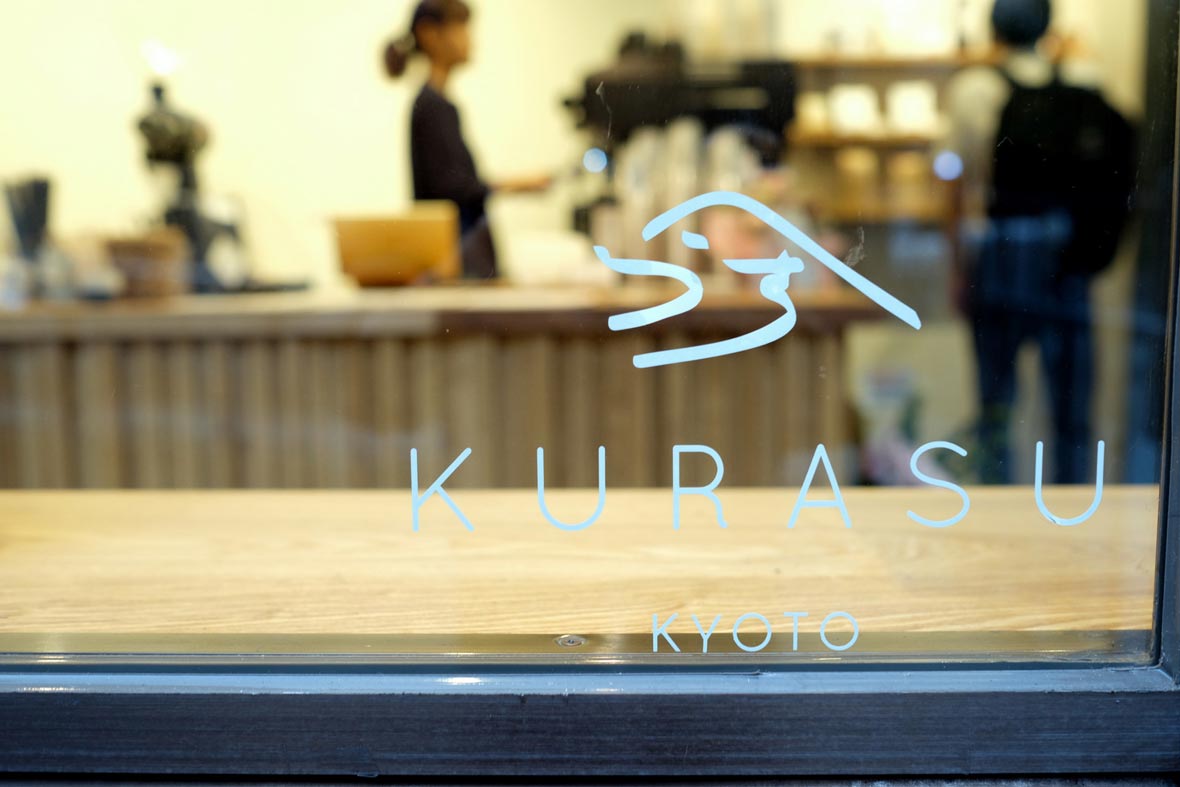
Neocha: Tell us about your journey leading up to the opening of Kurasu Kyoto.
Yozo: Kurasu Kyoto was a natural progression as we sold coffee equipment and a coffee subscription service that allowed us to gain a solid network with roasters all around Japan. It made sense to have a space that showcased our high quality beans and equipment. I always had something like this in mind and it finally solidified in April. Things moved fairly quickly, allowing us to open in August 2016.
Neocha: Kurasu Kyoto開店までの経緯についてお聞かせください。
Yozo: Kurasu Kyotoは、コーヒー器具やコーヒーの定期購入サービスの販売を経て、日本全国でコーヒーを焙煎する人達との強いネットワークが確立するという、とても自然的な流れでした。良質な豆や器具を披露するだけの意義があったのです。そのような思いはいつも頭の中にありました、その考えがようやく今年の4月に固まり、後はとんとん拍子に物事が運び、8月に開店できたのです。
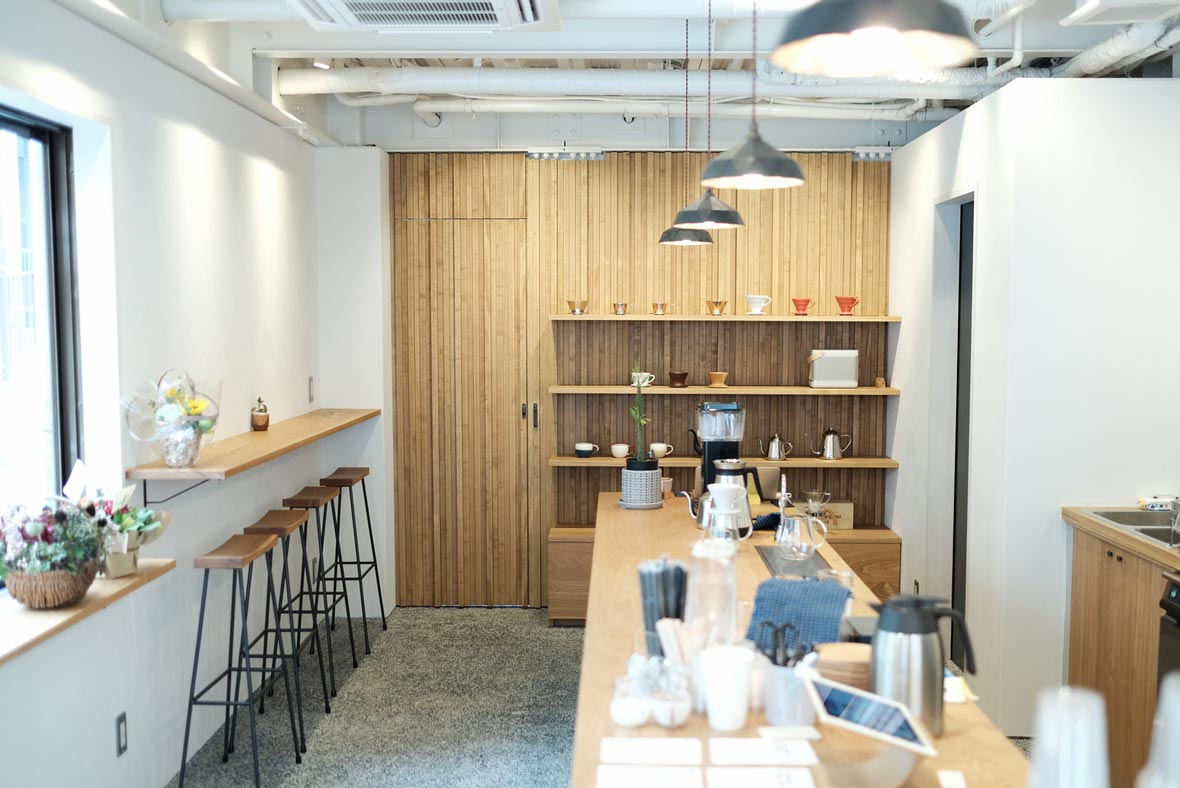
Neocha: What are the favourite parts of your café? What do you hope for customers who experience Kurasu?
Yozo: For the café, we love the integration of both Japanese and contemporary design. Pebble floors used for traditional Japanese outdoor flooring are mixed with our clean wooden countertops. The gallery wall houses handmade brass pendants by Futagami, a brand founded in 1897. We really wanted to showcase Japanese craftsmanship in the shop.
We use Japanese coffee equipment for pour-over coffee, while for espresso, we operate a La Marzocco Linea PB custom black paint with an EK 43 grinder. We’re very proud of our gallery space – there are tons of amazing Japanese coffee equipment on show. We want people to come and feel the beauty of these products and test their performance as well. We want Kurasu to be the hub that connects Japanese coffee culture to the rest of the world, as well as introduce coffee from the rest of the world to Japan.
Neocha: 当カフェの一番お気に入りの点は何でしょう?Kurasuのお客様に望むことは何でしょう?
Yozo: カフェでは、日本的なデザインとコンテンポラリーなデザインとの組み合わせがとても気に入っています。日本伝統の屋外フローリングに使われる小石を敷き詰めた床は、当店の清潔な木のカウンターと調和しています。ギャラリーの壁には、1897年創業の真鍮鋳物メーカーの「二上」による手作業の真鍮製ペンダントランプが飾られています。日本の工芸品を店内で展示することが強い希望でした。
当店では、エスプレッソにラ・マルゾッコ・リネアPBカスタムブラックとEK43グラインダーを使用する中、プアオーバーには日本のコーヒー器具というように使い分けています。自慢のギャラリースペースには、素晴らしい日本のコーヒー器具が多数展示されています。お客様には、これらの製品の美しさを肌で感じていただき、その性能をお試しいただきたいと思っています。Kurasuが、日本のコーヒー文化と世界をつなぐ拠点となり、世界中のコーヒーを日本に紹介する場となることが私達の願いです。
Address:
552 HIgashiaburano-koji cho,
Shimogyo Japan
Hours:
8:00am ~ 6:00pm
Website: kurasu.kyoto
Contributor: Whitney Ng
Images Courtesy of Yozo Otsuki
住所:
下京区油小路通塩小路下る東油小路町552
京都 日本
営業時間:
08:00~18:00
ウェブサイト: kurasu.kyoto
寄稿者: Whitney Ng
Images Courtesy of Yozo Otsuki

